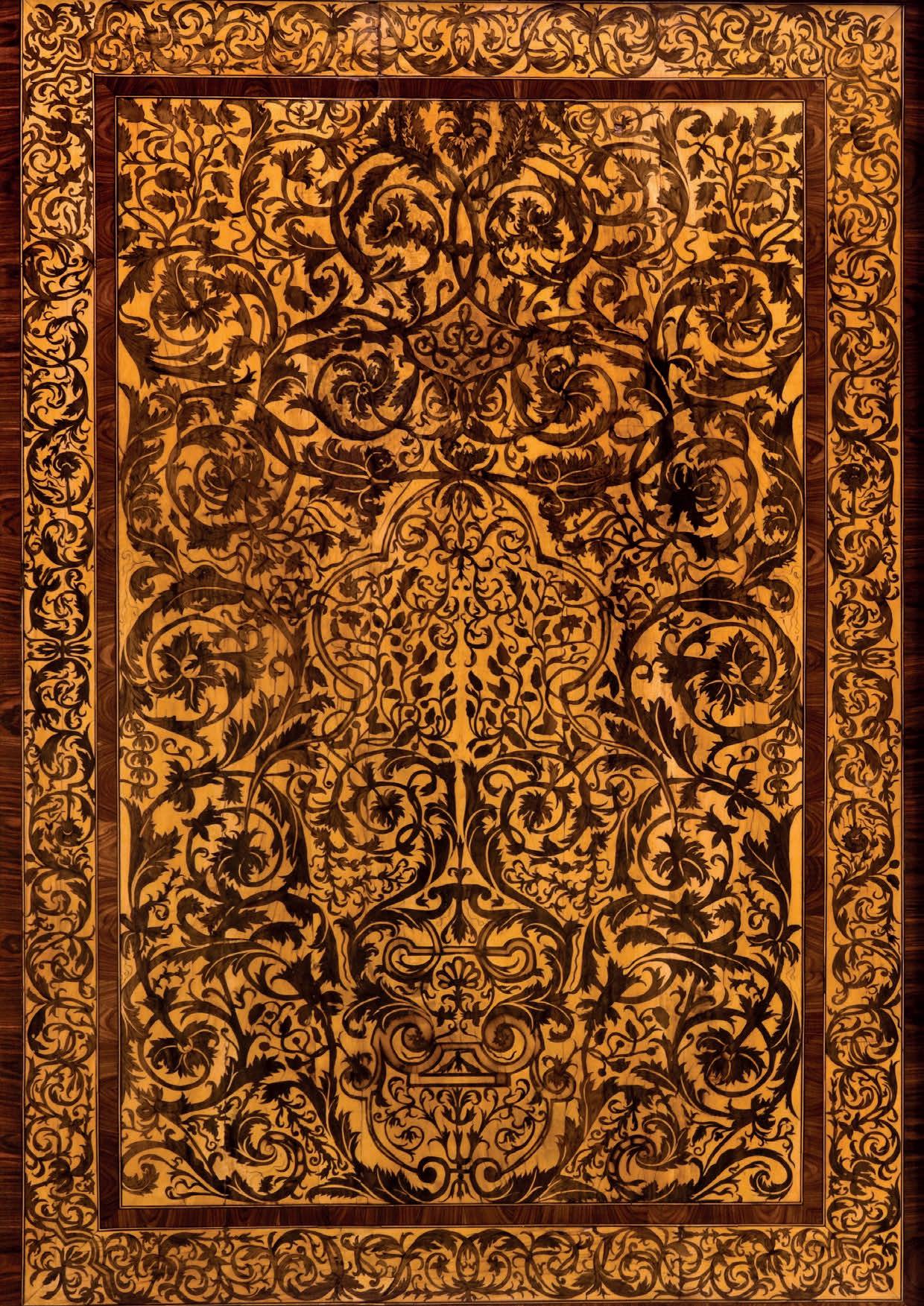Uit verre streken

Guus Röell & Dickie Zebregs

Guus Röell & Dickie Zebregs
Uit verre streken from distant shores
“We sell Stories, not Fairytales.”
Amsterdam & Maastricht, Tefaf 2023





“We sell Stories, not Fairytales.”
Amsterdam & Maastricht, Tefaf 2023


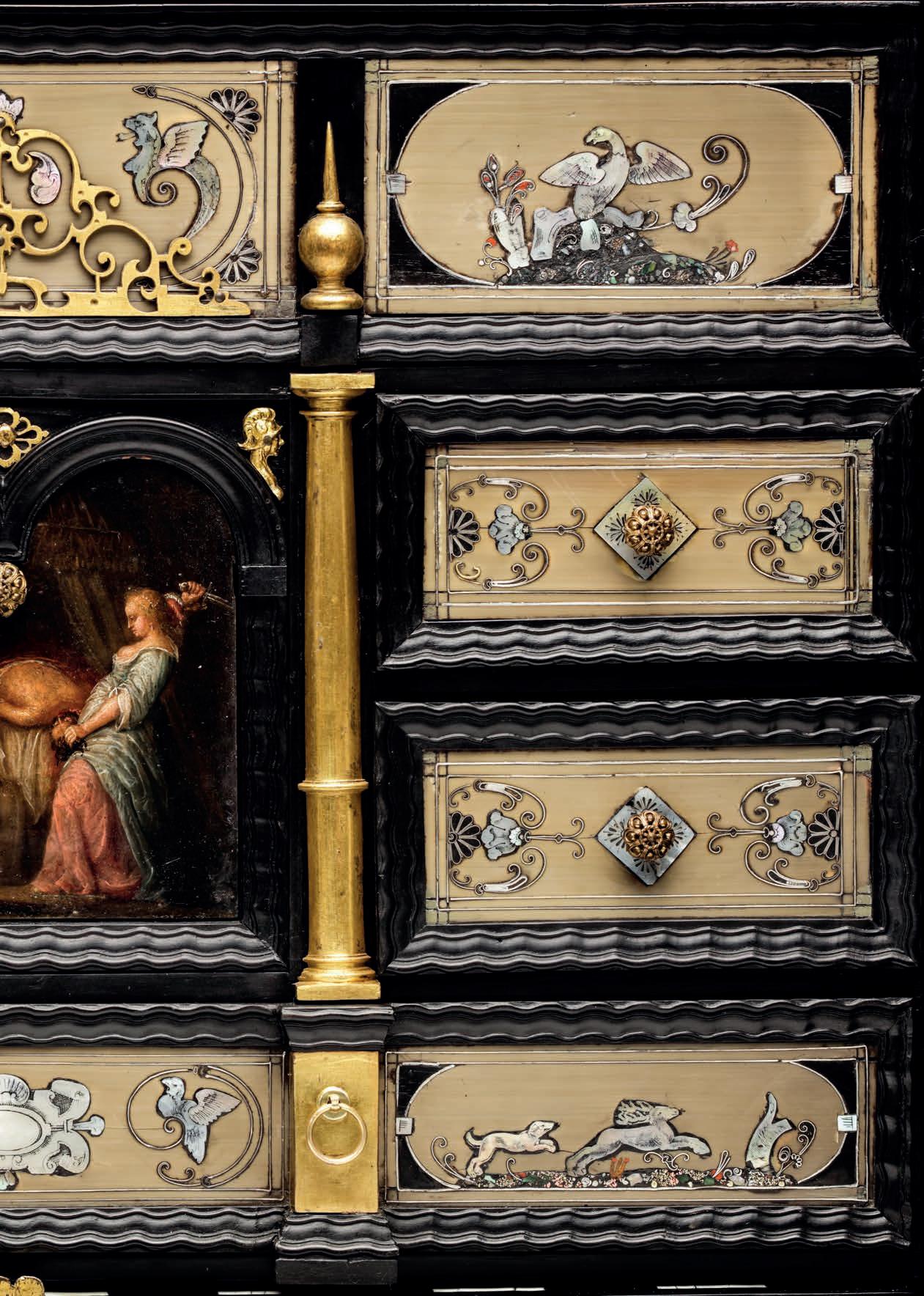
1. Charles Frederick de Brocktorff (1775–1850)
‘Camelopard – a present from the Pacha of Egypt to the King – at Malta on its way to England’
Signed and dated C.F. de Brocktorff. / 1827. lower right, inscribed as titled in the painted margins lower centre
Pencil and watercolour heightened with gold paint and gum arabic on paper, 36.8 x 27.9 cm
A gift so majestic, it made kings blush, and a gift so grand, it would startle Europe into a craze. Pasha Muhammad Ali of Egypt (1805-1848) did it in 1827: he sent to Europe three magical spotted, horned creatures, each with a neck reaching the skies and legs as long as a house is high. One giraffe to King Charles X of France, one to Francis I of Austria and the most fabled one to King George IV of England. A curious sight for Europeans, who had not seen such a beast since the Medici giraffe in 1487.
The English giraffe arrived in London by ship on August 11th, 1827, and was housed in the menagerie of King George IV, who is credited with establishing a private zoo at the Sandpit Gate of Windsor Great Park. His menagerie consisted of such exotic creatures as “wapiti, sambur, zebus, gnus, quaggas, Corine antelopes, llamas, wild swine, emus, ostriches, parrots, and waterfowl. There was also an ‘enormous tortoise’.” The showpiece of his collection, however, was the female Nubian giraffe, also called ‘Camelopard’ by the English. He was so worried about it, that he cared more about the creature, and forgot to govern his own state.
The state of the giraffe was indeed the talk of the town because from the beginning there was trouble. An artist commissioned to paint the English giraffe’s portrait now noticed that its lower limbs seemed deformed by injuries. Investigation revealed that on the stage of its journey from Sennar to Cairo on the back of a camel, the wounds had been caused because its legs were lashed together under the camel’s body. After two years, it became very debilitated from those early wounds and exercise became painful and problematic. Someone came up with a plan to keep the animal moving, and a gigantic triangle on wheels was constructed in which “the creature was somehow secured each day and trundled round her paddock, the hooves just touching the ground.” Despite this kind treatment, giraffes are accustomed to Africa’s warm and open savannah, not the cold and wet confines of a British zoo. Hence, two years after its arrival in England, the giraffe died, having grown only 45 centimetres in captivity. King George IV, obsessed with his giraffe, was terribly distraught over its death and commissioned the taxidermist John Gould to stuff his recently deceased pet. “The stuffer to the Zoological Society, Mr Gould, has had the performing of his duty... Soon after the Giraffe expired, De Ville, the modelist, was ordered down to Windsor, by His Majesty, and took a cast of the animal. From this cast a wooden form was manufactured, on which the skin of the animal is now placed, and which preserves its beauty to an extraordinary degree.” (The Times, April 15, 1830)


2.
A superb bejewelled gem-set repoussé silver Ottoman miquelet flintlock rifle Ottoman Empire, Turkey, 19th century
The octagonal watered steel 8-faceted barrel and is damascened at the muzzle and breech with gold arabesques, with a lock with similar gold decoration dated 1038AH (1628 CE). The full stock is entirely covered in silver repoussé with floral scrolls, showing traces of gilding, decorated with two crescent moon appliques and centrally a star applique inset with cabochon-cut rubies, spinels, beryls, and emeralds.
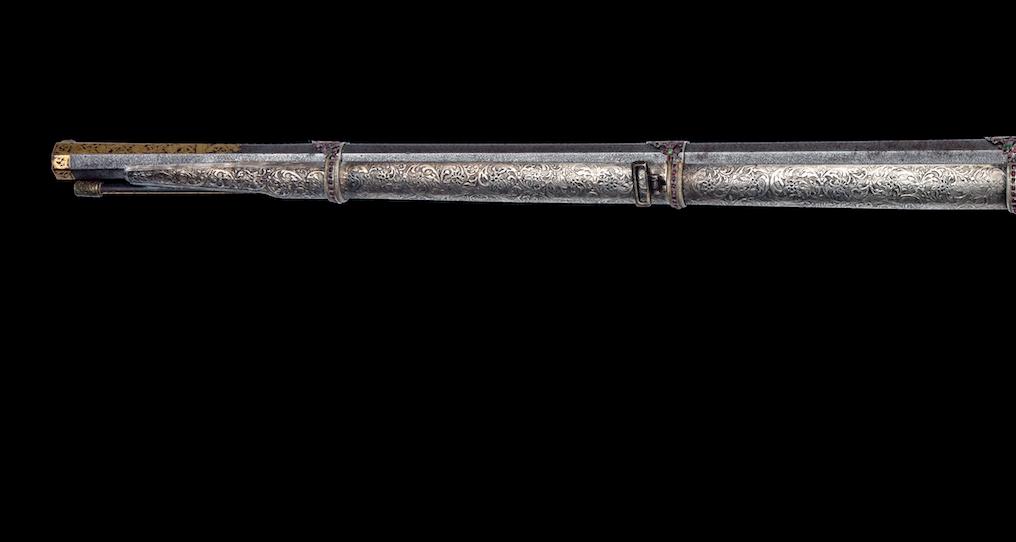
L. 107.5 cm / L. 72.3 cm (barrel)
Provenance:
- Collection William Randolph Hearst, New York
- Private collection, New York
- Auction Parke-Bernet Galleries Inc., New York, 25 November 1953, lot 27 (ill.)
- Private collection, United States
A famous related example is the bejewelled gun, wrongly attributed as being made for Ottoman sultan Mahmud I (r. 17301754) in the collection of The Walters Art Museum in Baltimore (access. no. 51.84). The Baltimore gun, however, conceals compartments for a dazzlingly adorned dagger like the one included with this gun - and a set of writing instruments.
However, to get to these, one has to open the hinged door bearing the diamondencrusted insignia or tughra of Mahmud I and the date AH 1145 (1732/33 CE). This date and the date on the gun present should not be read as the year when it was made but rather as a tribute to the past, a mistake often made by European scholars. Though in other cultures, honouring previous rulers or periods by using their name or insignia on art is very typical. The Ottoman empire evolved around the capital and only provided for its royal court. In their turn, the Sultans could gift these exuberant gifts to local rulers, such as the Khedive of Egypt, a local Shah, the Dey of Algiers or Tunis. Unfortunately, only some have survived the test of time since (probably when the Ottoman empire fell). Choosing a silver or gold coin over a silver or gold gun is more attractive, and most were melted down. Another closely related gun, a miquelet pistol, can be found in the collection of The Metropolitan Museum in New York (access no. 23.232.9), and another comparable 18th century one can be found in Robert Elgoods The Arms of Greece and Her Balkan Neighbours in the Ottoman Period, p. 34.
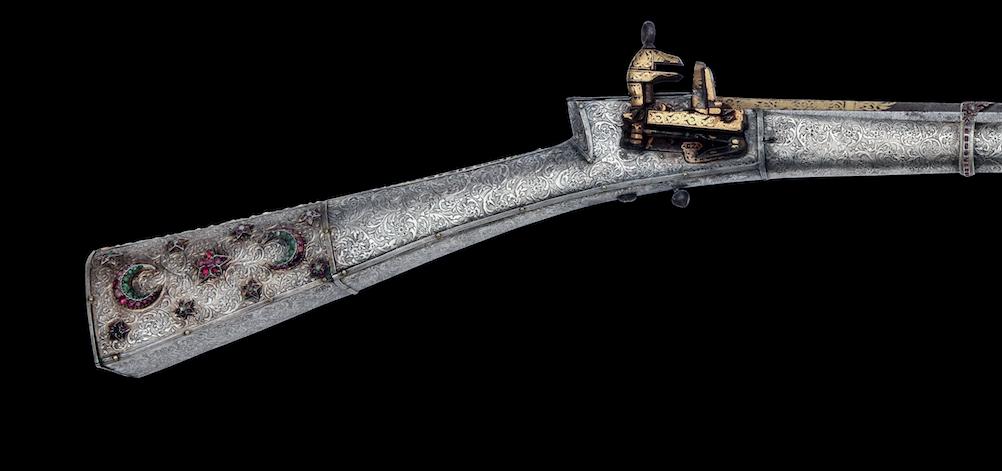

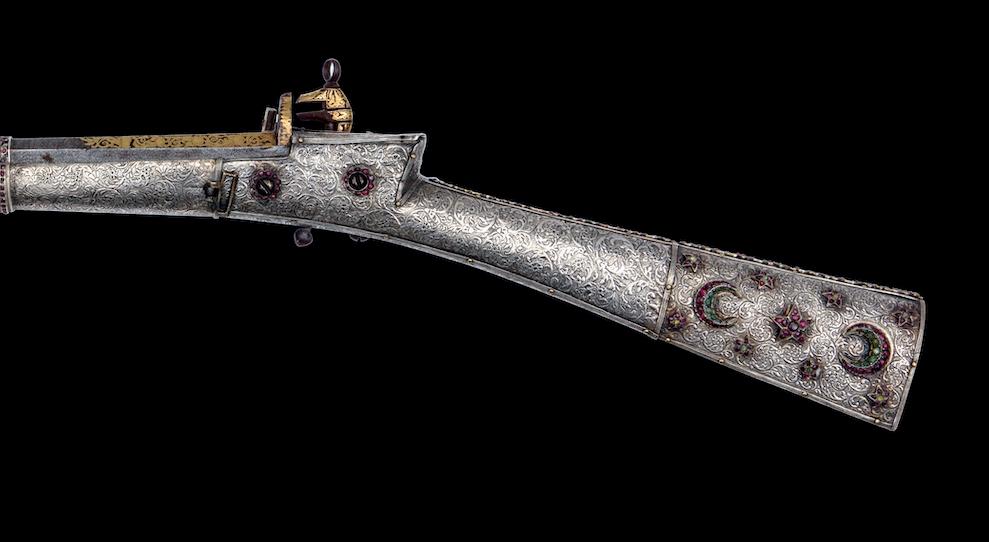

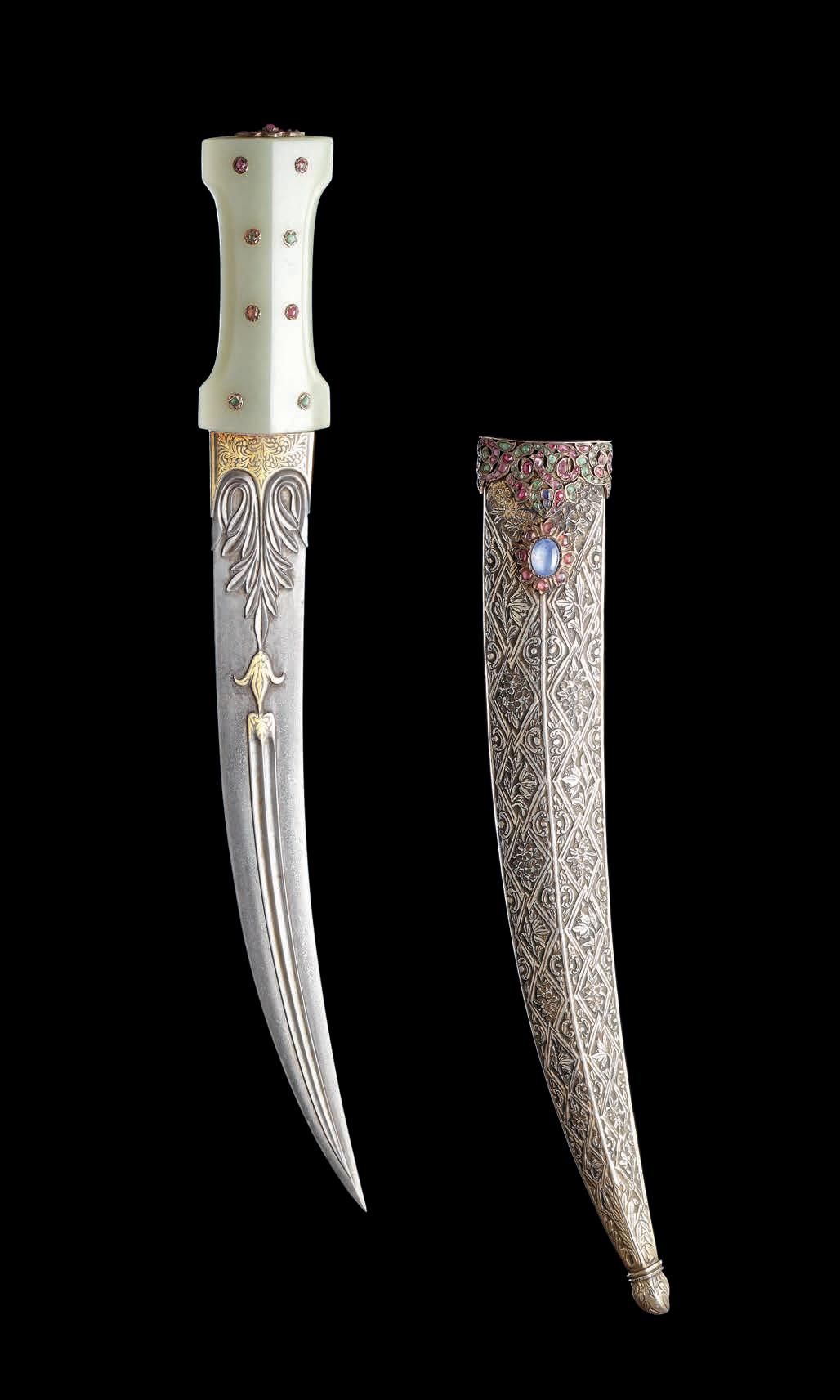

Ottoman hançer
Ottoman Empire, Turkey, 19th century
The dagger’s hilt is carved from a single block of pale nephrite jade with an ethereal, luminescent glow. Eye-shaped garnets and emeralds are inset over the grip in a symmetrical arrangement using the kundan technique and evoking tiny blossoms, with a vibrant, fully open matching floral design at the top. The Damascus steel blade is slightly curved in an elegant line and of superior quality. The robust, engraved, fuller, reinforced by double grooves, rises boldly from a central, leafy design in gold on both sides of the blade. The scabbard has, just beneath the locket, a natural bright blue star sapphire (confirmed by using a digital microscope). The silver shows traces of gold inlay and has mounts exuberantly decorated with roses of numerous sparkling rubies, emeralds, spinels, and beryls.
L. 48 cm / L. 29.5 cm (blade)
Provenance:
Runjeet Singh ltd., London
This opulent hançer, or dagger, represents a fine example of this weapon type and is well preserved. These ceremonial weapons are known to have been presented to Edward VII and are preserved in the Royal Collection Trust today. Similar daggers, such as some with calligraphic inscriptions, can be seen in the Metropolitan Museum of Art (access. no. 36.25.994) and the British Museum (access no. 1878,1230.902). Blades like the one present are tempered in such a way as to display distinctive motifs of banding and mottling, which are reminiscent of flowing water. In addition, they are resistant to shattering and can be honed to a sharp, resilient edge. For a comparable dagger, see: Alexander, Islamic Arms and Armor in the Metropolitan Museum of Art, no. 79.
Literature:
- Robert Elgood, The Arms of Greece and Her Balkan Neighbours in the Ottoman Period, Thames and Hudson, London, 2009. p. 34 (ill.)
- David Alexander, Stuart W. Pyhrr, & Will Kwiatkowski, Islamic Arms and Armor in the Metropolitan Museum of Art, New York, The Metropolitan Museum of Art, 2015, pp. 203–205 (ill.)

4.
A shagreen covered and patridgewood (Andira inermis) veneered coffre fort or Captain’s chest with elaborate gilt brass mounts
France or England, late 17th /early 18th century
The use of shagreen, or sting-ray leather, dates back to the 2nd century CE China, and later Japan, where it was used in weapons for grip. The earliest known use for decorative purposes was in the form of furniture during the 16th century. Portuguese traders, being part of the greatest naval force in the world, imported Japanese Namban lacquer coffers adorned with shagreen, gold and mother-of-pearl. This, however was short-lived as the Dutch began to rule the seas and monopolized trade with Japan, and thus the trade in shagreen.
Throughout the late 17th and early 18th century English and Dutch craftsmen ordered the novelty material to cover decorative items such as boxes, knife skins and shaving kits. It was regarded as one of the most luxurious materials used on objects, making the present coffre fort, probably owned by a high official or nobleman, priceless.

5.
A magnificent Dutch marquetry cabinet on stand, by Jan van Mekeren (1658-1733) possibly made for William III and Mary of England
Amsterdam, circa 1687
The oak cabinet is decorated with ‘arabesque’ or ‘seaweed’ marquetry in Turkish walnut (Juglans regia) on a holly (Ilex aquifolium) font, surrounded by a kingwood (Dalbergia cearensis) border. The top has a modest rectangular cornice of a frieze over two doors revealing the interior fitted with four shelves and five drawers. The inside of the doors and the drawer fronts are veneered with plain cedar (probably Cedrus atlantica). The stand has a frieze drawer and is raised on six S-shaped legs, joined by shaped stretchers and raised on turned ball feet. The entire cabinet, from the cornice to the stretchers, is covered in marquetry.
H. 209 x W. 178 x D. 67 cm
Provenance:
King William & Queen Mary of England or their very close circle, thence by descent (possibly) Noble collection, England
Literature:
Monique Riccardi-Cubitt, Art of the Cabinet, Thames & Hudson, London, 1992, ill. p. 96 (as English, c. 1695)
The stellar feature of this cabinet is the fine marquetry, which shows scrolling vines, plants, and fruits, clearly recognisable but abstract. The latter’s design was not chosen randomly, for it is filled with symbolism specific to the marriage between William of Orange and Mary Stuart. The letters M and W can be found above each other on each side of the cabinet, with vines and leaves forming a heart in between, praised on each side by a narcissus (a spring flower symbol of new beginnings), placed within a giant thistle. W is in the centre of the cartouche, but M is not. When the M is noticed, one will also see the thistle. Further, the well-known symbols for the House of Orange, recognisable by many in the Netherlands, have prominent places on the cabinet, such as the Appeltjes van Oranje, which are oranges and their blossom (recognisable because it is the only plant bearing fruit and blossom at the same time); roses for England, olive branches, a symbol of peace and stability (a result of the alliance between England and Holland); thistles (the symbol of the House of - Mary - Stuart, and Scotland); mistletoe, growing in pairs of
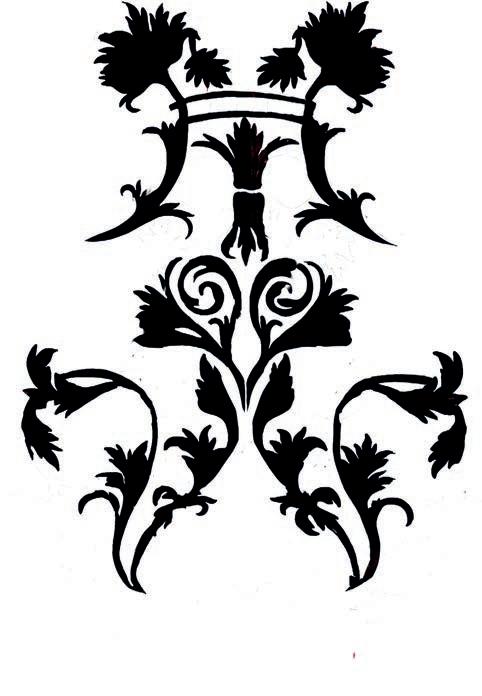
branches and leaves (stands for being a couple) and is evergreen (for eternity); hazelnuts for fertility; and sunflowers for the transitoriness of/ and kinship. There is, even more iconography, but intended for a specific spectator, possibly even William and Mary. The eagles, which stand for sharp insight and high ideals, pick wheat that could stand for life after death, reminding the spectator that however high one’s ideals are, life is limited. Furthermore, a heart shape within two laurel wreaths can be seen at the top centre of the doors, which could stand for the victory of love as the result of the marital alliance. Finally, the acorns (fruits of endurance and power), combined with blackberries, remind the spectator that there is always a limit (to this same power).
The daffodils beneath M love W on each side of the cabinet contribute to the exciting possibility of this cabinet’s royal provenance as they also symbolise ten years of marriage. Could this cabinet have been a gift by Mary to William to decorate Huis Honselaarsdijk when they celebrated their anniversary in 1687? The

presumed date of this cabinet certainly
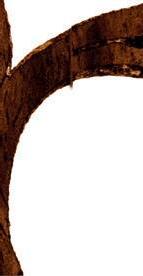
Today we can’t comprehend that 17thcentury people would immediately understand the symbolism. However, sources prove that myths and symbolism were part of education and shared knowledge, at least amongst the literate and educated upper class. With the intricate decoration, a cabinet like this would be a good enough conversation piece for William’s and Mary’s status. After all, a generic one with just a geometric motif was for ordinary people. On the other hand, a cabinet with custom-made iconography would be most entertaining to guests in a candle-lit drawing room. You can imagine a company chatting about the different flowers and their meanings. Another argument for the symbolism being not hidden is a bureau in the Royal Collection Trust, which Gerrit Jensen delivered (in whose studio Van Mekeren worked) in 1690 to William and Mary. The decoration holds the same flora and symbolism as this cabinet, the only difference being a clear monogram with a crown above. The symbolic plants and flowers are just as present on the cabinet, but with a monogram, showing that they were not hidden on both pieces. There is also a gueridon known, not documented, but by repute in the United Kingdom, with the same decoration.
Now the essential feature of the cabinet is something never seen on Dutch period furniture before. It is something that - if not mentioned here - many would not even notice. When taking a few steps back, the scrolling vines, plants and flowers will combine, revealing a ferocious but proud Dutch crowned lion’s head on each door glaring back at the spectator.
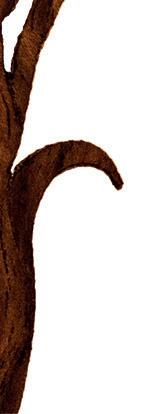
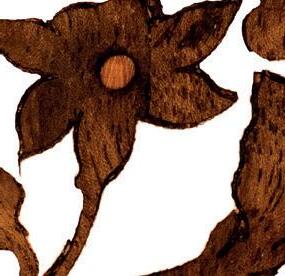

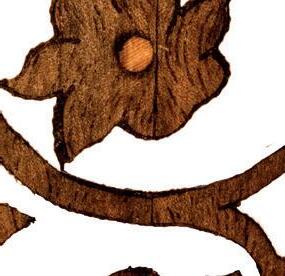
All these symbols, together with the lion and eagles, are seen on the portrait of the young William III by Jan Davidsz de Heem and Jan Vermeer van Utrecht and on an engraving by Pieter van Gunst after Jean Henri Brandon and the designer seems to have used this image for the decoration of this cabinet. Even more plants with their meanings can be identified, as well as combinations that were intended to
be made, which could reveal even more spectator-specific meanings. Unfortunately, much of the meaning of the 17th century and earlier symbols has been lost or has yet to be studied.




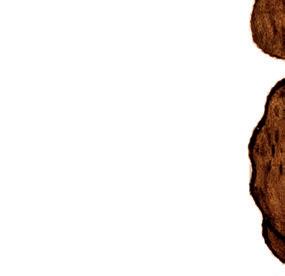
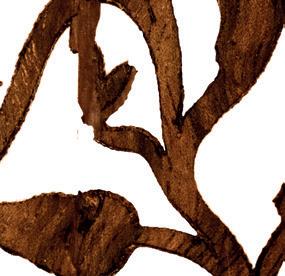
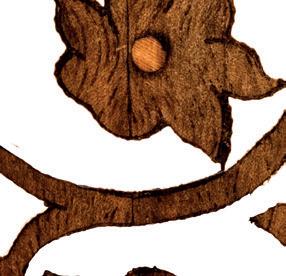
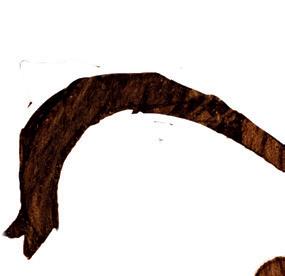


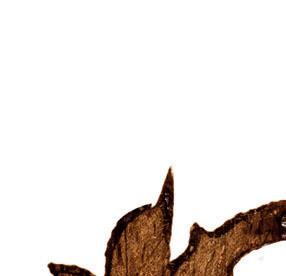
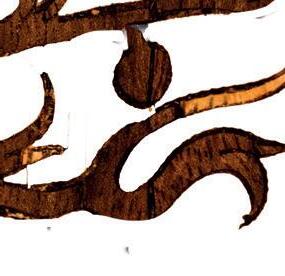


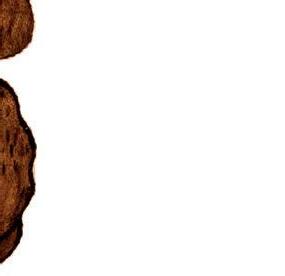




Jan van Mekeren had six children with his wife, Maria. He had intended for his first son Fikko, born in 1693, to succeed him as a cabinetmaker, but unfortunately, Fikko died in 1731. After Jan’s death in 1733, the wood trade was continued by his daughter-in-law, but there was no one able to continue his cabinet-making business. Despite a 1624 regulation stipulating members of the Amsterdam cabinetmaker’s guild who offered their wares for sale in the guild’s shop, furniture makers in 17th and 18th century Holland hardly marked their work. However, thanks to the inventory after Jan’s death, there is a good list of his workpieces with thorough descriptions, prices, and the names of his clientele. The estate included many finished and unfinished pieces of furniture, an extensive collection of cabinet woods, and, most interesting, a long list of claims with names of the debtors and the amounts due. Most debtors were well-known Amsterdam patricians.
This cabinet is officially the eighth documented cabinet entirely attributed to, and thus by, Jan van Mekeren. The cabinet’s construction is nearly identical to that of the Van Mekeren Cabinet already in our collection, but also to that of the cabinet in the Rijksmuseum. The construction of the















Musée

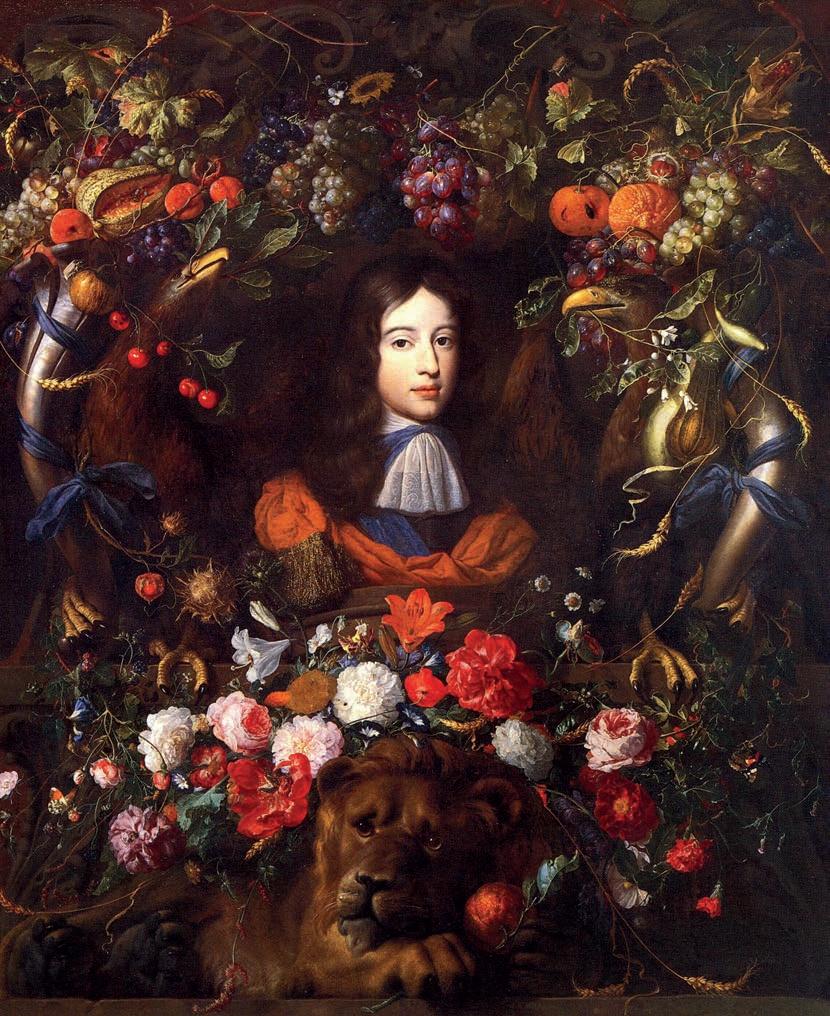 ‘Flower Garland with Portrait of William III of Orange, 10 years old’
Portrait by Jan Davidsz. de Heem (1606–1683/1684) & garland by Jan Vermeer van Utrecht (1630-?)
‘Flower Garland with Portrait of William III of Orange, 10 years old’
Portrait by Jan Davidsz. de Heem (1606–1683/1684) & garland by Jan Vermeer van Utrecht (1630-?)
doors is still original and identical to that of the Rijksmuseum. Furthermore, some parts of the marquetry design on the doors and the central marquetry at the front and sides of the frieze are the same as the design on other cabinets by Van Mekeren. Two other cabinets of similar form to the present one are known, which can be found at the Fabergé Museum in St. Petersburg, Russia. The other is in the National Trust Kingston Lacy, United Kingdom. However, the construction has not been studied, and the marquetry differs - although it is of the same quality.
Van Mekeren stayed in London around 1682, presumably to master the art of marquetry. There he is mentioned as an employee of Gerrit Bream, another Dutchman who worked as a furniture maker and marqueteur. It is almost certain that Van Mekeren learned from and worked for Gerrit Jensen (1667-1715), England’s
most famous furniture maker. The influence of Jensen is visible in the cabinet present since the marquetry is still in a somewhat English style. Together with the form of the stand, it is an argument for the dating of this cabinet and the possibility of it being one of the earliest works by Van Mekeren. Remarkably, the other two cabinets mentioned earlier have the same stand but differ in marquetry. The Fabergé cabinet shows a more ‘seaweed’ marquetry closely related to the Jensen workshop manner, and the Kingston Lacy cabinet a bolder marquetry closer to Dutch fashion. The cabinet presented here is right in between and therefore shows a certain tranquillity in the composition. Arguably, these cabinets were made shortly after one another after his arrival around 1686-87 and show Van Mekeren losing the influence of Jensen. The Fabergé cabinet was probably made
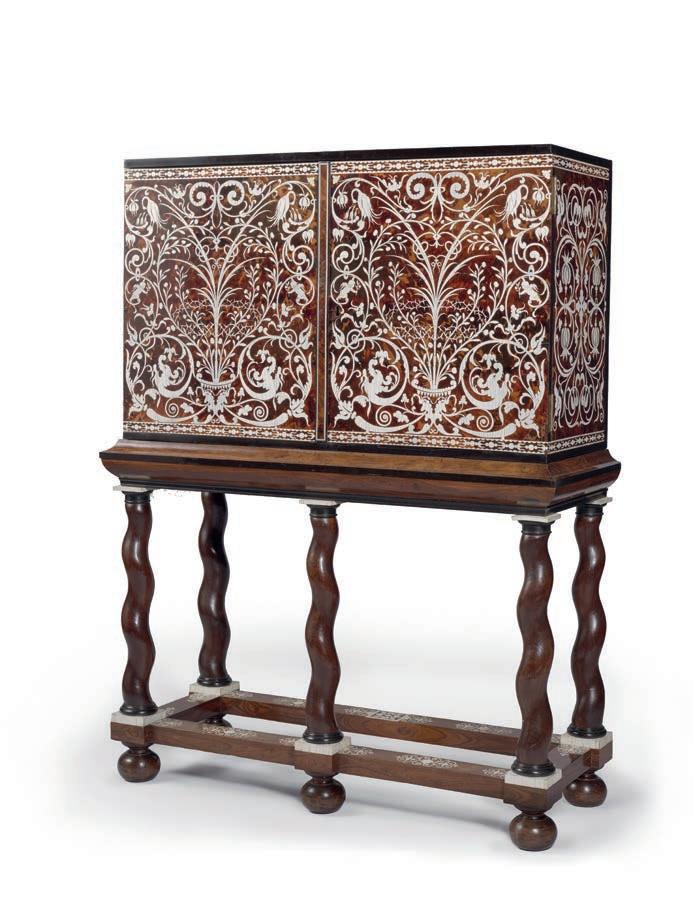

6.
A charming collector’s cabinet by Gerrit Jensen
London, late 17th century
H. 163 cm x W. 127 x D. 53 cm
From our collection, now on view and available in our Amsterdam gallery.
7.
The ‘Blommenkast’ floral marquetry cabinet-on-stand by Jan van Mekeren (1658-1733)

Amsterdam, circa 1700
H. 206 x W. 171 x D. 61 cm
From our collection, now on view and available in our Amsterdam gallery.
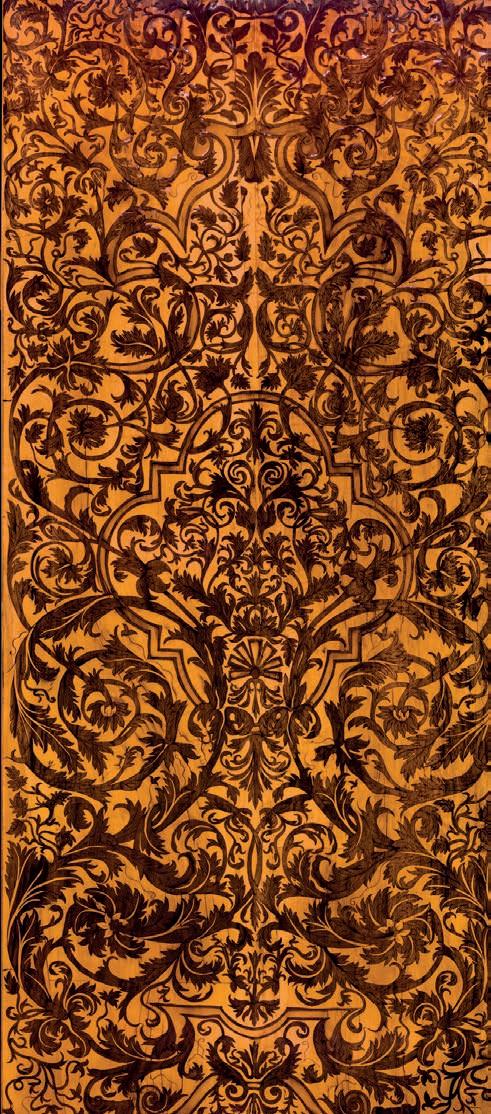

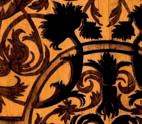

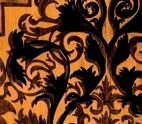
 The sides of the cabinet with on the right the thistle with the initials M W in the centre highlighted.
The sides of the cabinet with on the right the thistle with the initials M W in the centre highlighted.
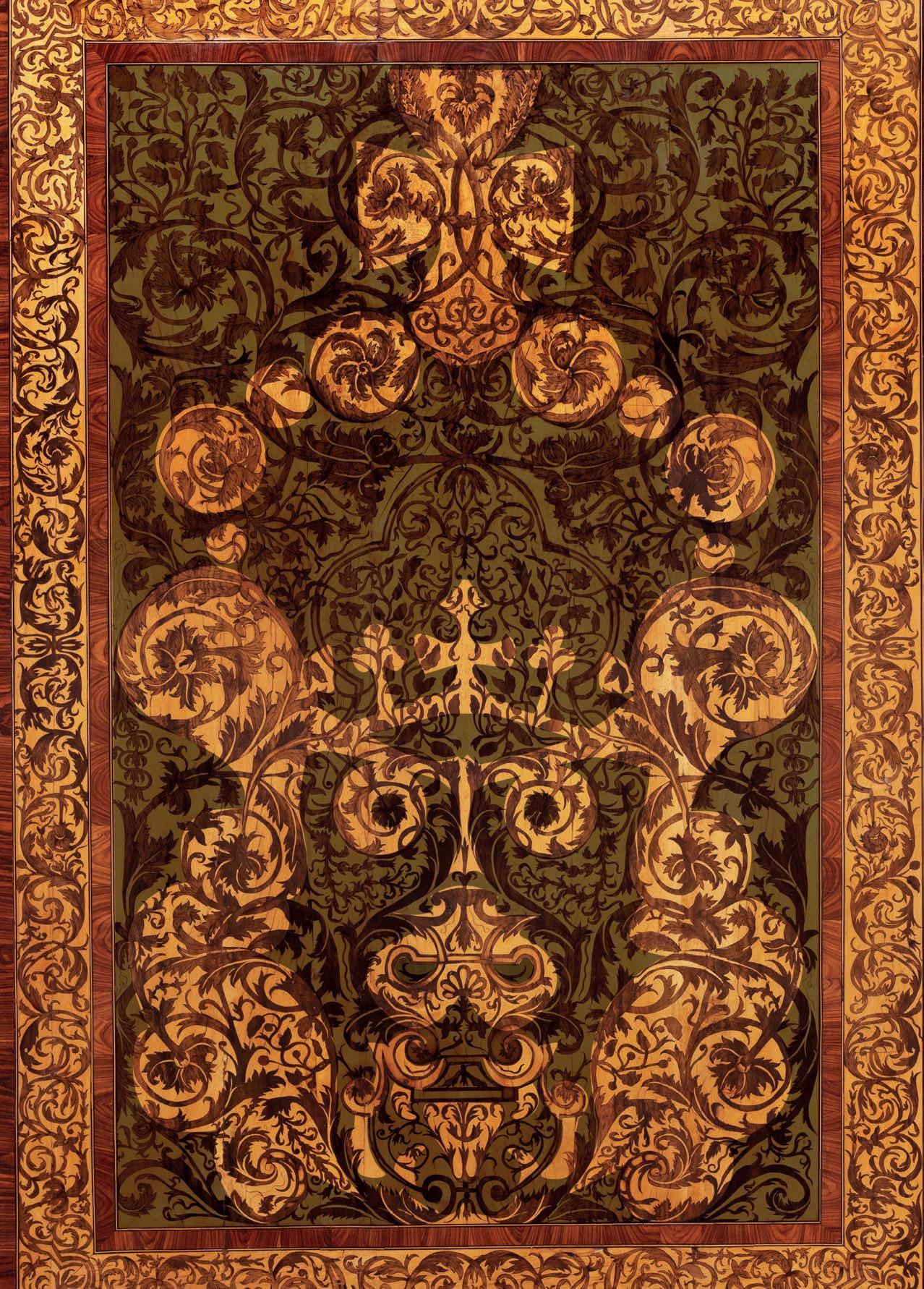

right after Van Mekeren’s return to the Netherlands, possibly even with Jensen’s marquetry brought with him as a head start. Because of this ‘Jensen’ style marquetry, we can assume it was made in 1687, just after he returned to Amsterdam and was registered with the cabinetmaker’s guild.
Van Mekeren struggled with some difficulties he encountered while making this cabinet. However, that would be most strange for a master kistemaker who could create such complex furniture. The marquetry sometimes does not fit the design properly, and the S-shaped legs can be perceived as slightly awkward, leaving a small space between the cabinet and the wall behind it. Furthermore, the marquetry on the legs ends on plain veneer at the stretcher at some points. The possibility of the legs having been turned later has been ruled out by inspecting the construction and (lack of) traces of restoration and the lack of plain veneer at the backs of the legs that are out of sight.
The most noteworthy of all faults can be seen on the sides of the cabinet. On the side of the doors, the marquetry is cut off by the plain veneer border, which makes it asymmetrical. The reason is that the door breaking the frame when opened was not considered while designing the side. This points out the possibility of Van Mekeren using a design. Recently, when looking for a design, one can consult the Decorative Art Fund collection of the Rijksmuseum. Unfortunately, a specific design for this cabinet is not present, but they all point towards Daniël Marot (1660/1661-1752), the personal designer to Mary and her close circle. Could it be that he granted her wish and designed a cabinet? It would point out that Van Mekeren - who didn’t solve the problem - did not struggle in designing but rather struggled with the cabinet designer.
Therefore, Marot and Mary would be aware of the symbolism, which can be found in the famous Amalia Cabinet by Willem de Rots dating from 1652-1657, ordered by Amalia van Solms and now in the Rijksmuseum (BK-2005-19). Perhaps Mary was inspired by this cabinet when she saw it in the Netherlands. We can for sure say that Marot knew the cabinet since he was a nephew of Willem de Rots.
Sources:
Adam Bowett & Laurie Lindey, “Looking for Gerrit Jensen” in: Furniture History, Vol. LIII (2017), pp. 27–50
Lunsingh Scheurleer, ‘Jan van Mekeren, een Amsterdamsche meubelmaker uit het einde der 17de en begin der 18de eeuw’ in: Oud-Holland 58 (1941), p. 178
Wichers Hoeth, ‘Jan van Mekeren’s gesticht “De Eendracht”’ in: Jaarboek Amstelodamum 39 (1942), p. 109-129
Turpin, ‘Floral Marquetry in late seventeenth-century England and Holland’ in: Leids Kunsthistorisch
Jaarboek 13 (2003), p. 207-230
Jongh, Portretten van echt en trouw: huwelijk en gezin in de Nederlandse kunst van de zeventiende eeuw, Frans Hals Museum, Haarlem, 1986, no. 33, 38, 39 & 56
Yvette Bruijnen, ‘Sophia Anna van Pipenpoy geschilderd door Wybrand de Geest’ in: Rijksmuseum Bulletin (2006), 54, no. 4, pp. 358-369
James Hall, Dictionary of Subjects and Symbols in Art, Routledge, Oxfordshire, 2014
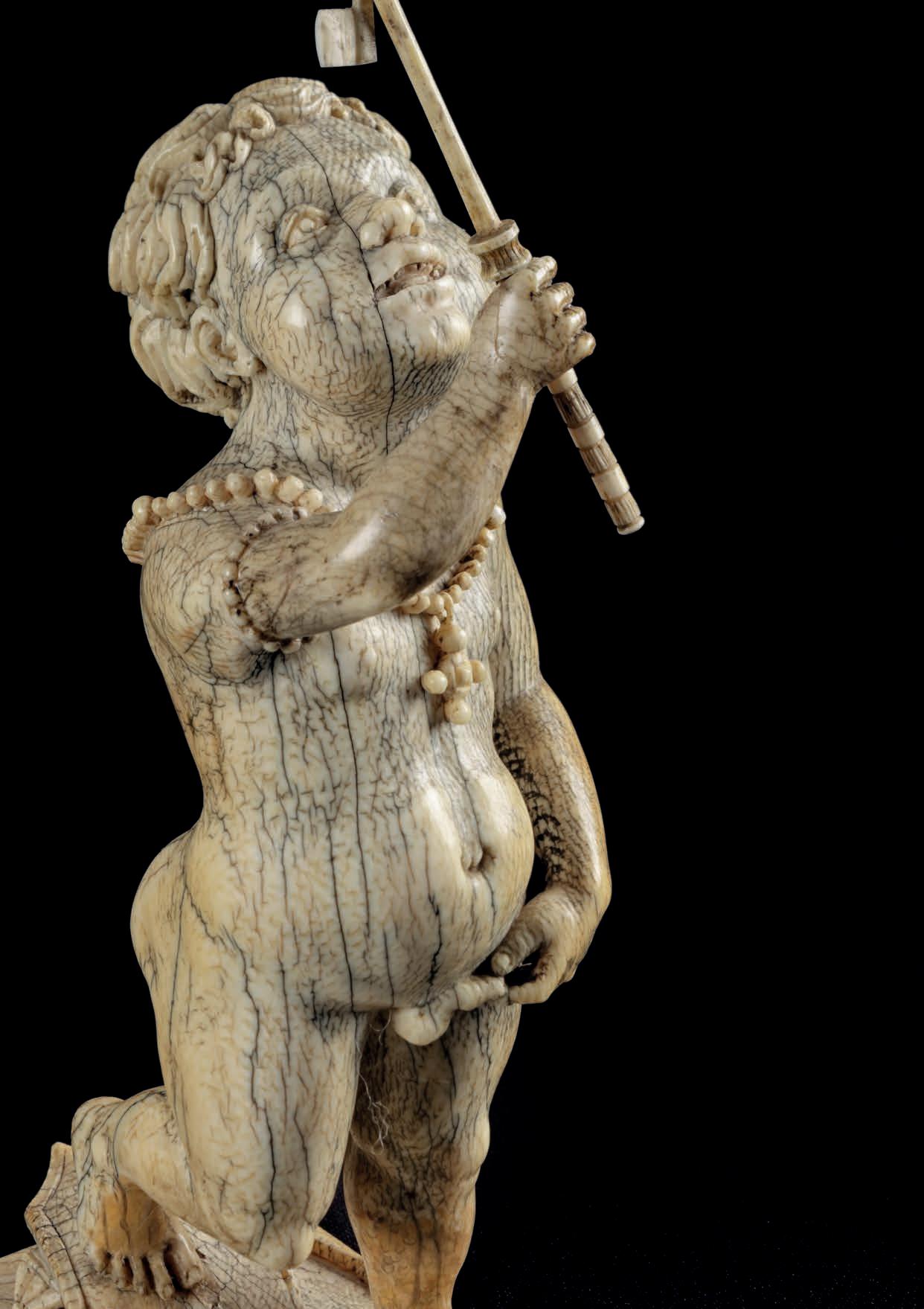
8.
A mammoth ivory figure of an African Amor Flanders or South Germany, 17th century
On an oblong base, his head facing upwards, the ivory with a nice patina.
H. 17.3 cm
This figure in ivory seems to be full of iconological meanings. With the bow and arrows it is an Amor but since the bow, the quiver of arrows and one single arrow are laying on the ground together with a shield, they may symbolize unsuccesfull or fended off love. The Amor playing with his penis and blowing a whirligig together may be symbols of the fickleness and transitoriness of love. The chain with cross around his neck is a Roman Catholic symbol and may point to a Catholic country of origin, perhaps South Germany or Flanders.

9. A unusual carved painted, gilt and gem-set tortoise carapace resembling the mythical Cosmic or World-bearing Turtle

Probably Germany, late 19th century
L. 32 x W. 26 x H. 20 cm
Provenance: Private collection, Munich
Following the natural forms of the carapace, the artist carved medals all around and painted a surprising portrait gallery depicting the different peoples of the world, amongst them Maori, Sinhalese, Chinese, Tartars, Papuans American Indigenous, Inuit, Persians, Europeans and many more. On the upper part of the shell, coats-ofarms belonging to China, The United States, Chile, Uruguay, Colombia, and Persia. Furthermore, the shell is decorated with miniature copies of famous Romantic paintings, and images of nature and men and with geometric patterns in polychrome and gold. An approximate globe map sits on the final, slightly rounded part of the shell.
In 19th century Germany, the Romantic wholesome idea of the mythical Worldbearing turtle, appropriated from American Indigenous, Chinese and Hindu Mythology, was still very alive and an attractive thought. In the Wunderkammer, the criteria which governed the selection of objects, rarity and strangeness served to blur the boundaries and create a direct synthesis between the three kingdoms of ‘Exotica’, ‘naturalia’ and ‘artificialia’. As a whole, this meticulously decorated carapace is a formidable example of everything above.
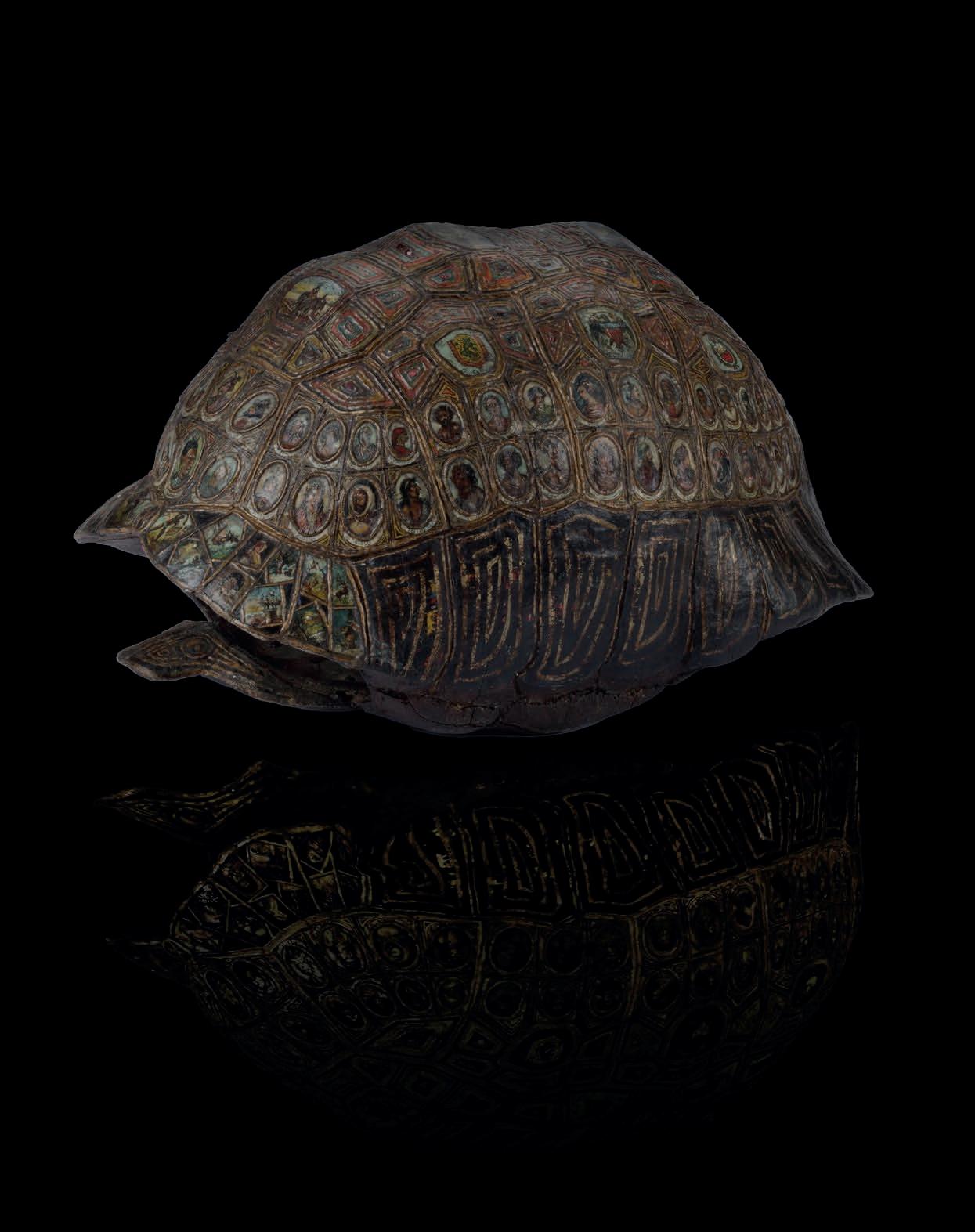
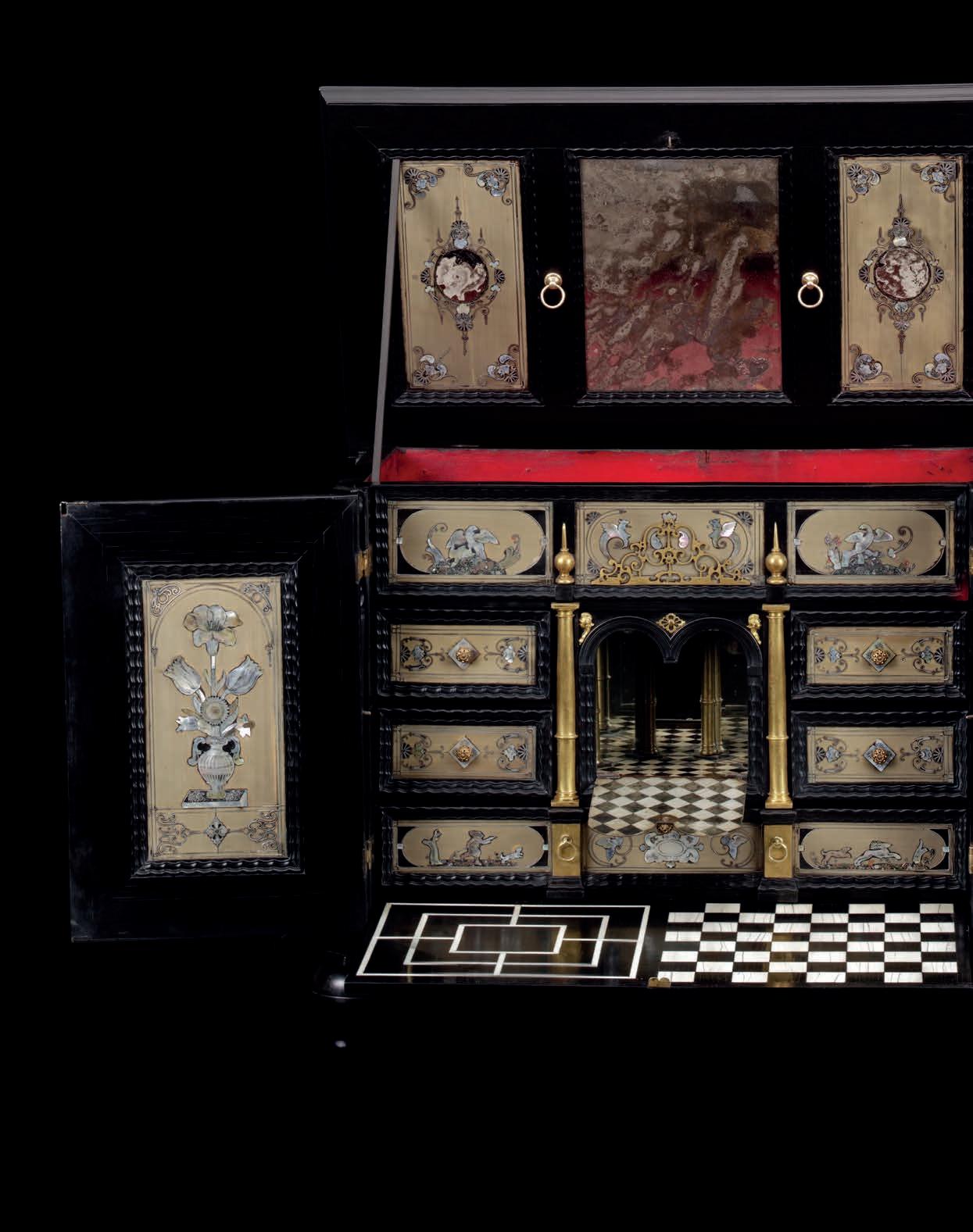
10.
A fine ebony and pen-engraved mother-of-pearl and lacquer inlaid baleen collector’s cabinet by or attributed to Herman Doomer (1595-1650) and Jean Bellekin (c. 1597 - 1636)

Northern Netherlands, probably Amsterdam, circa 16301635
The overall ebony veneered cabinet on four bun feet, supporting ebony Termini in the form of a massive ebony three-horned faun with ionic capital, the front two diagonally placed, the back pair facing outwards. The two doors with yellow or gilt copper mounts reveal a magnificent interior of a long folly panel resembling three top drawers, a central painting on copper flanked by four small drawers, under which a long bottom drawer, all above a retractable games board. Each drawer, with a gold or gilt filigree puller, and both the interiors of the doors are decorated with a slat of uncoloured baleen overall inlaid with pen-engraved mother-of-pearl and silver-thread in ‘kwab’ or auricular design (for comparable design see: the fence of the choir in the Nieuwe Kerk in Amsterdam after a design by Johannes Lutma, 1645).
The top panel at the front, which can be lifted when the top of the cabinet is open, reveals a secret drawer. The left part of the front shows a hunting bird of prey with its catch surrounded by foliage, sitting on rockwork which consists of lacquer finely inlaid with all sorts of sparkling (semi)-precious stones, metals, and other materials. The scene continues at the right panel with another bird of prey, but without a catch. Finally, the central panel shows two mother-of-pearl half-dragon half-bird figures or gryphons facing each other, fronted by a yellow or gilt copper auricular-style metalwork applique.
The centre has a pair of small drawers decorated with floral motifs on eac side, the top right drawer holding an original inkwell which is rare for the period, and a secret drawer at the back. The extended bottom drawer shows a deer hunting scene, with on the left the hunter and his dog and on the right panel, the deer chased by more dogs. The central panel shows a cartouche flanked by two birds or phoenixes. The slats on the interior of the main doors show flower sprays with tulips, lilies, ranunculus, and peonies. In the very centre of the cabinet is a painting depicting Judith and Holofernes, identified as from the Northern Netherlands and dated around 1630-1640 by Dr Fred G. Meijer. It falls to the front, revealing that the back of it is painted in a black-and-white checkered pattern, which is continued in ebony and marine ivory or bone on the bottom of the four-sided mirrored interior it reveals. The ceiling, suspended by four heavy gilt-metal columns, is inlaid with presumably palisander, African padouk, ebony, oak and marine ivory or bone. This complete interior comes out when a handle to the ceiling is pulled, revealing another identical, but now square, mirrored interior with three secret drawers at the back. The lid at the top of the cabinet, with three mirrored and inlaid baleen panels on the inside, opens to a compartment lined in red leather. The very top has a sliding panel, also revealing a possibly original red-leather lined interior.
Provenance: Private collection,
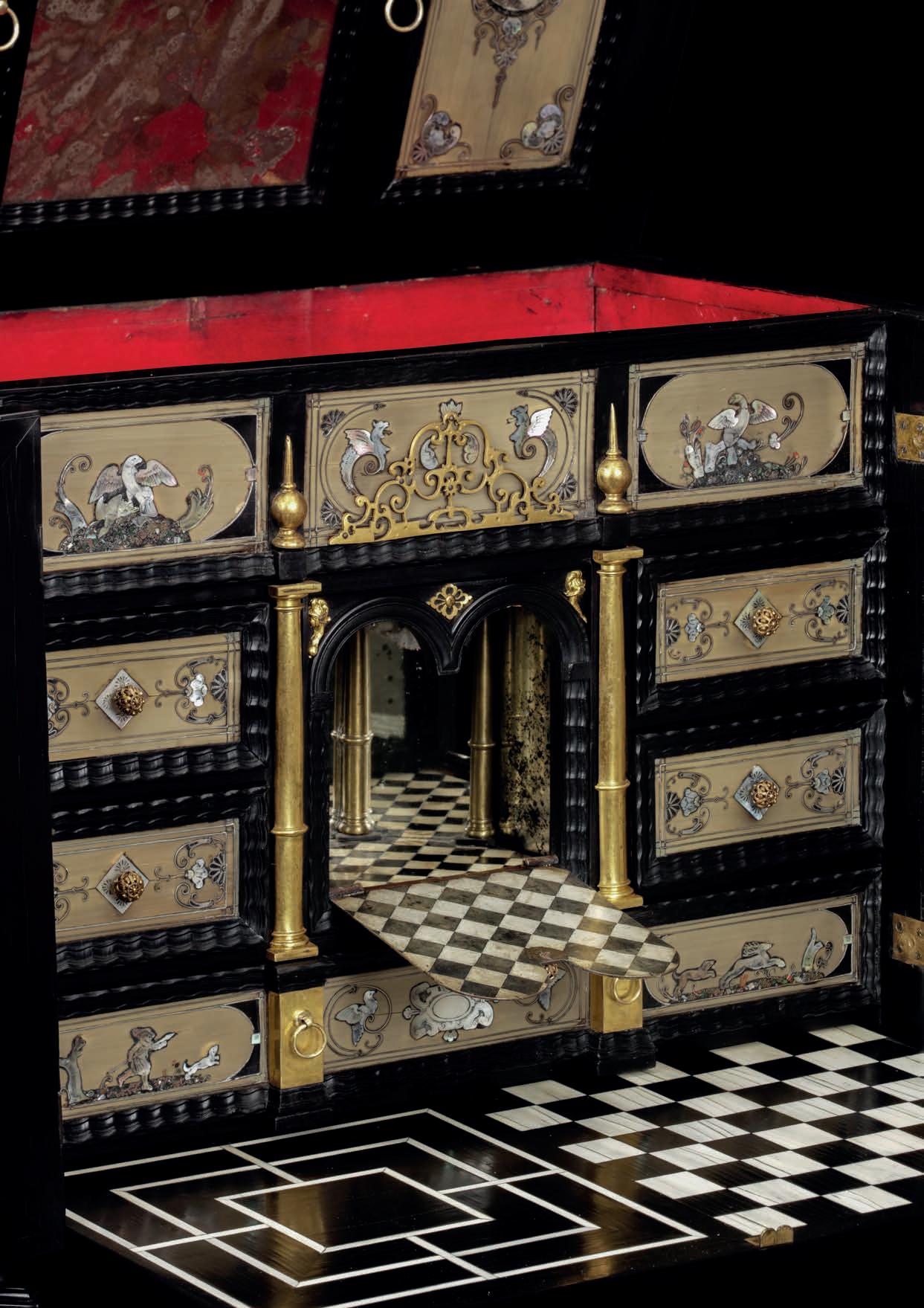
The attribution of this cabinet to Herman Doomer and Jean Bellekin was made by observing the high-quality carving and engravings and comparing the different attributed works of art by these artists in museums and literature. Several small cabinets and a few large armoires by Herman Doomer are known, among which are the famous cabinets in the Rijksmuseum Amsterdam. One of which was recently acquired by the museum. Prof. dr. Reinier Baarsen, now Curator Emeritus Decorative Arts and Furniture of that same museum, has argued, in his article Herman Doomer, Ebony Worker in Amsterdam in The Burlington Magazine (November 1996), that Doomer had a very successful career, as can be concluded from the portraits Doomer and his wife had painted by their friend Rembrandt van Rijn. However, Baarsen attributes only four cabinets and one picture frame to Doomer. Baarsen, in little more than one sentence, later eliminates a substantial group of highquality ebony furniture. An important change in the view of works by Doomer was a collector’s cabinet purchased by the Metropolitan Museum in New York (2011.181), which was acquired in 2011 and not known to Baarsen when he wrote his article in 1996. It is the first argument that Doomer created a larger number of these and probably other furniture forms. The finely engraved mother-of-pearl flowers on this cabinet are very similar - if not identical - to those on the large Rijksmuseum cabinets. The veneer on the inside was undoubtedly the final argument to attribute it to Doomer. Interestingly, some of the ripple mouldings and the engraved mother-of-pearl flowers and birds are nearly identical to our cabinet. Another cabinet, privately restored by Iskander Breebaart (senior restorer at the Rijksmuseum), can also almost certainly be attributed to the master himself because of the same reasons the Metropolitan cabinet was attributed. However, the ripple mouldings were completely renewed by him since they were replaced by plain veneer when (probably) a few fell off and got lost over time (leaving only four originals). (1 & 2)
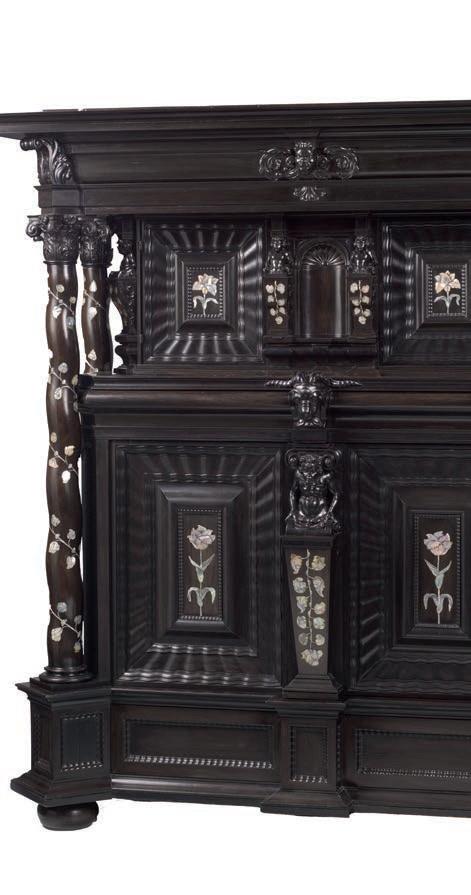
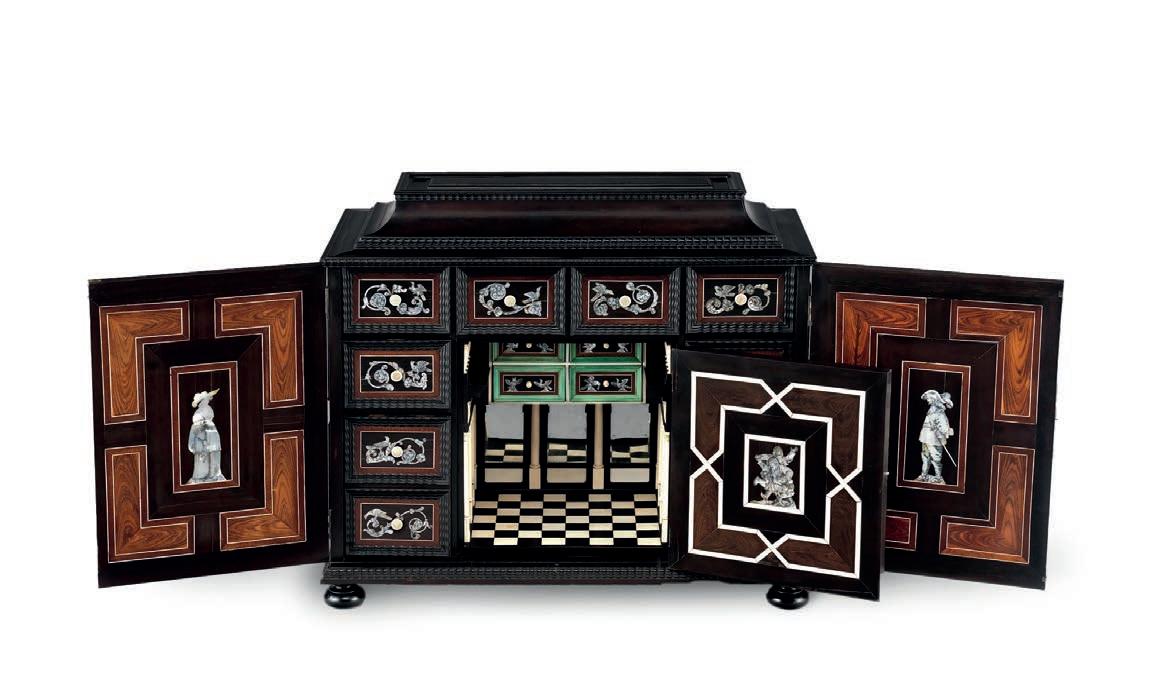
Doomer’s ripple mouldings on cabinets are recognised by the wave ending in a straight line in the corners. This implies that these mouldings were made with the frame’s dimensions in mind, as seen in the Metropolitan cabinet and in the Rijksmuseum. Nevertheless, this is not an argument to not attribute other works to the master since the first Rijksmuseum cabinet shows neat ripple mouldings
to the bottom of the cabinet but not ending in a straight line in the corners. When one considers Doomer making custom mouldings is an argument, the cabinet present with perfect corner solutions should be by him. Similar corner solutions, but not ending in a straight line, can be found in one of the two cabinets by Doomer in the Boijmans-Van Beuningen Museum in Rotterdam (Div. M 90 b & M 17 a-d ). Remarkably, when studying 17th-century cabinets from the Northern Netherlands, Germany, and Antwerp (since they are often misattributed), Doomer is the only cabinetmaker who ever thought of an eye-pleasing solution
Doomer Armoire Collection Rijksmuseum (inv. no. BK-1975-81)for the corners. (3) Some other arguments for the attribution are the massive gilt brass columns in the interior, which are in other cabinets always made of wood, the fine openwork hinges, lockplate and applique in the ‘Lutma’ style, the excellent ebony veneer, finely carved figures, the door-hinges not hidden and pointing outwards, the drawers being made of solid African padouk (like in the Met-cabinet), the front termini that are placed diagonally to those at the back which is very Doomeresque and the cabinet itself in the base made of snakewood or another hardwood. Another strong argument for the attribution to Doomer is using unworked baleen. No other examples of the use of this material in works of art are known besides this cabinet. However, there is a significant exception: a picture frame in the Amsterdam Deutzenhofje regentenkamer, which was recently attributed to Doomer and will be published soon.
The Paerlemoersneyder Van Seters can attribute an ebony chessboard to Jean Bellekin by the signatures below three of the four portraits of Roman Emperors (Jean signs with IB and Jan with Jan Bellekin/ Belkien). In the chessboard, a small motherof-pearl shield is signed as well. Jean can be regarded as the ‘editor’ of the chessboard here. Still, the Guild would not let him create things in ebony, so an ebonist or cabinetmaker must have helped him. Van Seters argues that the maker must be Willem Albertse Deutgens, who made ebony frames for pearl shell-engraver Dirck van Rijswijck. His argument is Deutgens having “drie paerlemoeder ronties gesneden van Jan Belquin” in his estate when he died in 1659. Remarkably enough, in the estate of Herman Doomer, several mother-of-pearl engravings by Jean Bellekin were listed too. It is, therefore, possible that Doomer was the ebonist supplying the chessboard. The latter is further strengthened by the fact that the ebony cabinet in the Rijksmuseum, which has proven to be by Doomer but not signed by him, has mother-of-pearl engraved inlays and signed by Bellekin. A closer look at the inlays on the chessboard and those of the kunstkabinet presented here reveal that the mother-of-pearl figural inlays are nearly identical to each other, especially the hunter, dog, and deer. One cannot conclude differently that the motherof-pearl engravings on this cabinet are by Jean Bellekin. The engraved plaques on the Metropolitan cabinet are identical to those of our cabinet but, in these cases, depict birds and flowers. (4)
When observing the different carvings on one piece of furniture presumed to be by Doomer

or on different ones, the quality of the engraving fluctuates a lot. However, for any artist, it is easier to work on a grand scale than on a small miniature scale (perhaps a reason why our termini figures are less detailed than the almost 30 cm figures of the Rijksmuseum cabinets). On the chessboard, the portraits of Roman emperors are highly sophisticated, while the smaller engravings of animals are beautiful but could be better. In the past, it was presented as a fact that Doomer operated on his own, and Bellekin did so too. Perhaps they did so in the large, magnificent pieces as those in the Rijksmuseum.
Nevertheless, this would make these two workmen exceptional in Amsterdam since all craftsmen had apprentices working in their workshops. Rembrandt portrayed Doomer and his wife, and one cannot presume him to be so successful while he worked on his own and finished merely a few pieces a year. It is perfectly possible that some of the more ‘generic’ works of art (although superb) were made under the supervision of the meester Kistemaker, or in Bellekin’s case meester paerlemoersneyder
The cabinet presented here is unusual in many aspects. First, the imagery on the panels and the painting are rarely seen on such table cabinets. The hunting scenes on the drawers are an unconventional choice - especially in engraved mother-of-pearl. The immediate question one asks is why the vases with flowers on the doors were not continued in a floral motif on the drawers. It is possibly the first argument that the decoration was not randomly picked but might have a meaning.
Using the story of Judith and Holofernes as a central painting in a kunstkabinet is highly unusual, too, especially in combination with flowers and hunting scenes rather than with other biblical stories. Since the picture is identified as from the northern Netherlands, it is also remarkable that the scene was chosen. Judith slaying Holofernes in the first half of the 17th century symbolised the Catholic fight against the Protestants and Ottomans. Judith refers to the pious, and Holofernes, the barbaric Assyrian, to the Protestants and Turks. Could the owner of the cabinet have (secretly) been a Catholic? (5)
Finally, the most remarkable feature of this cabinet: is the use of uncoloured whale baleen. The use of (whale) tooth marine ivory or bone instead of elephant ivory, which was more common at the time and must be pointed out, especially in combination with the unworked baleen. Ivory was used in high-end furniture such as cabinets by Herman Doomer (see: Rijksmuseum BK-1975-81) and Willem de Rots (see: Rijksmuseum BK-2005-19), under which this cabinet can be placed, but also in furniture produced in larger quantities such as the Antwerp kunstkabinetjes.
Now if there is something all art historical research tells us, it is that whenever there is something out of the ordinary in a decoration scheme, it was done on purpose by the artist or has a meaning for the patron. Could the cabinet have something to do with whale hunting? After all, the hunting scenes are placed directly on baleen. The latter was clearly to be identified as such by the spectator and not blackened to resemble ebony. Whale hunting, or the whaling industry, was prominent in Dutch society of the 17th century and
even was an essential part of the economy. However, what could be the connection between Judith, Holofernes, and whaling?
It could be that the person ordering this cabinet was a Catholic. However, since he was free to be Catholic in Amsterdam, why would he criticise the city where he gathered his fortune? Could it be possible that a Catholic, who certainly knew the meaning of the story of Judith was a symbol of the fight against Protestantism through the counterreformation, commissioned this depiction on his cabinet since he fought a Holofernes or a Goliath for all that matters? To answer that question, one must investigate the history of the whaling industry of the Netherlands, to be more precise the Noordsche Compagnie.
The Noordsche or Northern Company was a Dutch whaling trade cartel, founded by several cities in the Netherlands in 1614 and operating until 1642. Soon after its founding, it became entangled in territorial conflicts with England, Denmark, France, and other groups within the Netherlands. However, vast fortunes were made in the industry, with prominent wealthy figures such as the founders Nicquet and Hinlopen. The company was dissolved in 1642. The company had started receiving intense competition from Dutch interlopers and Danish whalers. Whaling was slowly privatised, and private traders finally pushed the cartel aside.
This could be a battle between David, Judith, Goliath, and Holofernes. The young nouveau riche battled the old wealthy, established merchants. It certainly would not be the first time that a young wealthy Amsterdam merchant would show off his newly gathered fortunes in the form of a life-size portrait or exuberant furniture. However, who could have been the Catholic nouveau merchant who became riche in the whaling industry?
On the other side, the curious cabinet could be made exactly what it was intended for: keeping curiosities. It would be filled with rare objects of artificial and natural origins. The use of baleen, mother-of-pearl, hunting (for rare things) and a rare image of Judith and Holofernes would comply with the use of it.
Literature:
1) Reinier Baarsen, “Herman Doomer, Ebony Worker in Amsterdam” in: The Burlington Magazine, November 1996, Vol. 138, No. 1124, pp. 739- 749
(2) The Metropolitan Museum of Fine Art, “Recent Acquisitions, A Selection: 2010–2012” in: The Metropolitan Museum of Art Bulletin, Fall 2012, v. 70, no. 2 (ill.)
(3) W.H. van Seters, “Oud-Nederlandse Parelmoerkunst: Het werk van de leden der familie Belquin, parelmoergraveurs en schilders in de 17eeeuw, in: Nederlands Kunsthistorisch Jaarboek (NKJ), 1958, Vol. 9, pp. 173-238
(4) Iskander Breebaart & Gert van Gergen,“Pressed baleen and fan-shaped ripple mouldings by Herman Doomer”in: Proceedings 11th International Symposium on Wood and Furniture Conservation, Amsterdam, 9-10 November 2012, pp. 62-74
(5)(R. WardBissell, “Artemisia Gentileschi-A New Documented Chronology” in:The Art Bulletin.50, 1968, pp. 153-168
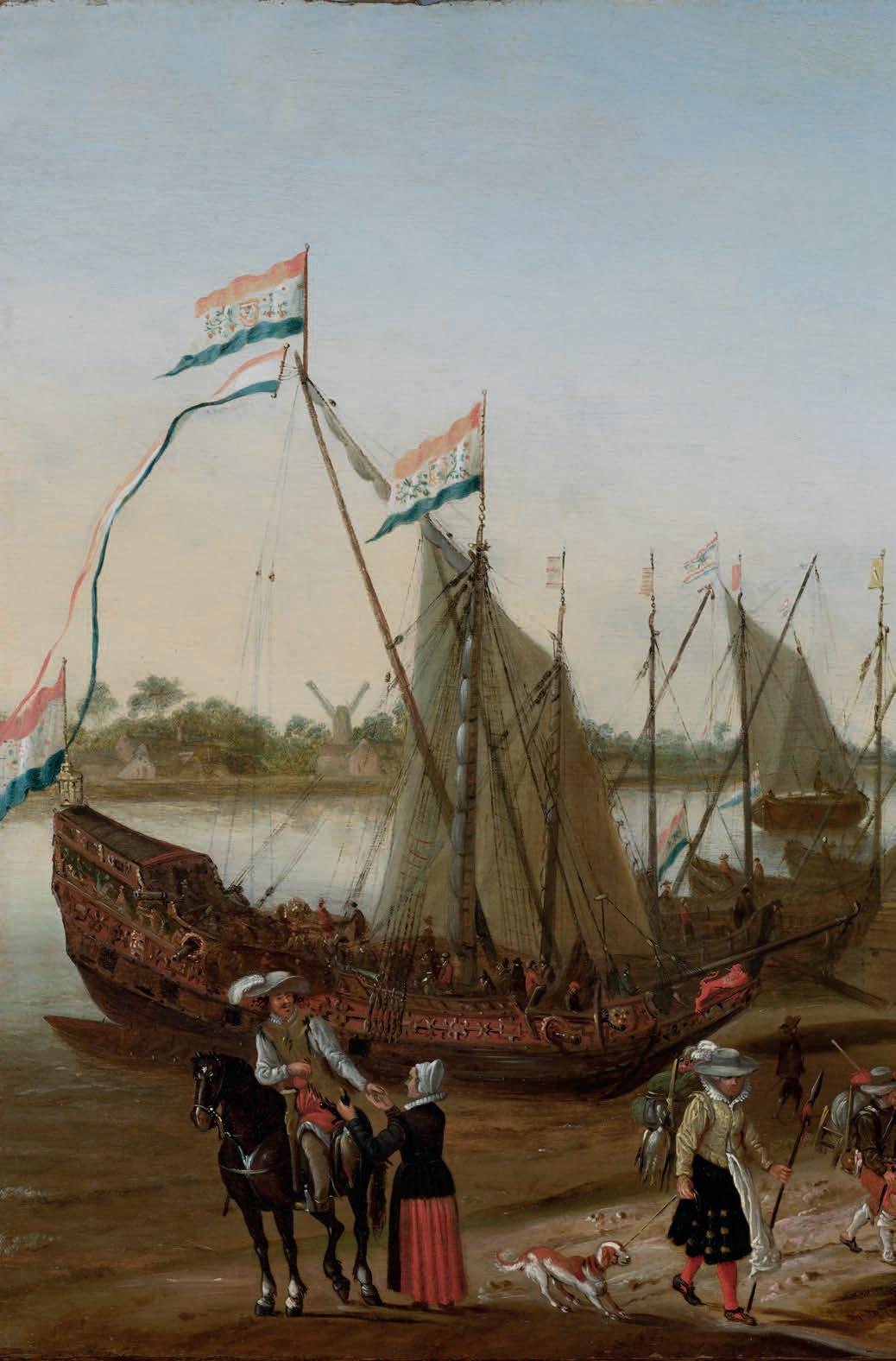

“Departure of the Pilgrim Fathers from to join the ‘Speedwell’, Delftshaven, July 1620”
Oil on panel (single sheet of oak), H. 44.7 x W. 58.1 cm
Provenance:
The Duke of Marlborough Collection, Blenheim Palace (according to a label on the reverse); Collection of the Anglo-American painter George Henry Boughton (1833-1905), London/New York, by 1895; (presumably) by descent to his wife Katherine Louise Boughton née Cullen (18451919); Collection of the ambassador James John Van Alen (1848-1923), Newport, Rhode Island; by descent to his wife Margaret Louise Van Alen Brugiére née Post (1876-1969); her deceased sale, Christie’s London, 5 December 1969, lot 61 (as Flemish School 17th century); Bought by the consortium of dealers Herbert Terry-Engell, London (advertised in Apollo, May 1970), Hermann Abels, Cologne, and Evert Douwes, Amsterdam (as by Adam van Breen and as depicting the Pilgrim Fathers with the Mayflower); Purchased from the latter, 26 October 1972, by a Swiss private collector
Literature: - Not in the Blenheim Palace collection catalogue of 1862 (by George Scharf)
- Harper’s Weekly, Vol. XXXIX, no. 1994 (March 9, 1895), p. 228 (ill.)
- Joseph Dillaway Sawyer and William Elliot Griffis, History of the Pilgrims and Puritans. Their ancestry and descendants, basis of Americanization, New York 1922, ill. p. 248 (as the Departure of the Speedwell from Delfshaven)
- F. Ziner, The Pilgrims and Plymouth Colony, New York 1961, p. 53
- L.W. Cowie, The Pilgrim Fathers, London 1970, pp. 50-51 (as the Departure of the Speedwell from Delfshaven), pp. 50-51 & cover (ill.)
- Nick Bunker, Making haste from Babylon. The Mayflower Pilgrims and Their World. A new History, New York, 2010, cover (ill.)
- Laura Hamilton Waxman, Why did the Pilgrims come to the New World? And other Questions about the Plymouth Colony, Minneapolis, 2010, p. 15 (ill.)
- Otto Nelemans, Lost in interpretation. De zoektocht naar een verloren titel van een schilderij van Adam Willaerts (1577-1664), Utrecht, 2020, p. 17, fig. 19 (as by Adam van Breen)
Exhibited:
- Terry-Engell Gallery, London, Twenty-Five important Dutch and Flemish Master Paintings, no. 2 (as by Adam van Breen and with ‘illegible signature)
- Abels Gemälde-Galerie, Cologne, Niederländische Gemälde von 15401700, 15 April – 31 May 1972, ill. cat. p. 7 (as by Adam van Breen and reported as being signed)
The present picture is part of the collective memory of all those interested in the early history of the United States, as it is reproduced in many publications dealing with the Pilgrim Fathers and their exodus to the New World. In 1608, a group of about hundred deeply religious Calvinists, refusing to subordinate themselves to the ordinance of the Anglican church, set sail from Nottinghamshire to escape persecution under James I. Their leader, the elderman William Brewster, chose to set course to the Dutch Republic, known for its religious tolerance. After a short stay in Amsterdam they settled in the city of Leiden, where they moved into some small houses, also known as the Wevershuisjes, close to the Pieterskerk church. Even though they were allowed to have their own sermons and to live life according to their principals, the group were weighed down by poor circumstances. Besides, their leaders feared assimilation with lesser orthodox puritans within the Leiden community.
From 1617 the idea emerged to emigrate to the ‘New World’. Here they would eventually start a society in compliance with their strict interpretation of the Bible. The
ship ‘Speedwell’ was equipped to transport a selection of members from the group, and the departure took place from Delfshaven as soon as July 1620. The painting shows the ship and its passengers in advance of their long journey, probably at the very moment they take off for a Day of Solemn Humiliation, existing out of fasting and Bible lecture. In all their actions, the colonists coordinated with God to be assured of His approval.
The intention for the ‘Speedwell’ had been to join the ship ‘Mayflower’ off the coast of Southampton, from where the two ships with pilgrims would continue in convoy. Unfortunately, the ‘Speedwell’ proved unfit for the transatlantic journey as a leak had occurred. Therefore, the crew of the Dutch ship went on board of the ‘Mayflower’. After some detours the puritans arrived in Massachusetts where they established Plymouth Colony. At the very beginning the inexperienced settlers met with the friendliness of the local native Americans, who supported them in their basic needs.
Until this day the story of the Pilgrim Fathers is a central theme in the history and culture of the United Sates. It has been calculated that there may be as many as 35 million living descendants of the Pilgrims worldwide. The settlers in Plymouth Colony are credited with organizing the first Thanksgiving Day, which would have derived from the October 3rd-celebrations in Leiden, honouring the Relief of that city.
A citizen of Leiden and later bailiff of the neighbouring village of Rijnsburg, the painter Cornelis Liefrinck lived in the Mandemakerssteeg, not far from the Pieterskerk. He was the son of a painter-cartographer from Antwerp, Hans Liefrinck II, a specialist in the maritime genre, who must have been Adam Willaerts master during the latter’s sojourn in Leiden. As Otto Nelemans has observed, the figure of the markententser walking a dog in the left foreground of our picture, also appears in Willaerts’ painting of ‘The Departure of the Pilgrim Fathers from Delfshaven’ in the Museum of Fine Arts, Boston (access.no. 2020.408).
Cornelis Liefrinck, in turn, may be credited with being Willem van de Velde the Elder’s master. The Van de Velde family inhabited a house in the very same alley as the Liefrinck’s did. Apart from that, in 1621, the young Willem and his father joined their neighbour as a representative of the city’s militia on a mission to Grave in Brabant. The operation is the subject of a series of three etchings by Liefrinck junior, dating from 1622. The idiosyncratic rendering of the masts in one of these prints is remarkably equal to our picture. The staffage - most particularly the dog - compares well to Liefrinck’s signed picture in the Lakenhal, Leiden (inv.no. S 3533).
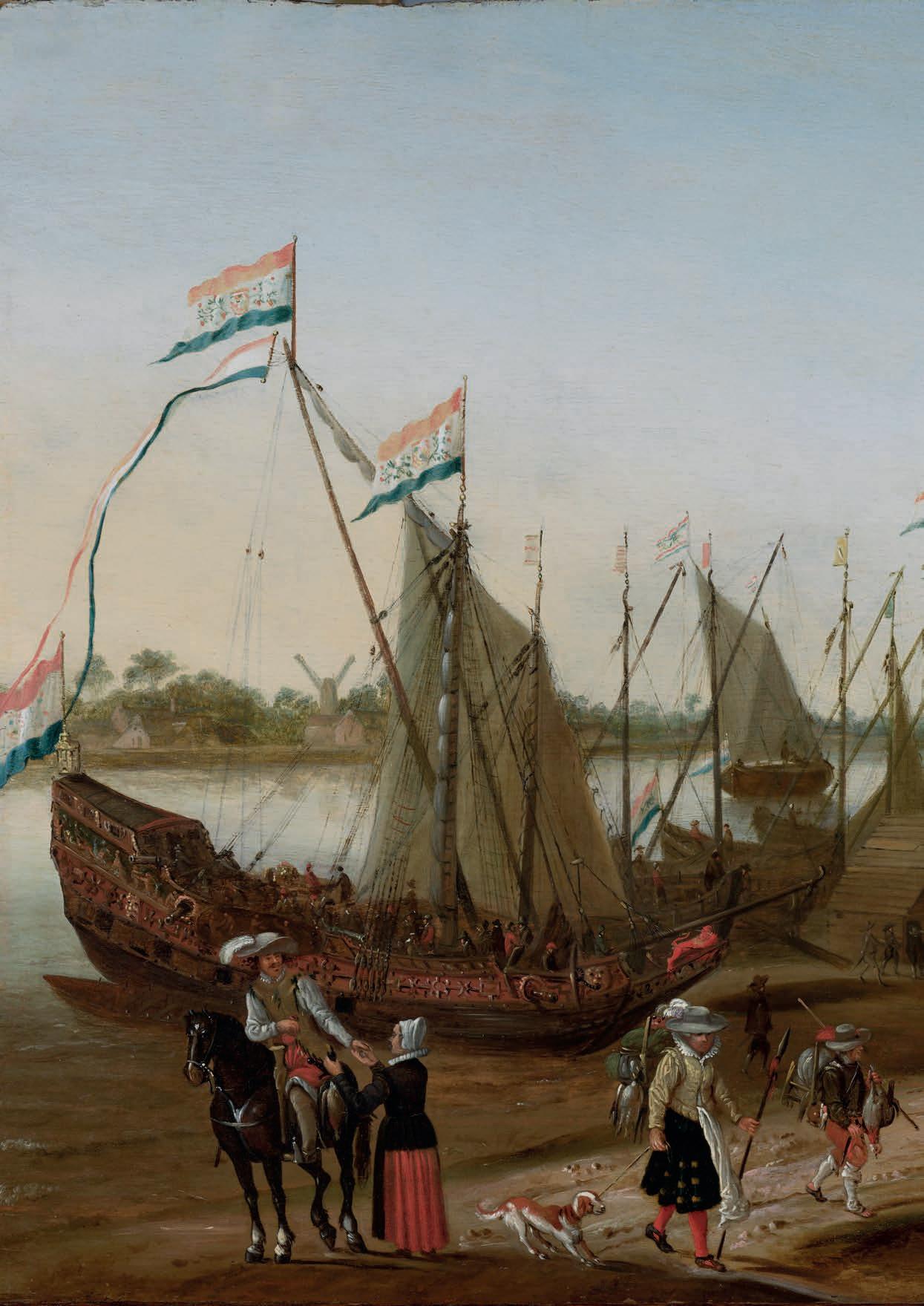
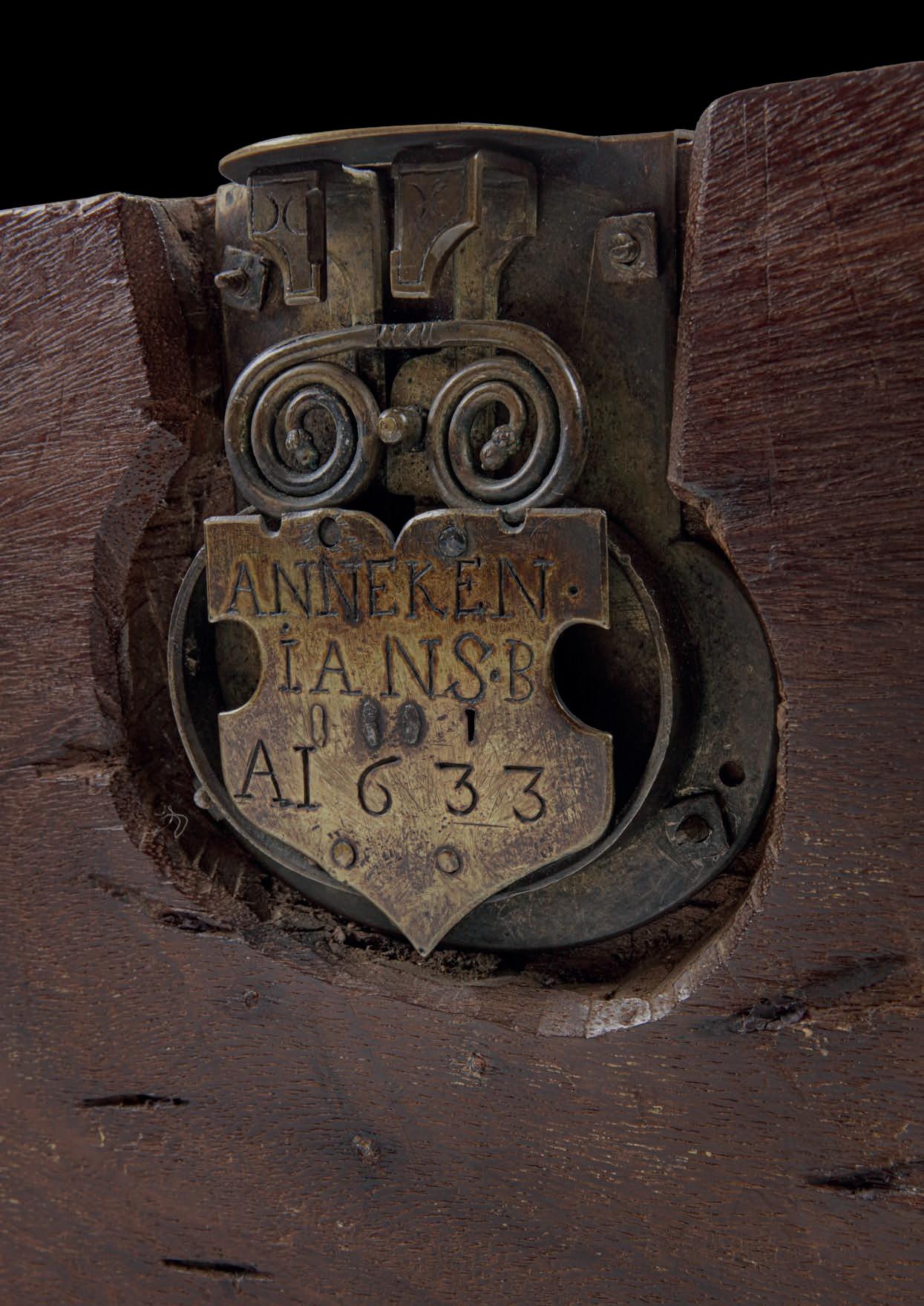
A shisham wood (Dalbergia sissoo) and American walnut ( Juglans nigra) coffer with iron and brass mounts, previously owned by settler Anneken Jans Bogardus (1604/1605-1663)
North America, New Amsterdam (New York), circa 1633, the lock inscribed ANNEKEN JANS B A1633
The slightly trapezoid-shaped sisham wood coffer with American walnut carved escutcheon, iron hinges and handles, a Dutch mechanism lock, in which 17th-century Swedish copper was used. Inside, at the top left side of the interior, the typical small-lidded compartment, found in practically all VOC chests. The present compartment, a late 19th/early 20th-century replacement of the original one, is made of American oak (Quercus alba) with northern pitch pine (Tsuga canadensis) lid.
The lock bears the inscription ‘Anneken Jans. B A1633.’ B probably stands for Beverwijck (present-day Albany), where Anneken Jans lived A(nno) 1633.
H. 49.2 x W. 112 x D. 46.8 cm
Provenance:
Mr. & Ms. Van Hanxleden Houwert Van Silfhout
Van Hanxleden Houwert was a wealthy dealer in colonial goods in the Netherlands in the late 19th century.
The chest, because of its style and the wood used, probably is from the Indian Malabar Coast or Persia/Shiraz, before 1633. Originally the chest probably had an additional central hinge (traces to be found inside the lid) ending in a hasp hanging over a metal backplate with a protruding ring (traces of which can be seen inside the chest), secured by a padlock. This was the usual way chests from the Malabar Coast were locked. The Dutch always replaced the padlock by an internal Dutch mechanism chest lock.
It has a wooden lockplate carved in American walnut (Juglans nigra) in the New Netherlands in the auricular or ‘kwab’ style, popular at the time. A xylological analysis of the wood, provided by the CIRAM institute, of the 17thcentury lockplate has shown it is American walnut (Juglans nigra).
All parts of the brass lock, analysed by the Conservation Laboratories of the Rijksmuseum with stereomicroscope and XRF-analysis, proved to have originated from the Falun mine in Sweden, which dominated the European copper market during the mid-17th century. Brass based on Swedish copper also made its way to the New World and was found among the scrap discovered during an excavation of an early 17th-century site in Jamestown (Carter C. Hudgins, ‘Articles of Exchange or Ingredients of New World Metallurgy’ in: Early American Studies 3, no. 1, 2005, pp. 32-64).
The engraving of the text first set up with a scriber, clearly shows signs of wear predating some repairs to the lock, and according to researchers Ellen van Bork, Tamar Davidowitz and Arie Pappot of the Conservation Laboratorium of the Rijksmuseum Amsterdam seem to be old and authentic.
Anneken Jans, also known as Anneken Jans-Bogardus, was born 1604/1605 in Norway, Fleckerøy, Vest Agder, daughter of Jan (Roelofsz. ?) and Trijn Jonas, who later was to become the first midwife for the WIC, the Dutch West India Company, in New Amsterdam. At a young age Anneken and her family moved to Amsterdam. Anneken married Roeloff Jansz (1601/1602-1637) on April 18th, 1623, a Norwegian seaman. The couple certainly were not afraid to take risks. As one of the very first Dutch settlers Anneken and Roeloff in 1630 sailed to Nieuw Amsterdam with a contract to work for three years for the wealthy Amsterdam jewellery merchant Kiliaen Rensselaer, a governor of the West India Company in Amsterdam, who was granted by the WIC, as a patroonship, vast lands encompassing all of present-day Albany, Rensselaer counties, and part of Columbia and Greene counties. On May 24th, 1630, Anneken, Roeloff, their three daughters, together with Anneken’s mother and sister, arrived at Fort Orange and settled in the small village of Beverwijck. Roeloff was paid 72 guilders a year as a farmer of the Laets Burg Farm along the Hudson River near Normanskill Creek, and was appointed schepen, alderman, of Beverwijck. In the meantime, Anneken and her sister and mother set up a (illegal) retail business. The couple had two more daughters and a son, and the family interacted daily with local Native Americans. Incidentally, their first daughter, Sara, later became a translator for the New Netherlands director-general, Peter Stuyvesant, in negotiations with the local tribes.
On Sara Roelofse, the daughter of Anneke, here called Kierstede, was written by Van Rensselaer: “… the Dutch women had become well acquainted with the wild people who surrounded them and were on friendly terms with them. Madame Kierstede was particularly kind to them, and as she spoke their language fluently, she was a great favourite among them, and it was owing to her encouragement that the savages ventured within the city walls to barter their wares. For their better accommodation and protection, Madame Kierstede had a large shed erected in her backyard, and under its shelter, there was always a number of squaws who came and went as if in their own village, and plied their industries of basket and broom-making, stringing wampum and sewant, and spinning after their primitive mode; and on market-days, they were able to dispose of their products, protected by their benefactress, Madame Kierstede (Van Rensselaer 1898 :26).”
Whether Anneke Jans had enslaved people is unknown, but her daughter certainly did.
Sara’s will, dated July 1692 and written in Dutch, has many points of interest. After the preliminary formalities, she stated:
“Now I will before anything else to my daughter Blandina, of this city, a negro boy , Hans. To my son Luycas Kierstede, my Indian, named Ande. To my daughter Catharine Kierstede, a negress, named Susannah. To my son in-law, Jacobus Kip, husband of my said daughter Catharine, my negro, Sarah, in consideration of great trouble in settling the accounts of my late husband, Cornelius Van Borsum,
‘The Anneke Jans Chest.’
in Esopus and elsewhere. To my son Jochem Kierstede, a little negro, called Maria, during his life, and then to Sarah, the eldest daughter of my daughter Rachel Kierstede by her husband, Ytie Kierstede. To my son Johanes Kierstede, a negro boy, Peter. I leave to my daughter Anna Van Borsum, by my former husband, Cornelius Van Borsum, on account of her simplicity, my small house and kitchen, and lot situate in this city, between the land of Jacob Marits and my bake house, with this express condition, that she shall not be permitted to dispose of the same by will or otherwise, but to be hers for life and then to the heirs mentioned in this will.”
New Amsterdam probably couldn’t have become so successful without enslaved people, and Anneke, as well as Sarah, needed the help of enslaved people. However, the burials of Europeans and enslaved African people in the Amsterdam colony in Delaware showed that both had as much stress on bones and joints that probably the European worked as hard as the African while building the society. Which, of course, does not change the view on slavery and owning one another.
However, the farm of Anneke Jans wasn’t very successful at first, and in 1634 the family moved to Manhattan and worked in the Dutch West Indian Company’s Bouwerie, or farm, in the section of Manhattan now known as ‘The Bowery.’ In 1637 the industrious Roeloff was given a grant for a 62-acre farm of his own near the site where later the World Trade Center would be standing. Here he built a small house on the farm for his mother-in-law, the colony’s midwife. That same year Roeloff suddenly died. Anneken and Roeloff had five daughters and one son, all baptized Lutheran. Anneken, now with six children, no money and apparently in debt to Rensselaer, was acquitted her debts by Rensselaer, and continued to work her own farm. A year later, 1638, Anneken married reverend Everhardus Bogardus (ca. 1607-1647), the second ‘dominee’ to be sent by the West India Company to the New Netherlands. Bogardus was a well-read Dutch Re-formed clergyman, with whom Anneke had another four sons (one of their grandsons, Everardus Bogardus (1675-ca. 1725), was to become a famous Dutch New York silversmith). The couple lived on Anneken’s 62-acre farm which came to be known as ‘Dominee’s Bouwerie’. Reverend Bogardus was orthodox, considering himself the guardian of the public morals, even though he himself had quite an alcohol problem. He had frequent quarrels with the New Netherlands magistrates often denouncing them from the pulpit. They didn’t like that, and Bogardus was charged with drunkenness, meddling with other men’s affairs, and using bad language. In September 1647, leaving behind his wife Anneken and his four sons, Bogardus sailed on the ‘Princes’ for Amsterdam to defend himself from the charges brought against him. He drowned when the ‘Princes’ was wrecked on September 29, 1647, off the coast of Wales. Anneken, widowed for the second time at the age of 42, had nine children to support and still was cash-poor but land-rich, having three farms; in Beverwijck (Albany), Manhattan and an 82-acre farm on Long Island, called ‘Dominee’s Hoek’, she inherited from her husband dominee Bogardus. She sold the Long Island farm and moved back to Beverwijck (Albany), where she had a house built on land adjacent to the property owned by her son from her first marriage. As
her children married and moved out, she gave each of them a bed and a cow as a wedding present.
In 1659 the widow Anneken Bogardus had to appear in court because she had shown her ankles in public! She was saved by a friend who declared that, when Anneken had to walk through the mud, she had lifted her skirts only to keep them clean. Fortunately, she was acquitted.
Anneken died in 1663 after living another sixteen years in Beverwijck. Her will stipulated that the estate be divided equally among her seven surviving children. The children sold her Albany house to Dirk Wessels ten Broeck for the substantial sum of 1.000 guilders. After Colonel Richard Nicolls had taken possession of New Amsterdam in 1664 for the Brits, all property-holders were required to obtain new titles for their lands. Anneken’s heirs secured a new patent for the farm of 62 acres on Manhattan from Governor Nicolls on March 27, 1667. On March 1671, the farm was sold to Governor Lovelace for a ‘valuable consideration’. All of Anneken’s heirs signed the deed of transfer, except the widow and child of Cornelius Bogardus, one of Anneken’s sons who had died in 1666. That omission was to cause a lot of subsequent legal problems. In 1674 the Duke of York (the later King James I) confiscated ‘Dominee’s Bowery’ and it was turned over to the British
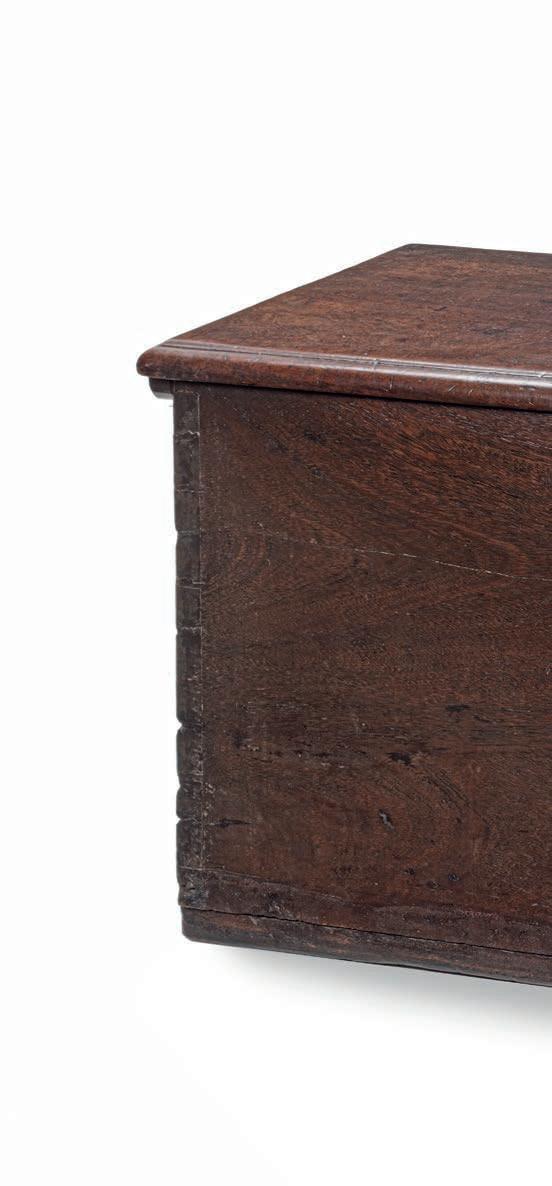
crown. In 1705 Queen Anne granted the farm to the Trinity Church. Descendants of Cornelius Bogardus (whose wife and son had not signed the deed) later claimed parts of the Trinity Church’s farm, because their ancestors hadn’t agreed to the sale. This resulted in the most famous and protracted lawsuit over Manhattan landownership that dragged on well into the 20th century. In the end all ended in the Church’s favour.
The Albany Institute of History and Art has exhibited another chest, brought to New Amsterdam in 1633 by dominee Bogardus as it was impossible to travel without a chest in those days. However, the whereabouts and the authenticity of this chest are unknown.

West Indian Company vessels arriving in New Amsterdam were laden with goods from Holland, such as building materials (bricks and tiles), and all kinds of household goods such as furniture, textiles from East India, carpets from Turkey, oriental ceramics, Dutch Delftware, silver, tin, and copper objects. Possibly the present coffer arrived with a Dutch ship in 1633 and was bought then by Anneken Jans, amongst other goods for her private retail business. She had her name inscribed on the lock, presumably because she intended to keep the chest to store her own belongings.
Anneken Jans-Bogardus is now famous as the almost mythical ancestress of the Dutch community in the United States. Six of her children had numerous offspring, forming a ‘Nederlandse’, anti-British, anti-royalist, Dutch Reformed community. Anneken became the object of an unbridled creation of legends, making her even a daughter of William of Orange, the Vader des Vaderlands, and leader of the Dutch in their revolt against Spain. These legends still form a strong bond for the multitude of descendants of Anneken Jans. Bogardus in the United States.
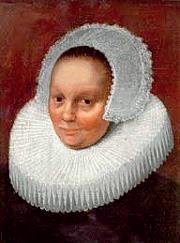 Presumed portrait of Anneken Jans, 17th century Private collection, USA
Presumed portrait of Anneken Jans, 17th century Private collection, USA

13.
A Peruvian silver plaque with hammered decoration of ‘ The Marriage of Beatriz
Clara Coya and Martin de Loyola’ Peru, 1st half 17th century
Depicting the famous couple surrounded by a feline, dog, monkey, parrot, flowers, child and a servant holding an umbrella, the plaque trapezeshaped.
Royal Governor Martin de Loyola and Inca
Princess Beatriz Coya were assumed to be the first married couple in Peru between two persons, each from a different royal lineage, one of the Conqueror and the other of the Conquered. The couple can be identified by a set of very distinguishable iconography in the art history of South America.
They are the South American equivalent of Romeo and Juliette as their marriage was forbidden, but one night they met and married in secrecy. However, the Catholic church embraced the story at the end of the 17th century to gain more followers among the Peruvian indigenous.
Large paintings depicting the legend were hung in churches, and the marriage story became common knowledge. The silver depiction presented here is possibly the earliest depiction of the story. It is part of wedding attire, worn as a breastplate by the shaman or close relatives of

the man and woman.
Mr Ramón Mujica Pinilla, Curator to the Gold Museum Peru and member of the National Academy of History of Peru, has seen the plaque and determined it to be from the first half of the 17th century.
The Dutch institute for Gold and Silver in Gouda has analysed silver in four places. First, they state that the alloy of the plaque is very high in silver and has a small percentage of copper, tin and gold. However consistent in the alloy, the percentages of it are not consistent all over the plaque, which points out that the plaque probably was made from scrap silver that could not be heated enough for a complete mix. The technique and absence of other metals in the alloy point towards the given date. The fourth analysis is that of the restoration flap to the back, which has a pure alloy as well, and the inspection of it by Mr Mujica proved it is an old restoration.
Provenance:
- Collected by a KLM (Royal Dutch Airways) pilot in the 1970s - Amsterdam antiques trade
14. A Jamaican engraved tortoiseshell comb-case with two combs
Former British Jamaica, circa 1670, inscribed and dated ‘Sarah Henly, JAMAICA 1670’, probably by Paul Bennett of Port Royal
The case of rectangular form, one side with a central panel depicting an indigenous tropical flower, beneath the wording ‘Sarah Henly’ within an undulating indigenous flower border, the reverse with a similar panel with the wording ‘JAMAICA 1670’ within a matching border. The case with an original silver clasp encasing one double-sided fine comb and one singlesided coarse comb, each engraved with various indigenous flower heads and scrolling foliate motifs.
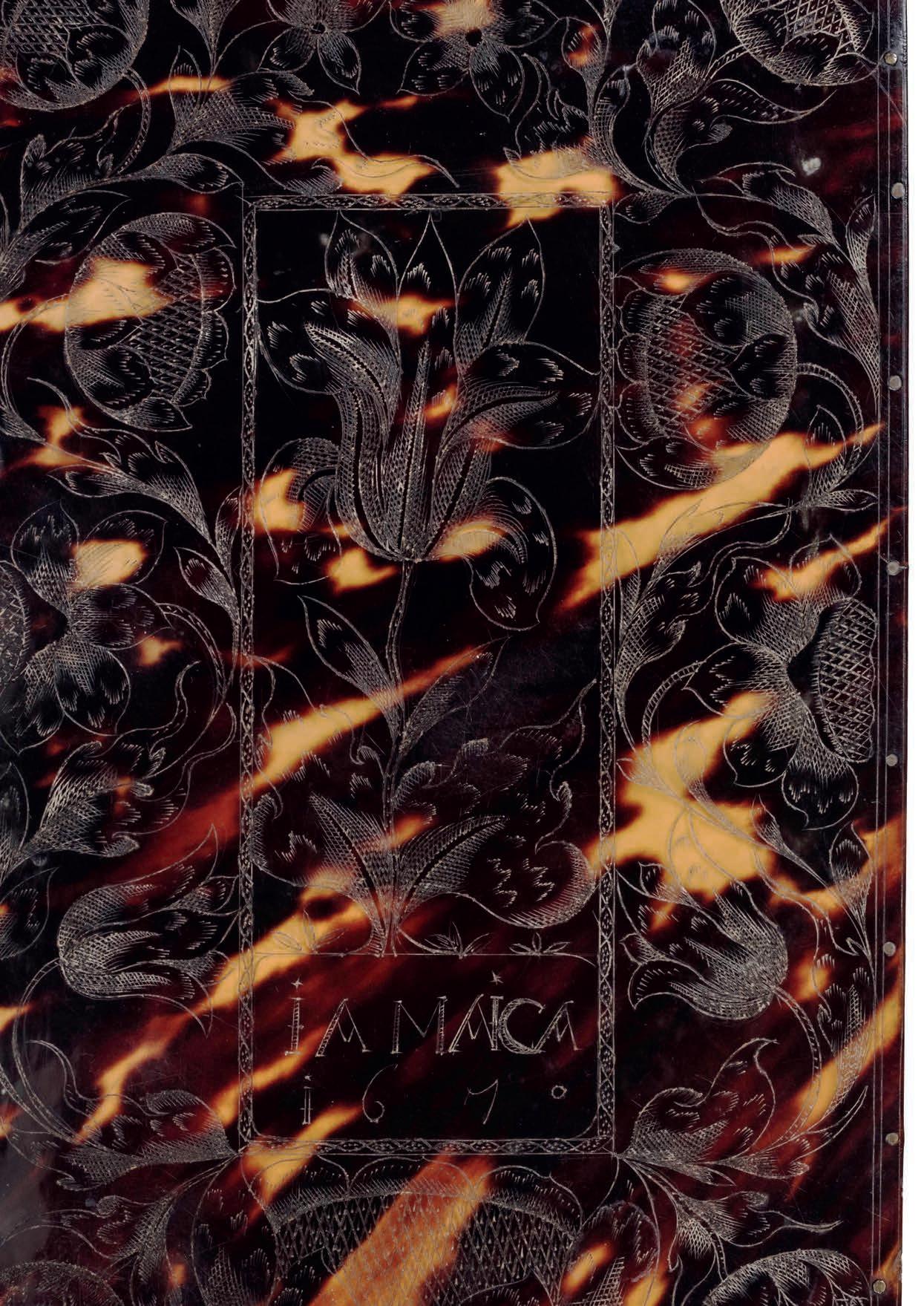
H. 19.5 x W. 12.5 x D. 0.6 cm
Provenance:
After England’s conquest of Jamaica from the Spanish colonist in 1655, Port Royal developed into a large city and the thriving commercial centre of (the then archipelago) Jamaica. However, this all ended when a massive earthquake devastated the city and swept two thirds it under the sea in 1692. Combs made of various materials such as ivory, wood and horn, were quite common in medieval and early modern England and a well-known status symbol. These tortoiseshell combs are objects created from familiar forms to reflect new cultural structures in a quickly changing society.
Taken home after the ‘colonial adventure’ as mementoes of Jamaica, they proved their owner’s worldliness and newly gathered fortunes by being a perfect balance between the ‘exotic’ and the familiar, thus being a tool to obtain a higher social status upon arrival. The narrow-toothed comb probably was intended for extracting lice and the wide-toothed comb for fixing wigs but was perhaps not to be used, but to be placed in a kunstkammer or some room alike.
The Institute of Jamaica in London has eleven tortoiseshell combs, one large box with combs and one powder box. The first comb for the Institute of Jamaica in London was purchased by members of the West India Committee in 1923. It was described by H.M.Cundall in the West India Committee Circular (1923) as “probably one of the earliest art objects made in the British West Indies displaying European influence.” The tortoiseshell works in the Jamaica Institute’s collection are thought to be from the hands of two craftsmen working in Port Royal between circa 1671-1684 and 1688- 1692, respectively. The present case with combs, dated 1670, is the earliest recorded, dated example and is linked to the first group. Philip Hart, in his article Tortoiseshell Comb Cases, for the Jamaica Journal (November 1983), reveals that recent research found an

Englishman called Paul Bennett, in Port Royal, listed in 1673 as a comb maker. Therefore it’s likely that Bennett was the maker of this first group and an apprentice or assistant of him was the maker of the second group. Other works supposedly by Paul Bennett include the Sir Cuthbert Grundly comb-case, dated 1672, a round powder box lid and comb case in a private U.S. collection, dated 1677, and the ‘Lady Smith’ casket, which is considered the artist’s masterpiece.
The Hawksbill Turtle’s shell was a widely used material and can be regarded as plastic avant la lettre, having the ability to bend when heated. These turtles were common in the oceans until hunted down almost to extinction, only to be (successfully) protected in the 20th century. This set is a beautiful but poignant expression of a painful cultural moment. Bought with wealth generated by enslaved Africans, it embodies the English appreciation of Jamaica’s glorious natural history and the simultaneous savaging of it.
For a comparable circular powder box with a domed lid inlaid with a few pieces of mother-of-pearl, three silver mouldings around the box and the lid, and engravings of indigenous flower heads and scrolling foliate motifs, see: Uit Verre Streken, June 2012, no. 4.
Literature: Philip Hart, ‘Tortoiseshell Comb Cases: a 17th century Jamaican Craft’ in: Jamaica Journal, the quarterly journal of the Institute of Jamaica, Vol 16, No 3 (August 1983)
15.
An Amazon indigenous wamara wood Macana war-club Southern-Guyana or Northern Brazil, Wapitxana group of the Aruak peoples, 18th century, possibly earlier H. 43 cm
The deep patina of the club present, and the residue on the part where it was held, attest to its great age. This unusually large Macana is decorated with several incised whitened anthropomorphic and human figures, a decoration only found on one other documented club in the British Museum (inv.no. Am1910,-.456), which is illustrated in: Hjalmar Stolpe, Amazon Indian designs from Brazilian and Guianan wood carvings, New York, Dover Publ., 1974. Among the earliest objects to reach Europe in the 17th century from Guyana are ‘four wooden clubs and five hammocks’ that entered the Tradescant collection and are now in the Ashmolean Museum in Oxford.
An early description of these war-clubs in Dutch Guyana, based on observations made from the years 1772 to 1777, is stated in the famous book Narrative of a five year expedition against the revolted Negroes of Surinam in Guiana on the Wild Coast of South America from the year 1772 to 1777 by the author Captain John Gabriël Stedman (1744-1797),: “I must not forget that every Indian carries a club, which they call apootoo, for their defence. These clubs are made of the heaviest wood in the forest; they are about eighteen inches long, flat at both ends, and square, but heavier at one end than the other.”
Literature:
Hjalmar Stolpe, Amazon Indian designs from Brazilian and Guianan wood carvings, New York, Dover Publ., 1974
We are grateful to our dear friend Mr. Peter van Drumpt for his assistance in writing this catalogue entry.
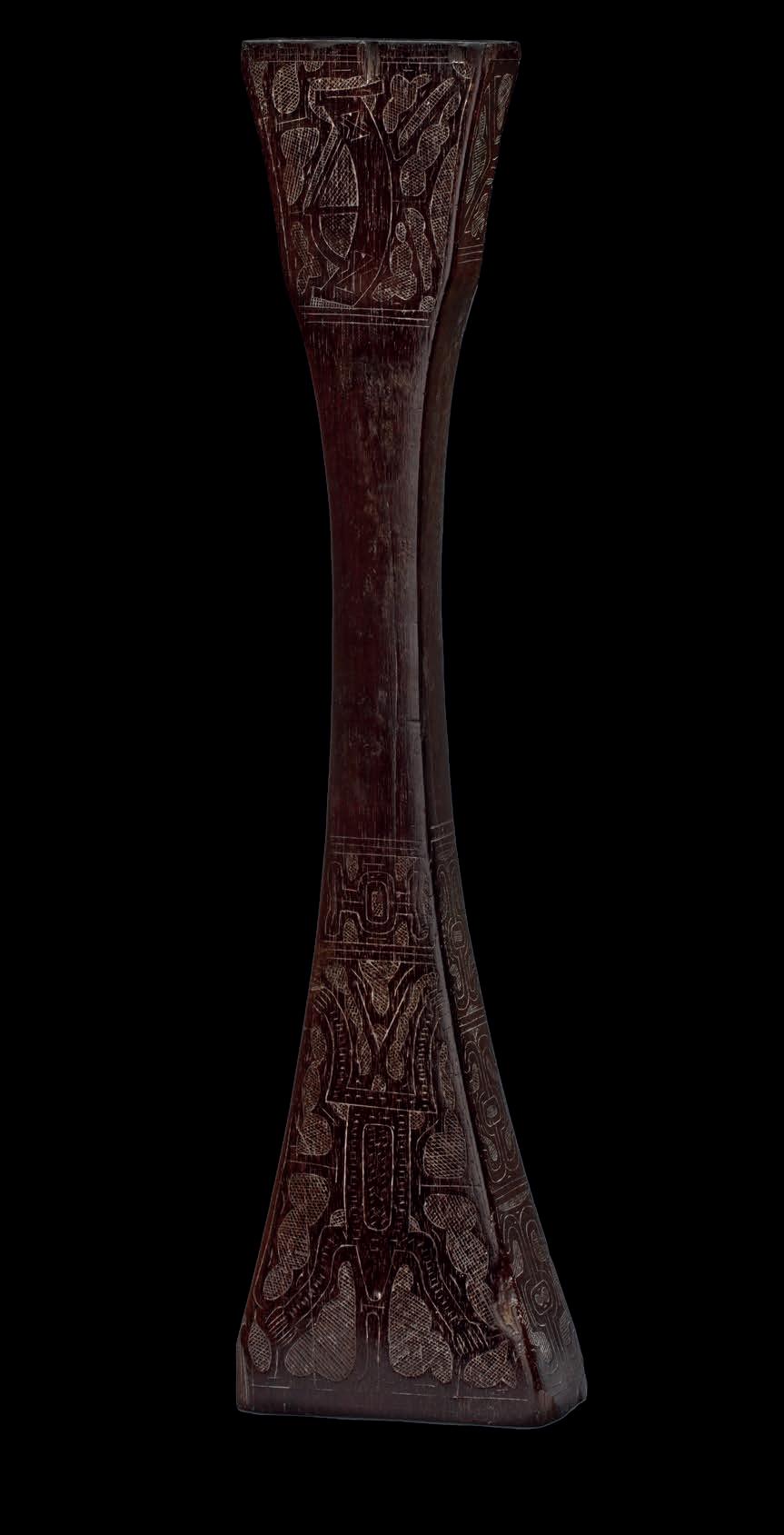

16.
A Rikbaktsa Amazon indigenous feather and hair headdress Brazil, Mato Grosso, Rio Juruena & Rio Sangue, collected in the 1950s-1960s
H. 65 cm (incl. stand)
The headband is made of cotton fabric, densely covered with small tufts of feathers that were incorporated during weaving, with 21 long threads with continuing tufts and feather bundles at the ends. On the band, the tufts of feathers are placed in a banded arrangement, with black Hokko bird or Great curassow (Crax rubra) feathers alternated with feathers of the Scarlet macaw (Ara macao) and the Ariel toucan (Ramphastos ariel). Placed below the 21 threads are 29 long Scarlet macaw and Yellow-breasted blue macaw (Ara ararauna) tail feathers, each with a bunch of colourful feathers tied to the tips. Locks of black human hair are suspended from the sides of the band at the ears of the wearer.
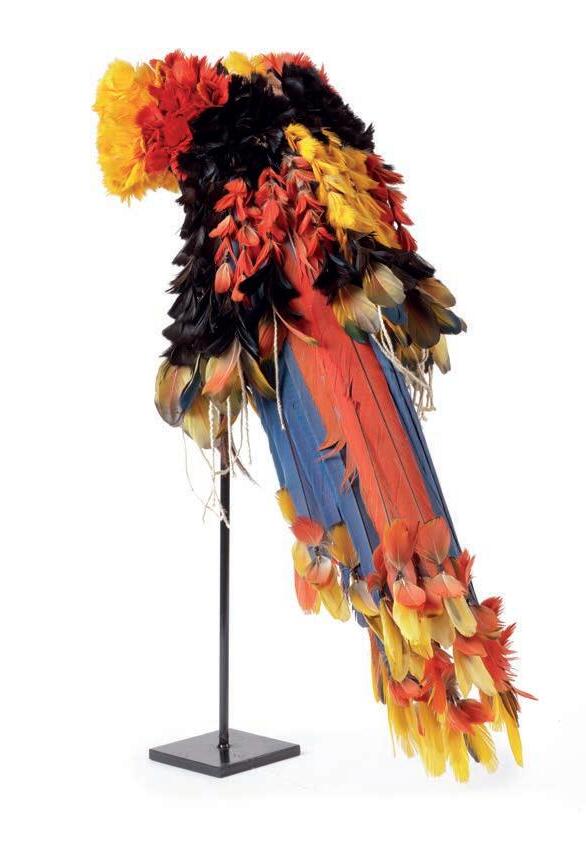
Provenance:
Collection of an anthropologist, Ireland (collected in the 1950s-1960s)
Literature:
- Gisela Völger & Ursula Dyckerhoff et al., Federarbeiten der Indianer Südamerikas aus der Studiensammlung Horst Antes, Oktagon Verlag, Stuttgart, 1995, no. 223
- Real Jard’n Botánico, Arte Plumario de Brasil, Instituto de Cooperación Iberoamericana, Comisión Quinto Centenario, 1988, p. 10, fig. 215
The Rikbaktsa people live in the continuous Indigenous Lands Erikbaktsa (1968), Japu’ra (1986) and Do Escondido (1998), in the Amazon rainforest in Brazil, Mato Grosso, and around Rio Juruena & Rio Sangue.
This group’s self-denomination – Rikbaktsa –means ‘the human beings’. Rik means person, human being; bak reinforces the meaning, and tsa is the suffix for the plural form. In the region they are called Canoeiros (Canoe
People), in reference to their ability in the use of canoes, or, less commonly, Orelhas de Pau (Wooden Ears), due to the use of large plugs made of wood to decorate their stretched earlobes.
Since the 17th century Rikbaktsa lands have been visited by Europeans, and both have always been hostile towards each other. By repute, the Rikbaktsa always were at war with the neighbouring tribes, being known as fierce warriors. Ages of European oppression and exploitation diminished the population numbers, but in the 1970s there was a change in the approach of the missionaries towards the Indigenous, recognizing their right to their own culture. Since the end of the 1970s the Rikbaktsa have struggled to regain control over part of their traditional lands. In 1985 they managed to recover the area known as Japu’ra and continued their effort to get back the Escondido region, which was finally demarcated in 1998. However, it is still occupied by miners, timber companies and colonization companies.
Part of the revenue will be donated to the Rikbaktsa for conservation and protection of their rightful lands.
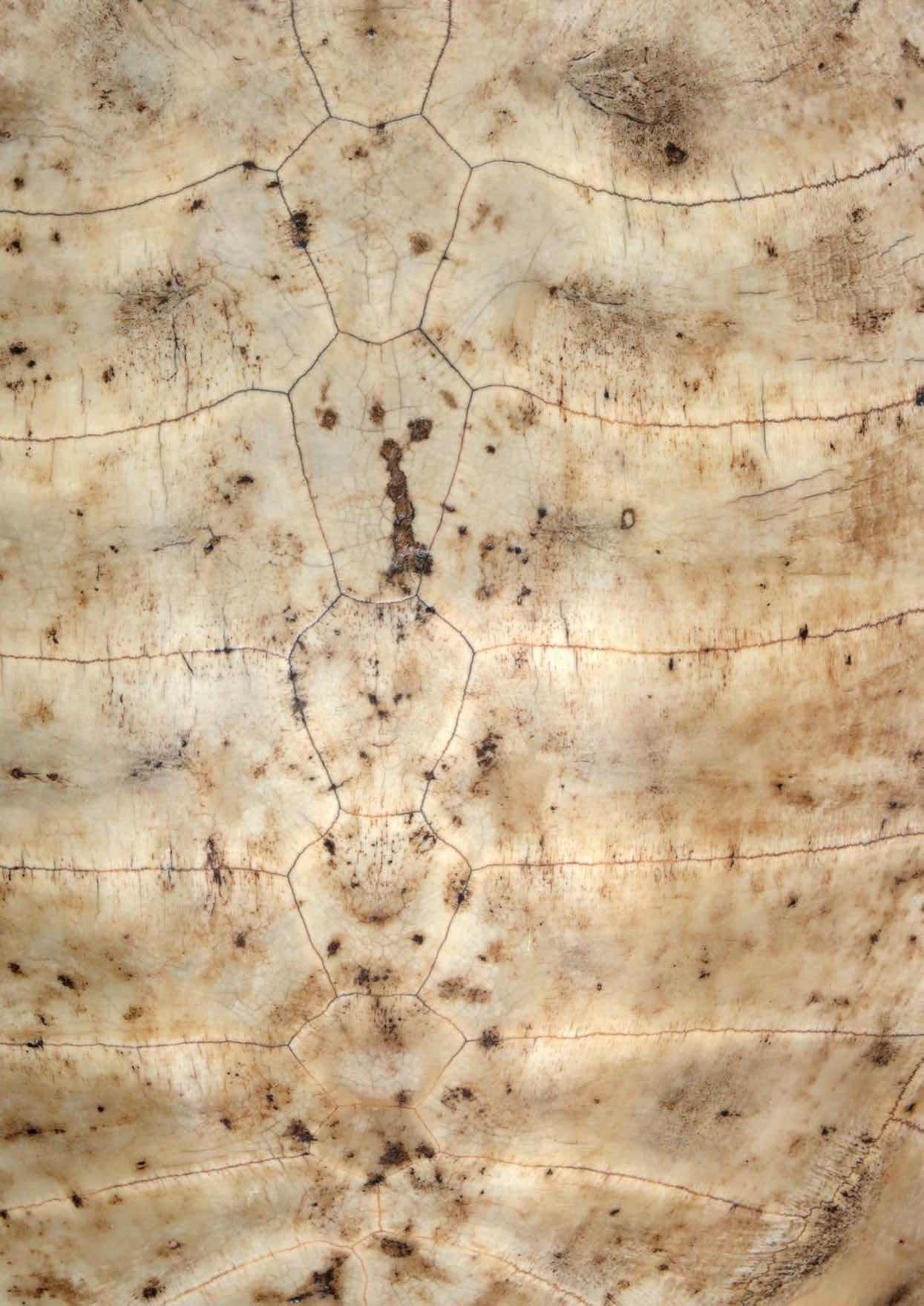
17.
A sailor’s polished Giant Amazon Arrau River Turtle (Pdocnemis expansa) shell England, 19th century
H. 68.5 x W. 58 cm
This is the shell of an Arrau Turtle or Giant Amazon River Turtle. These creatures are not white, as one would expect from the colour of this specimen. Upon return, European sailors would stock up on live turtles in their ships and try to keep them alive for as long as possible. Quite brilliant because the turtle would be fresh and could feed over a hundred men. In their spare time, the sailors would start polishing a shell, layer after layer, until it was white and would sell it as albino in the English harbour of arrival.
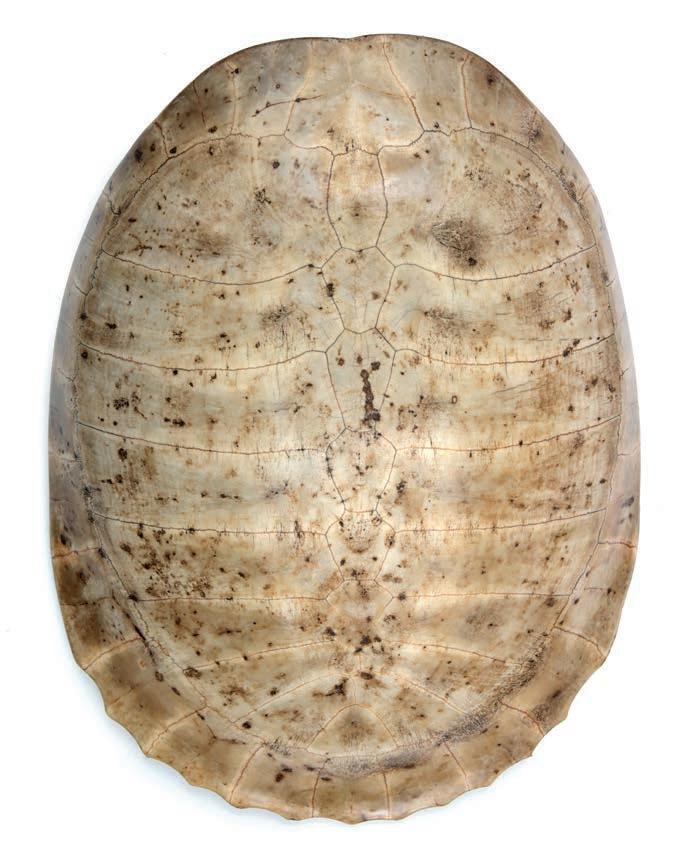

18.
A splendid Portuguese-colonial Brazilian silver ewer and basin Rio de Janeiro, circa 1780, with an unidentified maker’s mark HSC, and town mark R for Rio de Janeiro
L. 53 x W. 39 x H. 4 cm / Weight: 2480 grams (basin)
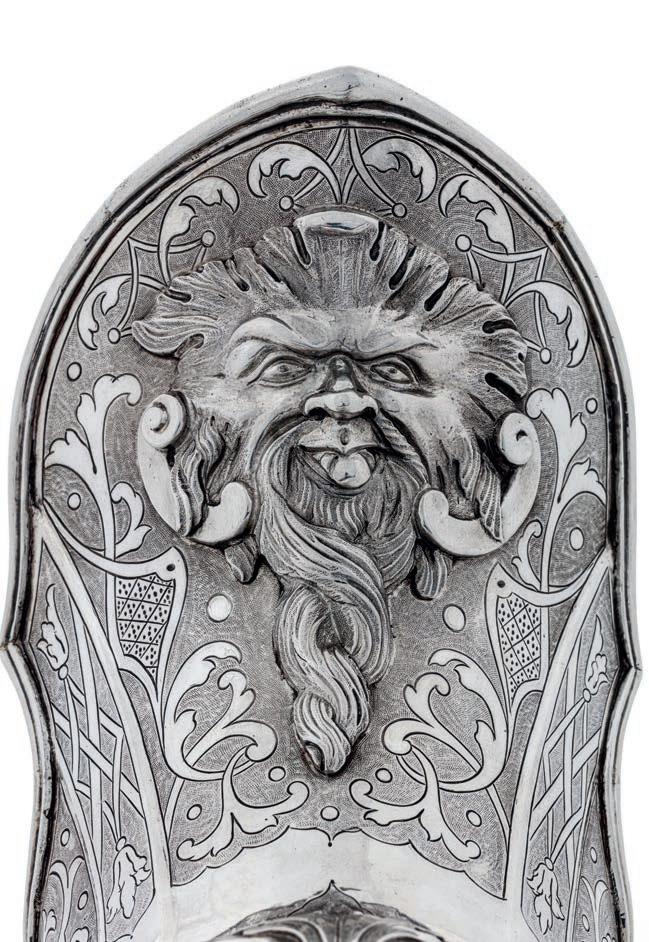
H. 30 x W. 12 cm / Weight: 2040 grams (ewer)
The quality of this ewer and basin, both in form and in chiselling and engraving truly is exceptional. They probably are by the same maker as a very similar ewer in the Catedral São Sebastião do Rio de Janeiro, and an ewer and basin, in the Mosteiro de São Bento, a monastery in Rio - both unmarked and dated second half 18th century. The most obvious difference is the handle which in these two ewers is in the form of a dragon instead of a woman. Brazilian silver, even very large pieces, mainly when ordered by the church, is very seldomly marked, and so far, no research into Brazilian silver marks has been conducted. The use of these handwashing basins and ewers at the table was a welcome requirement due to the frequent absence of cutlery.
Literature:
- Humberto M. Franceshi, O Of’cio da Prata no Brasil, Rio de Janeiro, 1988, p. 182-185
- Manuel Gonçalves Vidal, Marcas de Contrastes e Ourives Portugueses, Lisbon, 1974

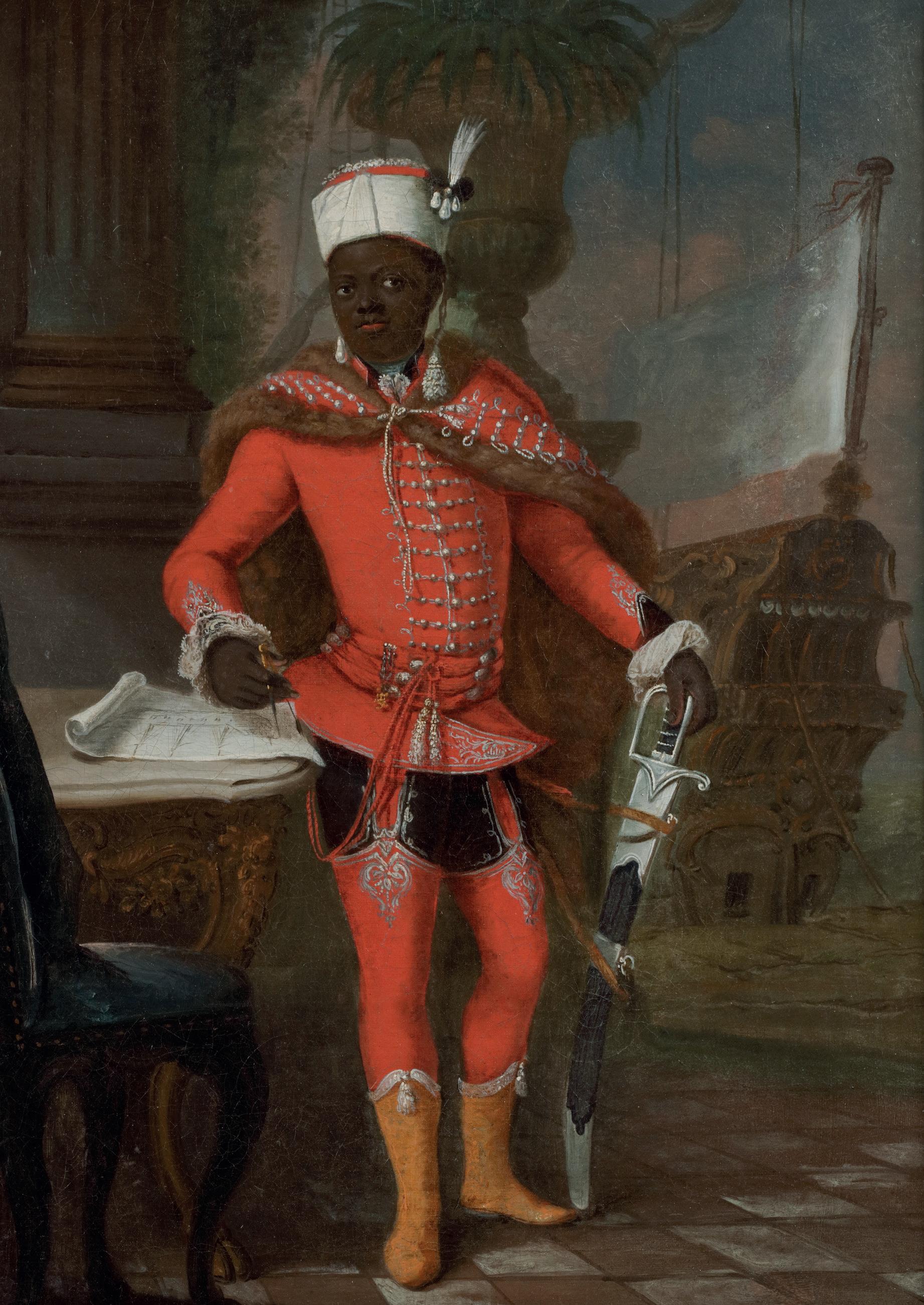
19.
French School (early 19th century)
‘Henri Christophe, Henri I, King of Haiti’
With old label reading Portrait de l’Empereur d’Haiti Oil on canvas, H. 57.8 x W. 43.8 cm

Provenance:
John Charles Frear, New York
His sale, Christie’s New York, 20 October 1988, lot 164
Sale, Christie’s, South Kensington, 9 October 2012, lot 319C Private collection, France
Depicted here is probably Henri Christophe (1767-1820), a key leader in the Haitian Revolution and the only monarch of the Kingdom of Haiti. Christophe was of Bambara ethnicity in West Africa. Beginning with the uprising of enslaved Africans of 1791, he rose to power in the ranks of the Haitian revolutionary military. The revolution succeeded in gaining independence from France in 1804. In 1805 he took part under Jean-Jacques Dessalines in capturing Santo Domingo (now the Dominican Republic) against French forces who acquired the colony from Spain in the Treaty of Basel. Soon after, he was promoted to colonel and admiral in contemporary sources, according to his title ‘Almirante de Marina’.
After Dessalines was assassinated, Christophe retreated to the Plainedu-Nord and created a separate government. On 17 February 1807, he was elected president of the State of Haiti, as he named that area. Alexandre Pétion was elected president in the south. On 26 March 1811, Christophe created a kingdom in the north and was proclaimed Henry I, King of Haiti. He also created a nobility and named his legitimate son Jacques-Victor Henry as prince and heir.
On 18 June 1809, British ships HMS Latona and HMS Cherub captured the French flagship Félicité, which had left Guadeloupe in company with another frigate sailing to France with colonial produce. The frigate escaped through superior sailing despite Cherub having conducted a long chase. Félicité was captured and seized, and the British sold the vessel to Henri Christophe’s State of Haiti the next month. The Haitians renamed her Améthyste. The French had their flagship seized and their colony lost, which was painful. The ship in the back is shown as a spill of victory behind the king. It is based on an engraving by Thomas-Charles Naudet (1773-1810) depicting the battle of Cap Français (Cap Haitiën) in 1802, titled Prise du Cap Français par l’Armée Française, sous le commandement du Général Le Clerc ; le 15 et 20 Pluviose, An 10. Paris. Prints like this would be spread and collected amongst the French. This battle in the north of Haiti was precisely where Henri Christophe defeated the French and freed the country from slavery. The king points at a drawing of a ship with a pair of compasses, a symbol of Henri laying the foundations for the Haitian Navy. The portrait is distinguished from a generic ‘orientalizing’ portrait of an African prince or Pirate by the French flag, a prominent feature in the painting. Many French would immediately recognize it as the seized flagship with their enemy proudly depicted in front of it.
Richard Evans (1784-1871) made the only official portraits of Henri and his son Prince Jacques-Victor-Henri Christophe in circa 1816. They are depicted as a military men focussing on his achievements in the revolution and not as a monarch. Grand socioeconomic ambitions characterized Christophe’s rule, and he used a despotic hand to achieve them. However, Christophe, who was illiterate, was deeply committed to public education and its ability to transform Haitian society. He saw it as a tool to combat racial prejudice internationally by allowing Haitians to reach their potential and showcase to a prejudiced world an enlightened Black nation.
Christophe (portrayed in the style of Reynolds and Lawrence) desired to visualize his rule through a known language borrowed from English taste - in further rejection of the French. Accordingly, he sent them to other heads of state as advertisements for his enlightened government and abolition. At the same time, caricatures started to appear in Europe, delegitimizing his rule and strongly contradicting this appearance.
King Henri I is known for constructing Citadel Henry, now known as Citadelle Laferrière, the Sans-Souci Palace, the royal chapel of Milot, and numerous other palaces. Under his policies of corvée, or forced labour bordering on slavery, the Kingdom earned revenues from agricultural production, primarily sugar; but the Haitian people resented the system. He agreed with Great Britain to respect its Caribbean colonies in exchange for their warnings to his government of any French naval activity threatening Haiti. In 1820, unpopular, ill and fearing a coup, he committed suicide. Jacques-Victor, his son and heir, was assassinated ten days later.
Why the king is depicted wearing a page costume, which enslaved black servants were often made to wear in Europe, remains unclear. However, it is possible that a French painter made this painting and drew his inspiration from his poor knowledge about the appearance of black people. Could Henri have ordered this portrait right after his naval victory before he formed his enlightened plans, or is he depicted as an illegitimate pirate king?
Sources:
D’az Calcaño, “Richard Evans, Portraits of the Caribbean’s first Black king and prince,” in: Smarthistory, May 12, 2022
Sullivan Robles, “A Black King in the Caribbean” in: Solving Social Issues through Multicultural Experiences: 20th Conference Monograph Series, NAAAS & Affiliates, Scarborough, 2012
Conerly, “’Your Majesty’s Friend’: Foreign Alliances in the Reign of Henri Christophe,” MA diss., University of New Orleans, 2013 Bailey, The Palace of Sans-Souci in Milot, Haiti, Deutscher Kunstverlag, Berlin, 2017
20. A ‘Scrimshaw’ elephant ivory tusk depicting ‘The Voyage in the Sunbeam’ Circa 1877
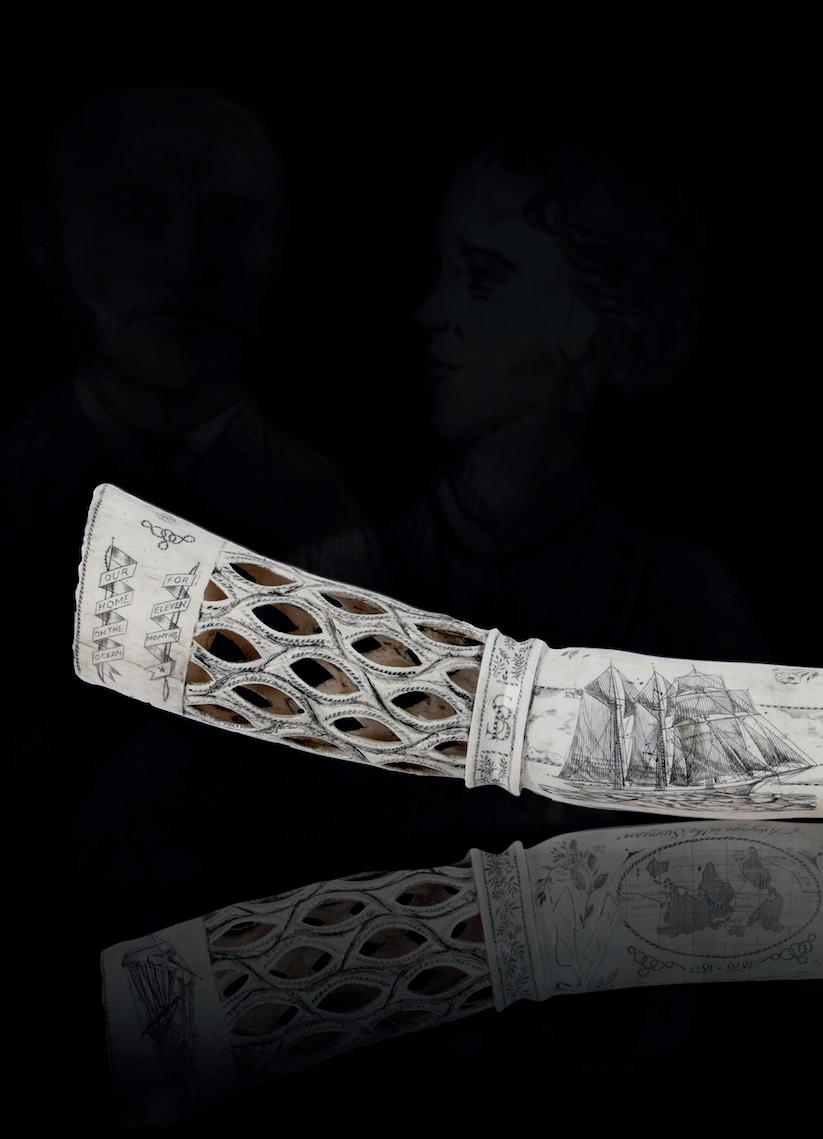
L. 65 x W. 12 x D. 8 cm
Provenance: Christie’s London, 10 November 1994, lot 60 Private collection, United Kingdom With Martyn Gregory ltd., London
Depicted here is the Voyage in the Sunbeam, the famous voyage Lady Anna ‘Annie’ Baroness Brassey (1839-1887) her husband Thomas Earl Brassey (1836-1918) and their five children undertook in 1876 and 1877. They boarded their luxury yacht Sunbeam and travelled the world. A full account of their journey via amongst others South America, Hawaii, Japan, China and Sri Lanka was first published in 1878 as “Around the World in the Yacht ‘Sunbeam’, our Home in the Ocean for Eleven Months” written by Lady Brassey. The novel comprises fantastic stories of a longlost world. Amongst them their visit to the Maharaja of Jahore who “… gave me some splendid Malay silk sarongs, grown, made and woven
in his kingdom, a pair of tusks of an elephant shot within a mile of the house…” according to Brassey.
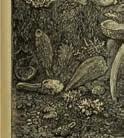
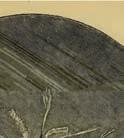
After their travels, they welcomed King Kalākaua of Hawaii in July 1881 who had been greatly pleased with her description of his kingdom. He was entertained at Normanhurst Castle and invested Lady Brassey with the Royal Order of Kapiolani.

The illustrations in the book are after etchings by the Honourable A.Y. Gingham, who worked for Brassey aboard the Sunbeam. We can safely assume that he was given this tusk by Lady Brassey, after she received a pair from the Maharaja, to engrave the voyage on this elephant tusk, thus making it a rare literary relic.

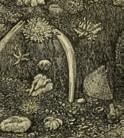



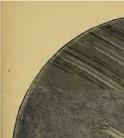
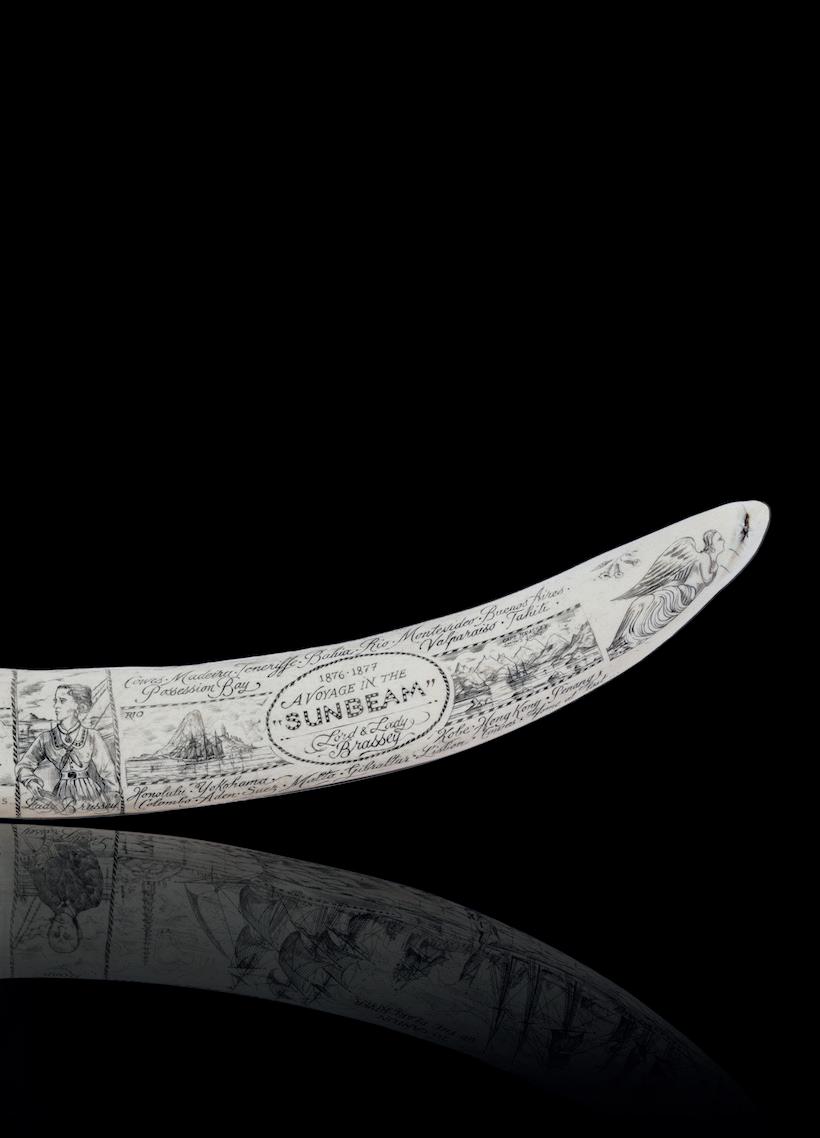

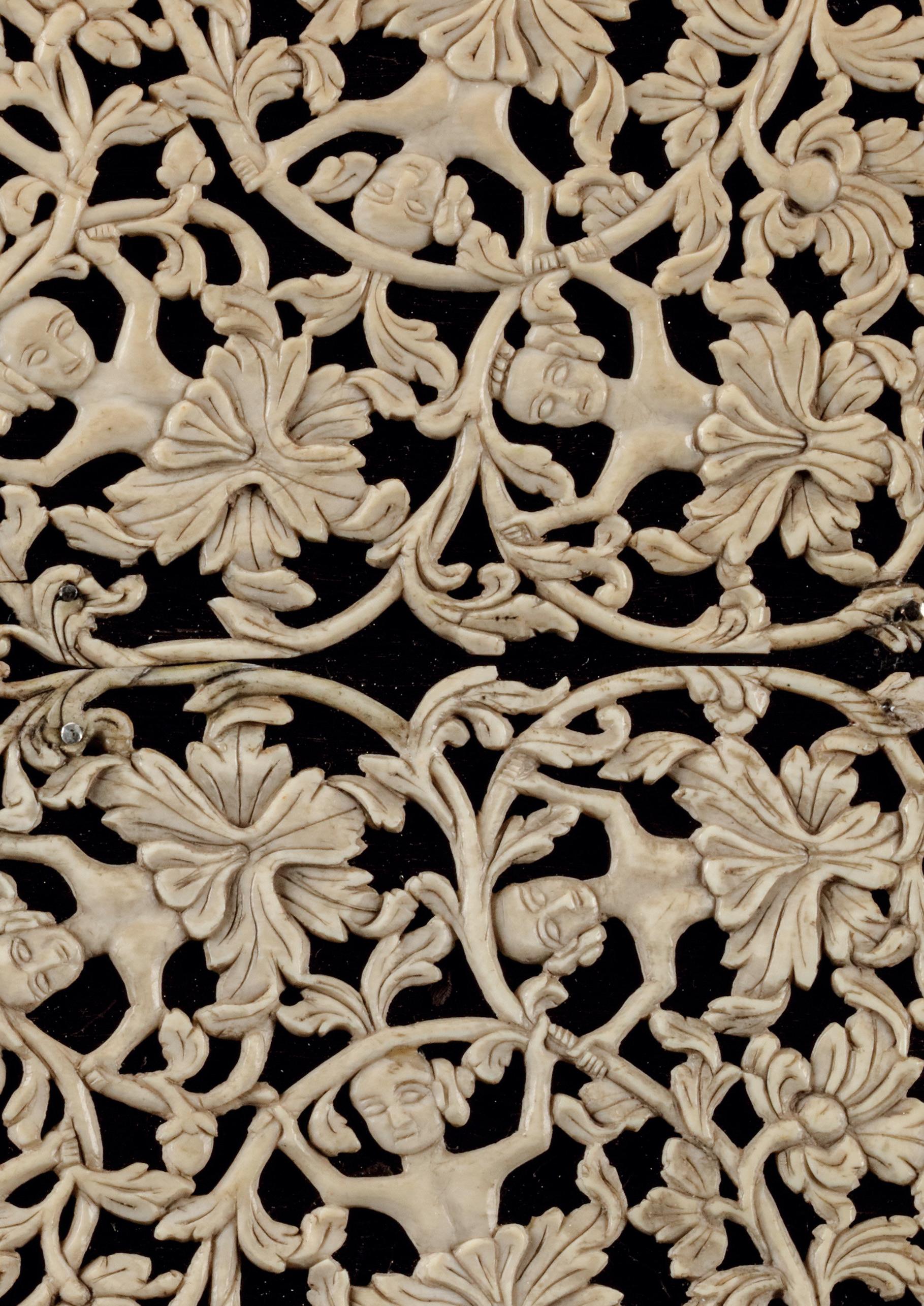
21.
A Persian export lacquer Chinoiserie box for the Dutch market depicting Leiden cloth-traders

Persia (Iran), Qajar, 19th century
H. 7.6 x W. 28.8 x D. 25.5 cm
Provenance: Private collection, United States
This simple, rectangular lacquer box offers a most curious mixture of cultural influences that skilfully masks its likely point of origin. The dichromatic composition in black and gold immediately strikes us as being East-Asian, especially when discovering the distinctly Chinese landscapes and junks – with a single Dutch 17th -century VOC three-masteron the sides of the box. However, careful inspection reveals that all the motifs are oil painted rather than using the EastAsian technique of sprinkling gold powder into unhardened lacquer, ruling out China or Japan. Further studying the beautifully spirit-varnished lid, we can distinguish four unmistakably European traders who are in conclave about a large batch of neatly folded cloth. Are we then looking at a European-made Chinoiserie lacquer box?
Chinoiserie designs did occur in European lacquer workshops in the 19th century (the Adt factory in Saarbrücken and Forbach is known to have produced such items) influences of Islamic/Persian lacquerware were limited to early Venetian lacquer of the 16th and very early 17th century – which this box certainly isn’t – ruling out European lacquer.
The truth appears to lie in the geographical middle, as the medallions surrounding the central motif portray lions, deer, and oxen that echo the Islamic tradition of decorating in the Middle East and India. Occidentalism is a characteristic feature of Persian lacquer in the 19th century. The Persian lacquer painters even copied Russian lacquers very carefully and on a high artistic level. The confoundingly accurate mixture of styles and the undeniable quality of the decorations appear to point towards the Persian lacquer workshops of the 19th century.
The artisan who produced the piece must have had access to a variety of lacquerware imports from the Far East, for he successfully managed to incorporate several distinct cultural tropes into a well-balanced composition that would have tricked even the most experienced collectors of its age.
It is possibly a unique feature that somebody deliberately made a combination of three distinct lacquer cultures within a single item. Clearly, the person who commissioned the box was keenly aware of such cultural differences and perhaps even a collector of the lacquers of the world. All motifs are painted in a truly convincing manner, and display none of the ‘clumsiness’ that is often seen when artisans trying to copy motifs from foreign cultures. Especially the Chinese ‘Cantonese’ motifs are so bafflingly well done, that might even fool some of the most respected connoisseurs in the field.
The decoration seems to be referring to the (Dutch) cloth-trade and seems to be a free interpretation of an 18th century engraved label on packages of bales of Leiden fabric. The position, but especially the hands of the left figure in the back is exactly the same as on the copper plate, as well as other features, amongst which the cartouche, that recognizable. The copper plate for this engraving is in the collection of Museum de Lakenhal in Leiden (inv. no. 11056). This design can also be found on Chinese export porcelain, possibly ordered by a cloth-trader, dating from circa 1750 of which few pieces are known but a drainer was sold by us to the Lakenhal Museum but is not registered yet.
Perhaps a 19th century Dutch dealer in Eastern textiles or rugs – a collector of lacquerware as well - ordered this box? With can only say with certainty that the collector must have been as eccentric and worldly as the box itself.
In the collection of the Museum für Lackkunst in Munster is a small oval Persian box depicting a monk in a comparable golden ornamental frame, which dates from the late 19th century.
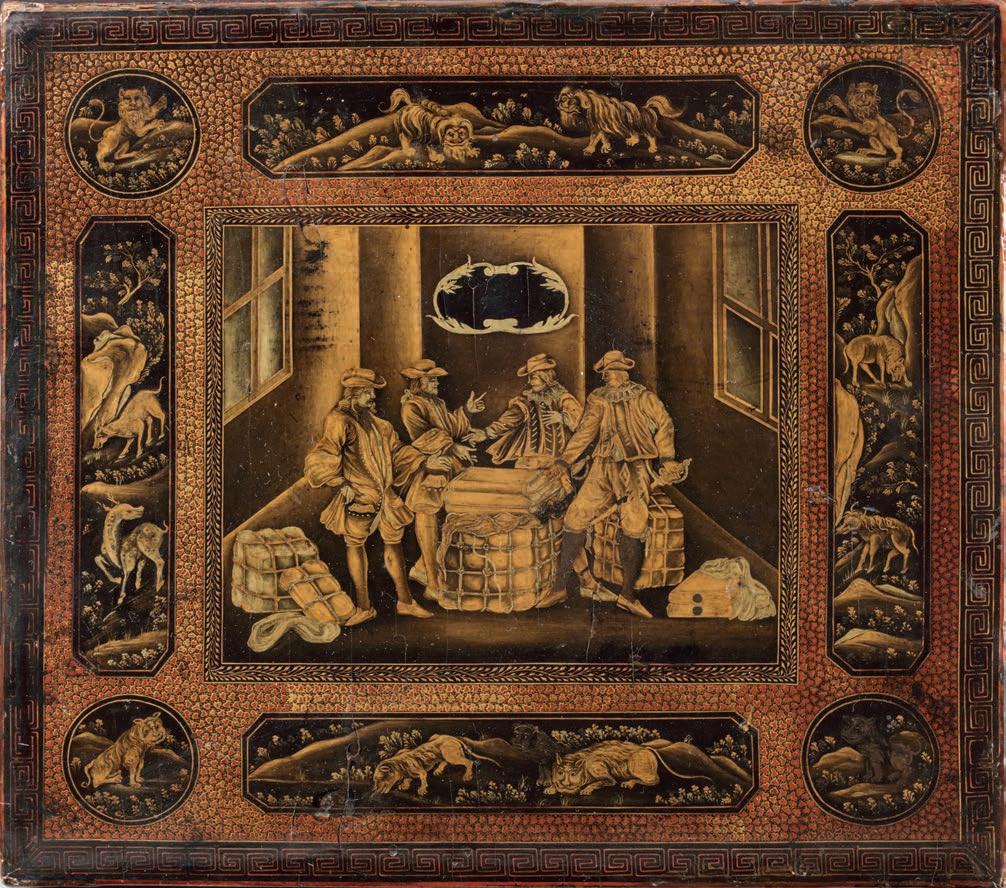
The low-relief carving of curling vines and large flowers is quite like engravings in Dutch silver of the same period. This type of carving belongs to the earliest type of carving in ebony, ordered by the Dutch in Asia. The Coromandel Coast harboured an important industry for producing carved ebony furniture before the Dutch were there. In the early 17th century, the Dutch presence on the ‘Cust’ became more substantial. They ordered their ‘Custmeubelen’ or coastal furniture here because, initially, that was the only place where they could get the highly favoured ebony furniture. Due to severe famines and many wars on the Coast in the second half of the 17th century, many local furniture makers and other craftsmen had to sell themselves into slavery to the Dutch. Many ended up practising their craftsmanship in Batavia
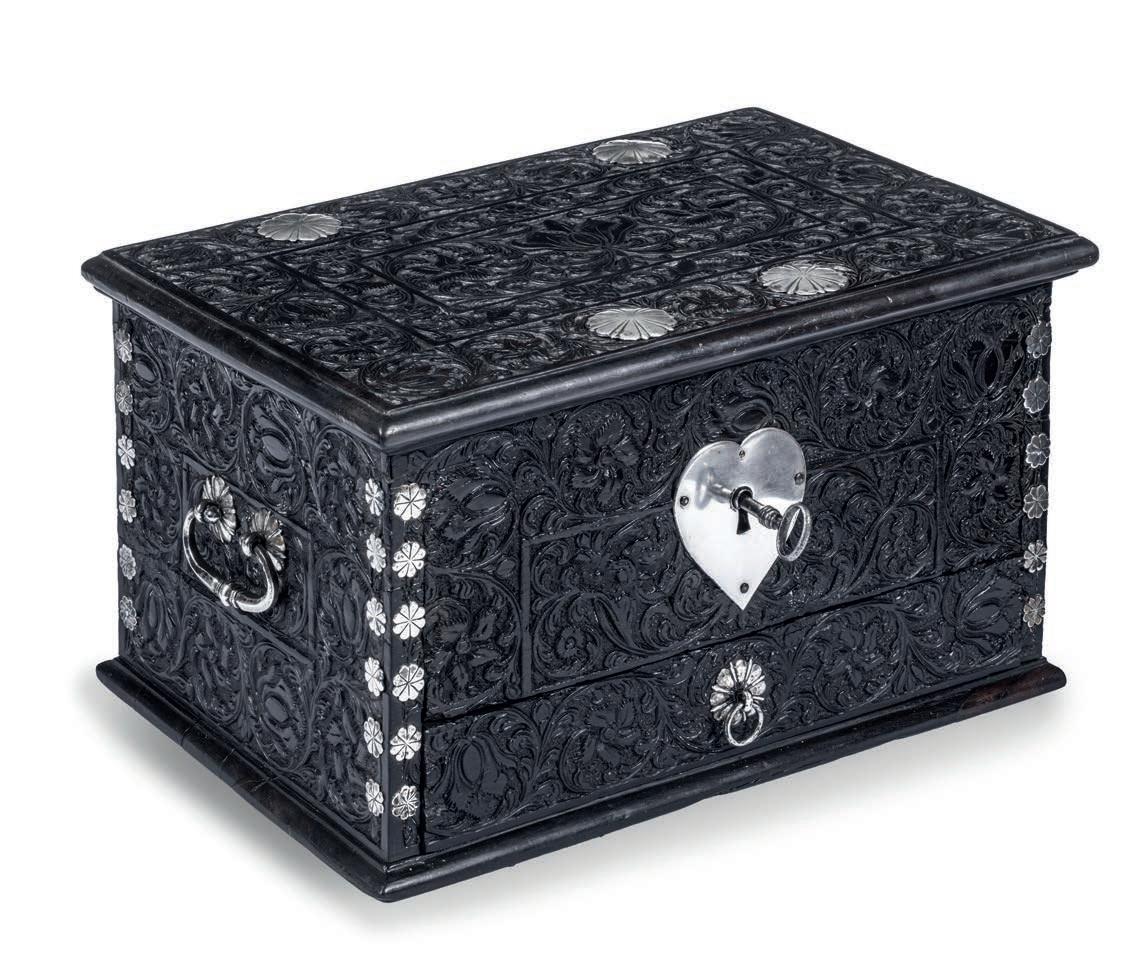

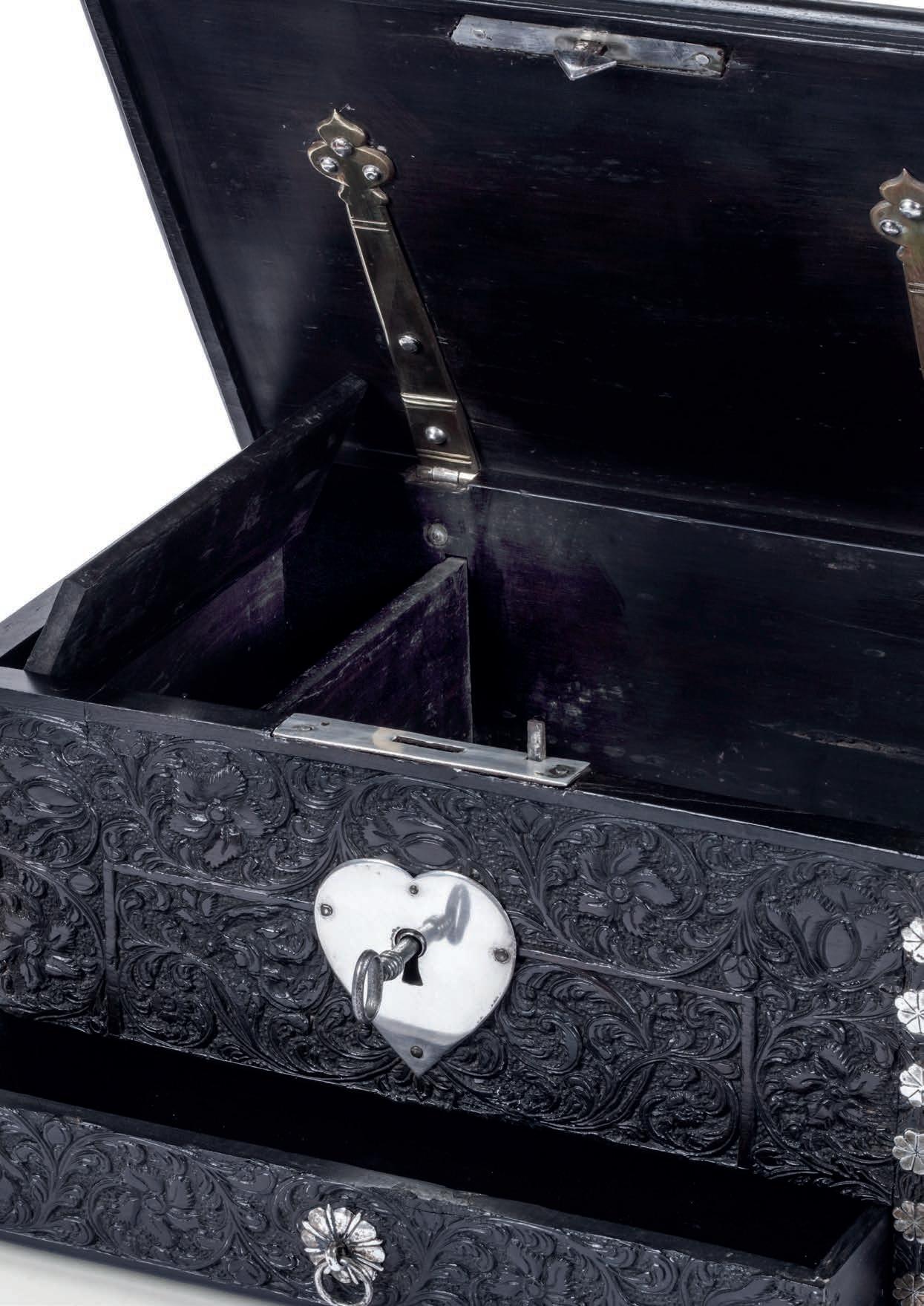
23. A pen-engraved bone-inlaid ebony document box with silver mounts
Coromandel Coast, Masulipatnam, 1730-1740
H. 9.5 x W. 30.3 x D. 22.8 cm
The box is all over decorated with fine inlays of small flowers connected by curling vines. In the middle of the lid is a plaque with a double-headed eagle, a symbol which originated from India and became very common in Sri Lanka (Bhēruņda pakshaya).
On the inside of the lid inlaid in bone, branches with small flowers emanating from a vase, and inside the box a small pen tray with a lid and a small drawer beneath.
Other document boxes, similar to the present one, often have the coat of arms of high-ranking Dutch VOC officials engraved on a plaque in the centre of the lid, such as the Falck family (c. 1730), Jan Albert Sichterman (c. 1736, director of the Bengal Coast), Jacob Mossel (c. 1740, merchant at the Coromandel Coast and later GovernorGeneral in Batavia), Galenus Mersen (c. 1740, director of the Coromandel Coast at Masulipatnam), and Jan van Oordt (c.1740, a VOC merchant at Ambon).


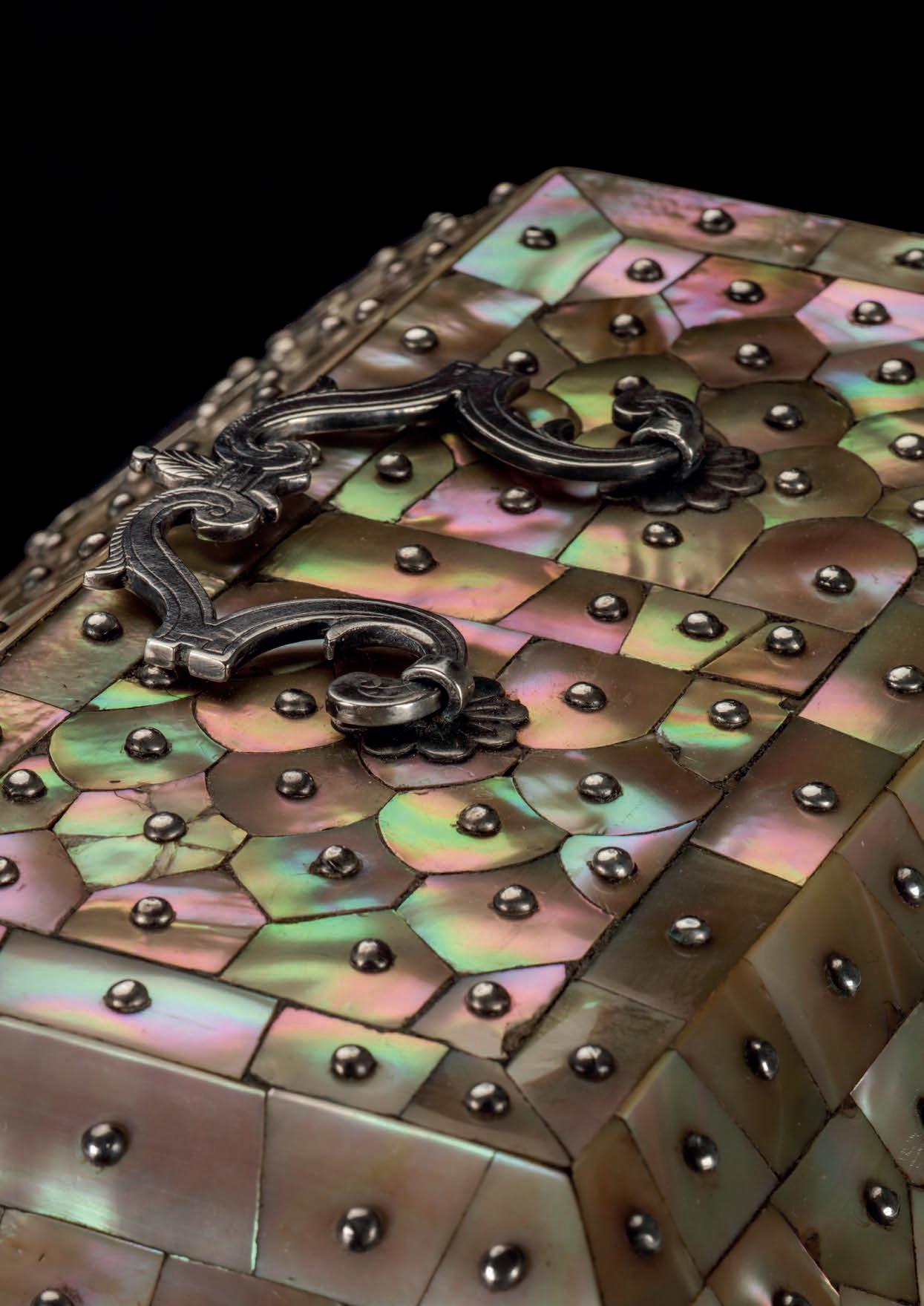
24.
An exceptional Indo-Portuguese colonial mother-of-pearl veneered casket with silver mounts
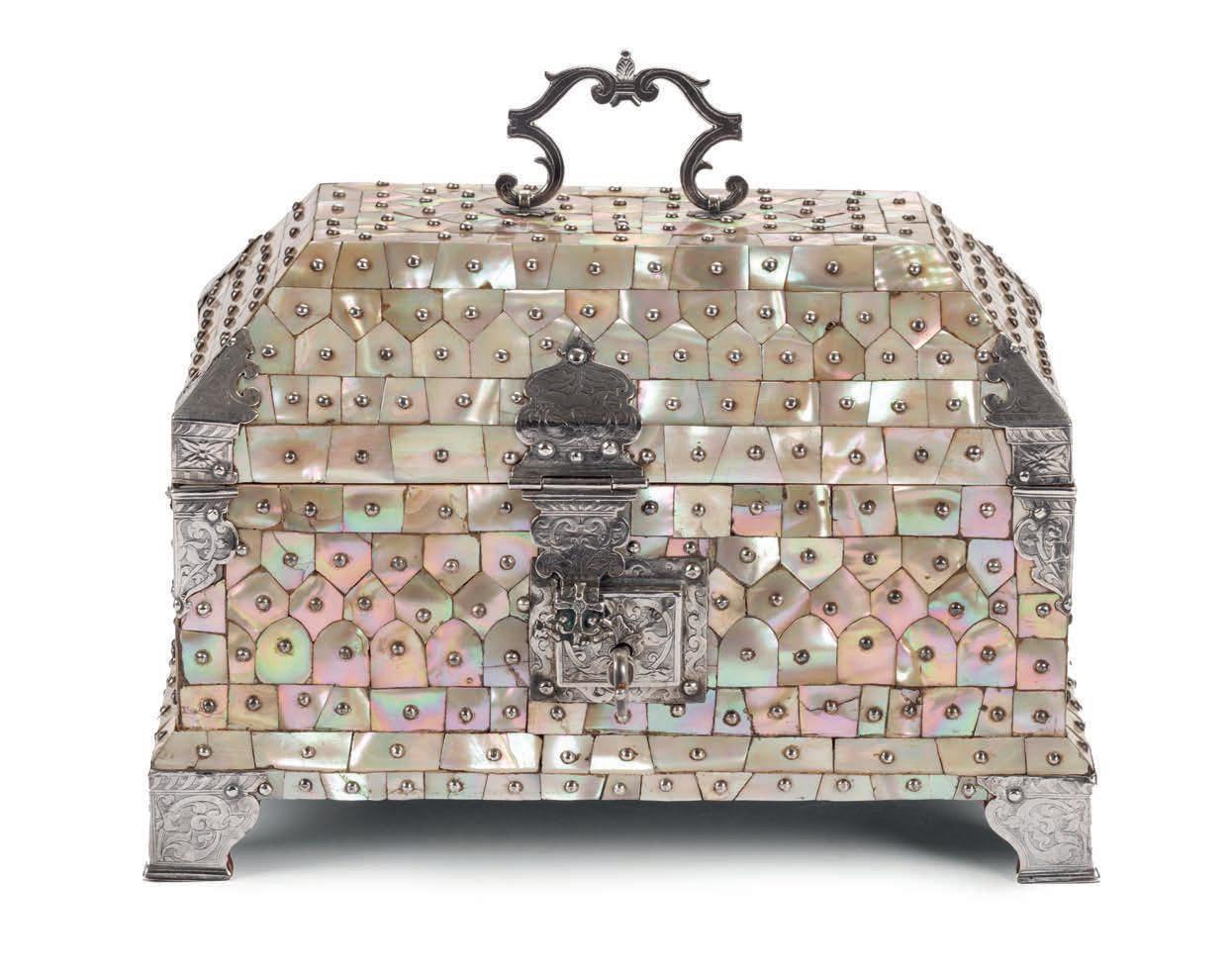
India, Gujarat, 2nd half of the 16th century, the silver mounts Goa or probably Lisbon
H. 16 x W. 24.6 x D. 16.1 cm
An exceptional Gujarati casket with a rectangular box and truncated pyramidal lid (with slopes on each side and a flat top) made from exotic wood, probably teak (Tectona grandis), covered with a mother-of-pearl mosaic. The tesserae, cut from the shell of the green turban sea snail (Turbo marmoratus, a marine gastropod) in the shape of fish scales, are pinned to the wooden structure with silver ball-headed nails. The casket is set on bracket feet on the corners. The masterfully engraved decoration of the silver mounts follows the most refined and erudite Mannerist repertoire of rinceaux and ferroneries dating from the mid-16th century. The high quality and refinement of the silver mounts and, likewise, the silver nails that replaced the original brass pins used to hold the mother-of-pearl tesserae in place indicate the work of a silversmith probably working in Lisbon in the second half of the 16th century.
The Indian origin of this production, namely from Cambay (Khambhat) and Surat in the present state of Gujarat in north India, is, as for the last three decades, consensual and fully demonstrated, not only by documentary and literary evidence - such as descriptions, travelogues and contemporary archival documentation - but also by the survival in situ of 16th-century wooden structures covered in mother-of-pearl tesserae. A fine example is a canopy decorating the tomb (dargah) of the Sufi saint, Sheik Salim Chisti (1478-1572) in Fatehpur Sikri in Agra district in the state of Uttar Pradesh, north India. This is an artistic production, geometric in character and Islamic in nature, where usually the mother-of-pearl tesserae form complex designs of fish scales or, similar to the dishes also made using the same technique, with the thin brass sheets and pins, stylized lotus flowers. The truncated pyramidal shape corresponds, like their contemporary tortoiseshell counterparts also made in Gujarat, to a piece of furniture used in the Indian subcontinent within the Islamic world prior to the arrival of the first Portuguese. This shape, in fact, is very old and peculiar to East-Asian caskets, chests or boxes used to contain and protect Buddhist texts, the sutras.
A similar chest is the famous and large reliquary chest from Lisbon cathedral that once contained the relics of the city’s patron saint, Saint Vincent. Both match in shape, having the same kind of socle or pedestal and bracket feet, and in their engraved silver mountings, featuring the same type of refined, erudite decoration. Their differences lie in the silver borders that frame the entire length of the edges of the chest (both the box and the lid), pinned with silver nails, and on the lock plate, shaped like a coat of arms in the Lisbon example. Given the exceptional dimensions of the reliquary casket from Lisbon cathedral (48 x 65 x 42 cm), the goldsmith responsible for its mounting opted to place two bracket-shaped side handles instead of a top handle, as in our casket. Another similar example, probably mounted in the same Lisbon workshop as the other examples from this small group, belongs to the Seville Cathedral and remains almost unknown. It shares many features in common with the one in the Lisbon cathedral, namely the use of engraved silver borders running along the edges, protecting the casket. An aspect that distinguished it from the others is the use of tesserae cut from Turbo marmoratus, which show a higher iridescence but also cut from the shell of the pearl oyster, probably Pinctada radiata or Pinctada maxima, given the whitish hue of the base colour. Nevertheless, the type of square-like lock plate is similar to our casket.

Another example, slightly larger but with less silver mounts, is in the collection of the Kunstkammer Wien in the Kunsthistorischen Museums in Vienna (inv.no. GS Kap 5) and belonged to the Habsburger Family. The same type of large silver ball-headed nails seems to be characteristic of this small, rare and important group, of which the present example is the second known example in private hands, given that the others have been in their current place since the time they entered their collections in the late 16th century or the first years of the 17th century.
Bernardo Ferrão, Mobiliário Português. Dos Primórdios ao Maneirismo, Vol. 3, Porto, Lello & Irmão Editores, 1990, pp. 114-122
José Jordão Felgueiras, “Uma Fam’lia de Objectos Preciosos do Guzarate. A Family of Precious Gujurati Works”, in Nuno Vassallo e Silva (ed.), A Herança de Rauluchantim, The Heritage of Rauluchantim (cat.), Lisboa, Museu de S. Roque - Comissão Nacional para as Comemorações dos Descobrimentos Portugueses, 1996, pp. 128-155
Sigrid Sangl, “Brilho mágico e origem exótica. Objectos em madrepérola da ‘ndia quinhentista e seiscentista”, in Francisco A.C. Sousa et al., Um Olhar do Porto. Uma Colecção de Artes Decorativas (cat.), Funchal, Quinta das Cruzes - Museu, 2005, pp. 23-27
Hugo Miguel Crespo, Jóias da Carreira da ‘ndia (cat.), Lisboa, Fundação Oriente, 2014, pp. 65-69
Aguiar Branco, Lisbon
Helmut Trnek et al. (eds.), Exotica. Os Descobrimentos Portugueses e as Câmaras de Maravilhas do Renascimento (cat.), Lisboa, Fundação Calouste Gulbenkian, Lisboa, 2001, cat. 18, p. 111
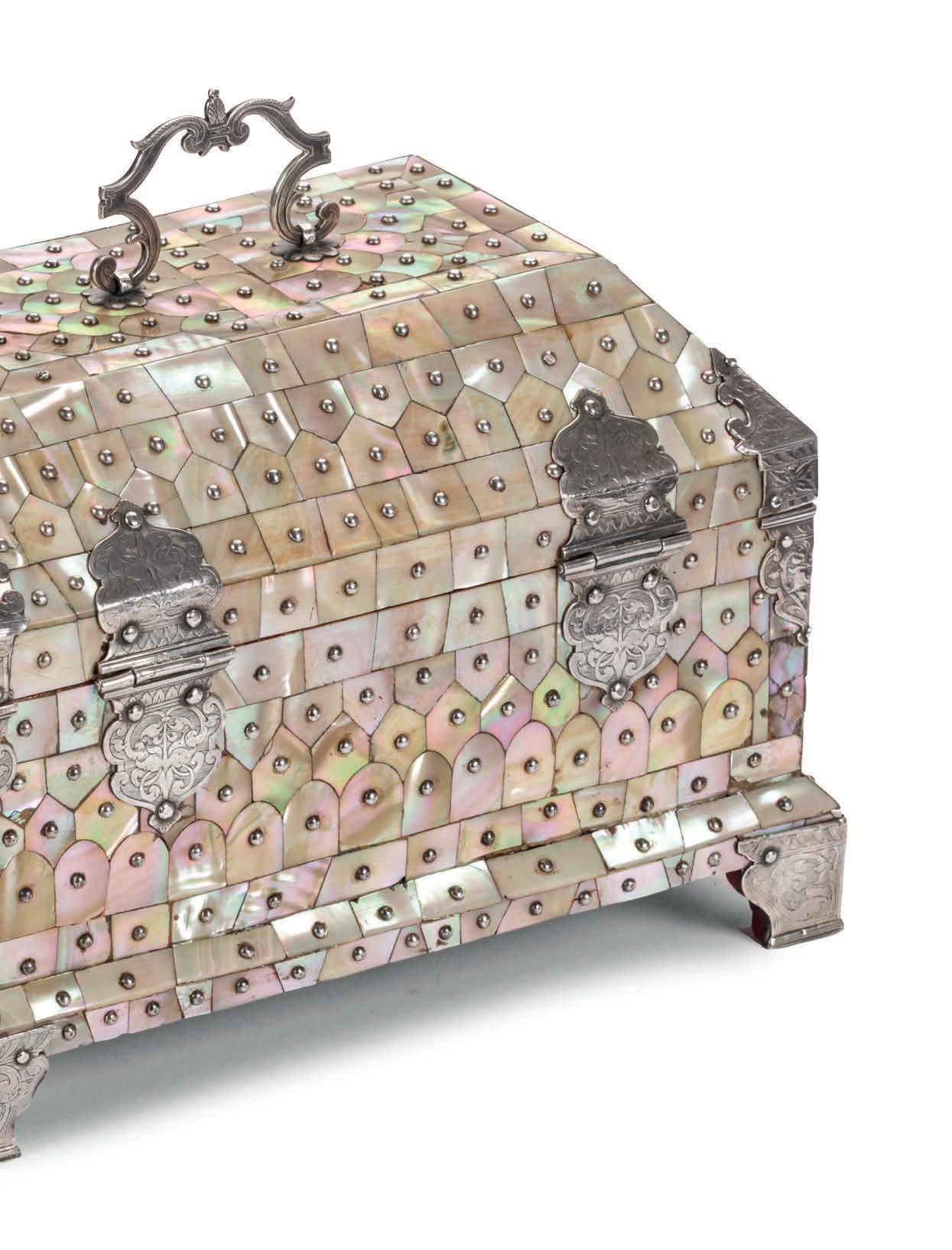
25.
A Dutch-colonial Sinhalese ebony two-door cabinet with silver mounts Sri Lanka, Kandy, 2nd half 17th century, the mounts later
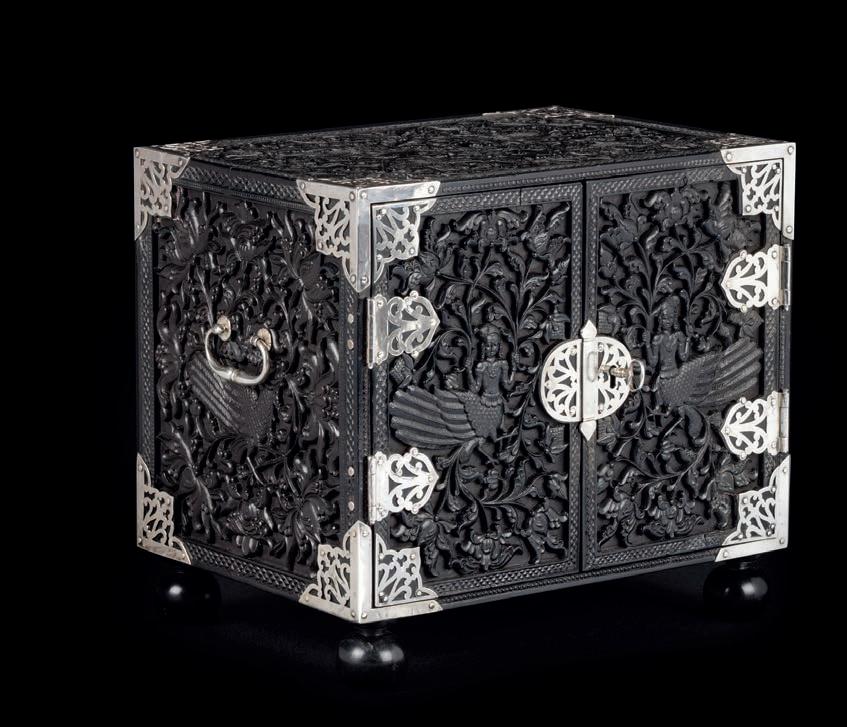
The cabinet with a central drawer with hidden compartment and the top drawer divided into four compartments. The surface carved all-over with scrolling plants issuing fleshy lotus palmettes, and in addition the exterior of the doors with a pair of kinnaris, the top with a seated deity encircled by birds, the back with a central lotus rosette flanked by quadrupeds and birds, and lastly the sides with a serapendiya, bordered by narrow diaper kundi rakkan bands.
H. 29 x W. 32.5 x D. 23 cm
The richly decorated panels carved in differing degrees of relief reveal the skill of the Sinhalese craftsmen and the scrolls issuing a richness of flowers and fruits are indicative of the island’s vegetal abundance. Their stylization is result of a cross-fertilization of Dutch and Sinhalese decorative elements that appear on furniture, textiles and silver that later appeared across the Asian VOC territories. The mythical kinnaris, serapendiya and the kundi rakkan banding are typical forms of Sinhalese ornamentation, but not often seen on furniture for the Dutch. (Mediaeval Sinhalese Art, Ananda K. Coomaraswamy, Pantheon Books 1908).

For cabinets of similar form and decoration see: Furniture from Indonesia, Sri Lanka and India during the Dutch period, Jan Veenendaal, 1985 pl.25, 29 and 58. Comparable Sinhalese furniture and objects with related carved decoration can be found in the Royal Collection Trust (21610, 21611), the Museum of Fine Arts Boston (1993.29) and the British Museum (1943.0712.4).
Provenance: Private collection, United Kingdom Peter Lang, United Kingdom

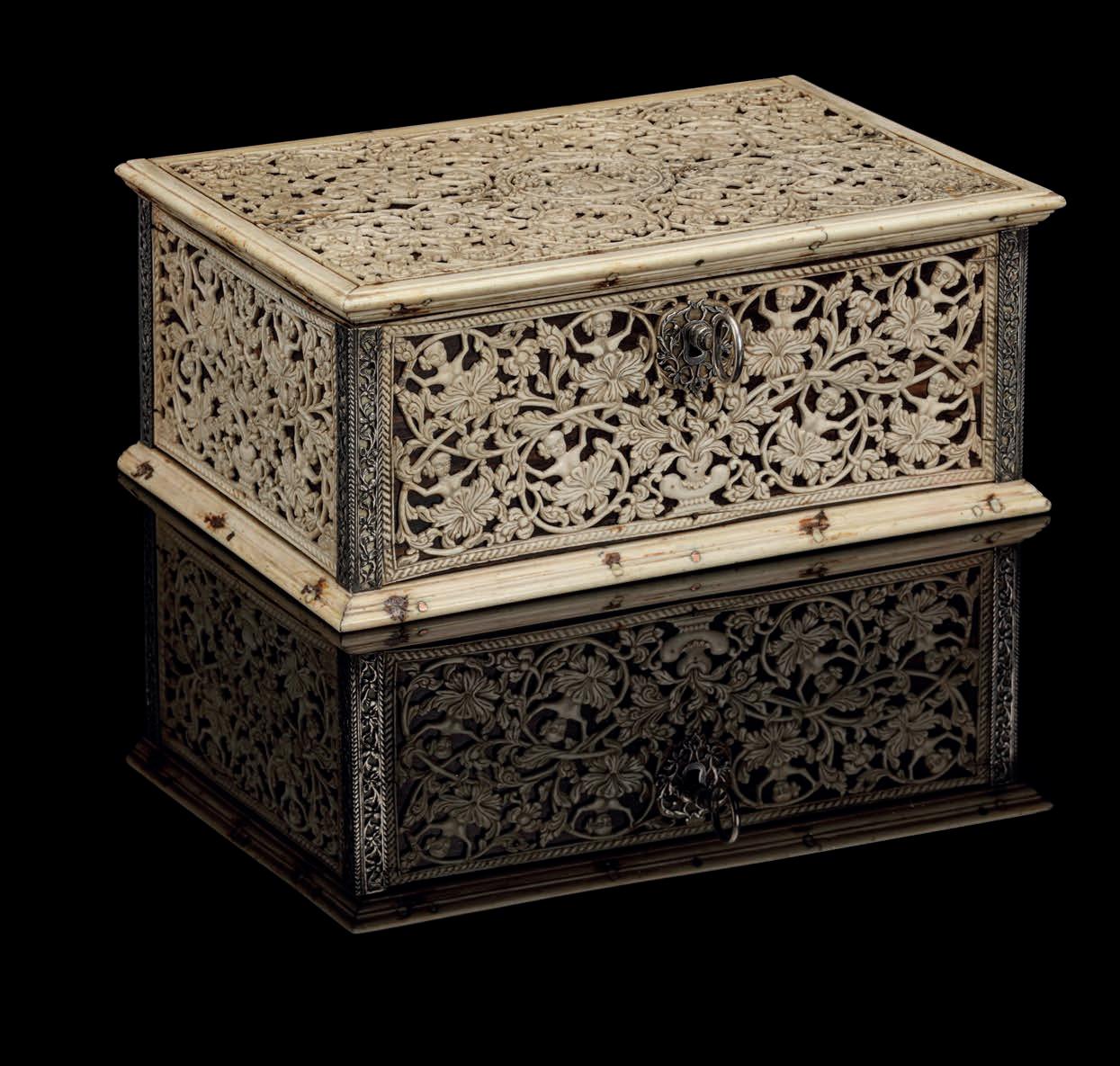
26.
A Portuguese-colonial Sinhalese openwork ivory and ebony casket with silver mounts Sri Lanka,1sthalf 17th century
H. 10 x W. 23.2 x D. 16 cm

The ebony box with ivory borders and silver hinges, lock plate and corner mounts, isentirelycovered with openwork ivory panels.This type of work was typically done during the Portuguese period on Sri Lanka.
The ivory decoration on the front, back and both sides consists of branches sprouting from vases and ending in flower bases from which women appear. The mythical climbing vines ending in the appearance of a woman are a very common element in Kandyan design and known as nãrilatã-vẹla or ‘in all wise of perfect beauty, glorious in grace’. Like most other mythical things the Nãri-latã-vẹla is supposed to grow in the Himalayas where it has been known to shake the resolution of hermits. The central decoration of a woman on top of an elephant holding flowers in both hands may be associated with the goddess Śrĩ (Lakshmi) the consort of Vishnu, the feminine beauty personified and goddess of fortune.
A similar box in thecollection of theNational Museum of Colombo is illustrated in Portugal e Ceilão,Pedro Dias, Lisboa 2006, p.179.

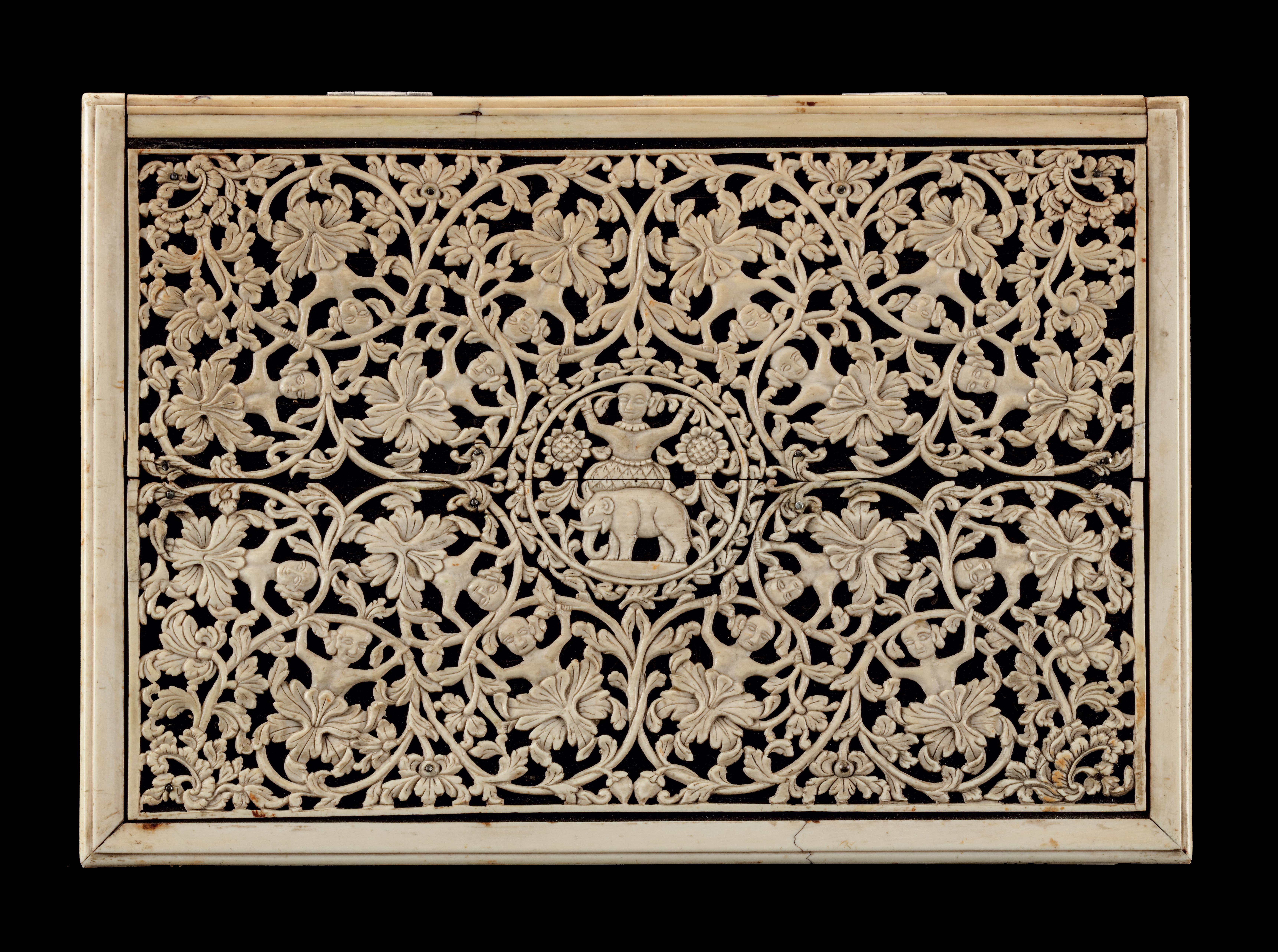
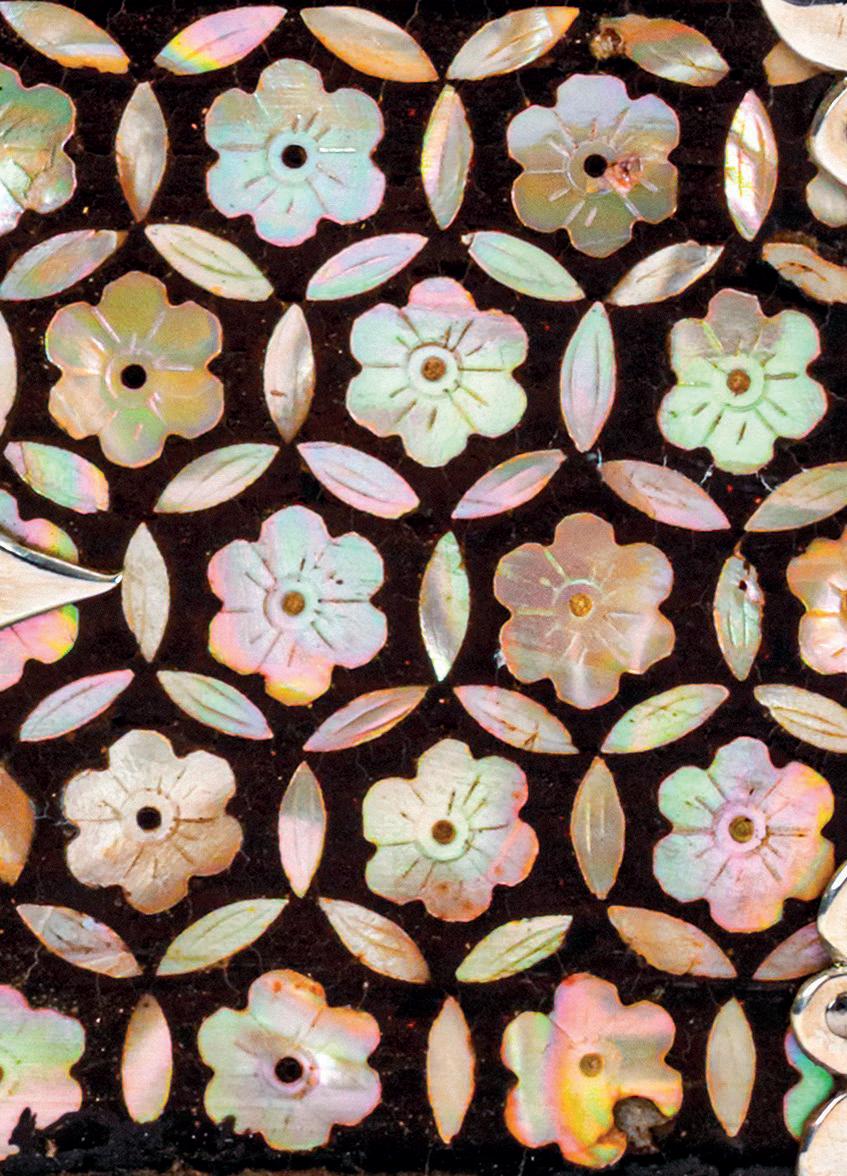
27.
A Buginese gold and buffalo horn
Royal badek dagger
Indonesia, Sulawesi, 1st half 18th century
L. 54 cm
The solid gold scabbard is inscribed with a magic square, as well as inscribed in Arabic: la ilaha illallah Mohammed ur rasul Allah (which translates to: Bear witness that there is no deity but Allah, and I bear witness that Muhammad is the messenger of Allah).
Provenance: Private collection, the Netherlands

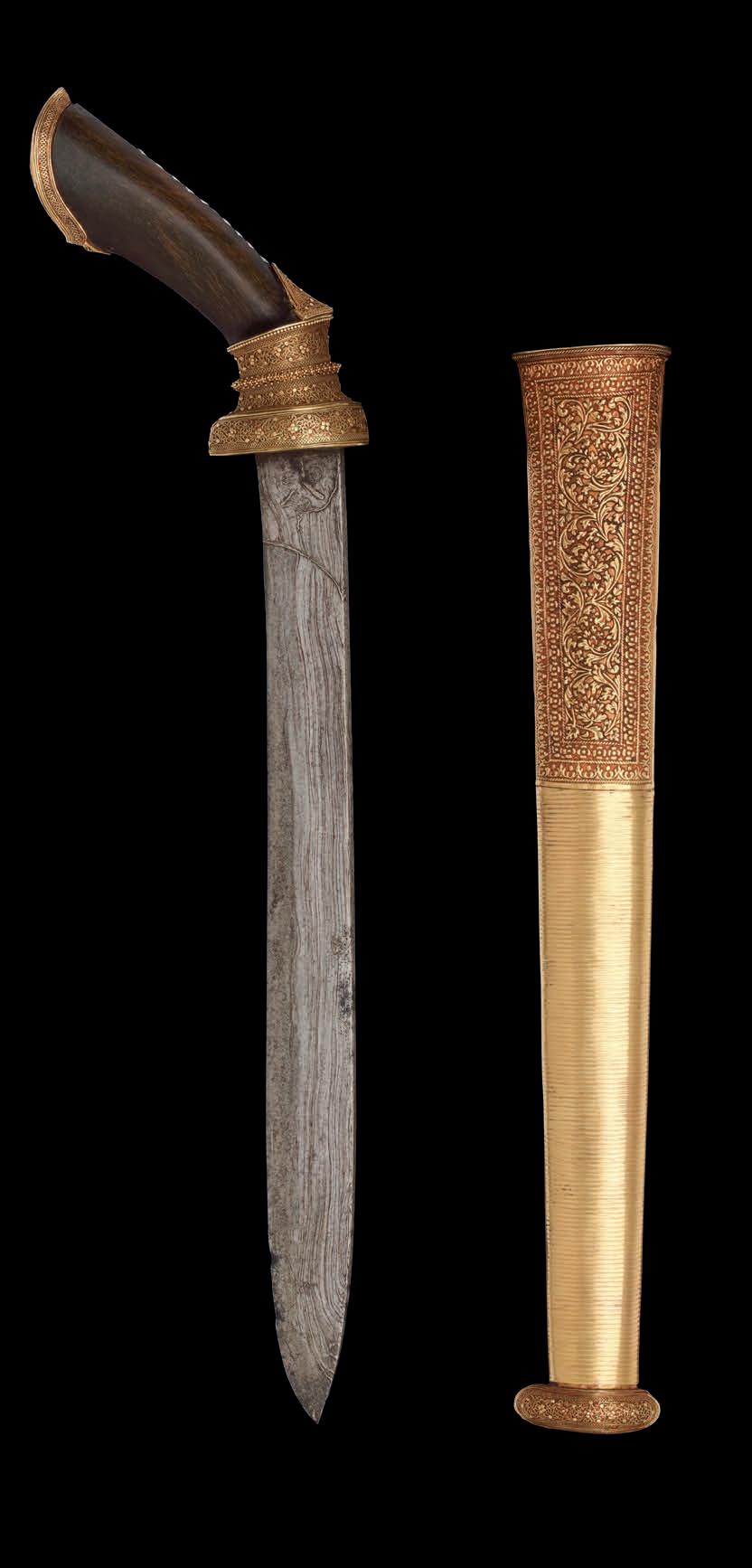
‘Raksahsa’s’
Signed and dated Bali 1938 upper left and signed, dated, and titled on the reverse Executed in June-September 1938, and in the original artist’s frame
Oil on canvas, H. 38 x W. 27 cm
Provenance:
From the collection of dr. Jan Willem de Stoppelaar (1895-1956), who was an indologist and an administrative official in Java. He served at the B.B. (Binnenlands Bestuur, the Domestic Administration of the Dutch East Indies) at several posts in Central- and East-Java, a.o. Surabaya, Banyuwangi, and Semarang. In 1928, he was appointed AssistantResident in Semarang; later on, he was transferred to West-Java. De Stoppelaar was Assistant-Resident in Garut when Willem and Maria Hofker travelled through West-Java. Possibly, they got acquainted with de Stoppelaar while visiting Garut, April 1938.
An accidental Orientalist
Willem Hofker (1902-1981) never had any ambition to visit the Dutch East Indies. Until 1938, apart from an occasional study trip to Paris, he had never even travelled outside The Netherlands. A royal (Dutch!) portrait commission accidentally led him to visit Java and Bali. But when he did, from 1938 until 1943, his artistic abilities blossomed; during this life-changing stay in the ‘Emerald Belt’, Hofker arguably created his most powerful body of work. He was not the first one, though. Other Dutch artists like W.O.J. Nieuwenkamp, Marius Bauer, Willy Sluiter, and Isaac Israels had already visited Java and Bali decades before Hofker did. In the late 1930s, Orientalism (which originated during the late 19th century) was not a modern theme anymore. However, talent is timeless. Hofker was well-known for his natural ability to capture the spirit of the sitter onto paper or canvas. In 1936, he was invited to paint an official portrait (‘staatsieportret’) of HM Queen Wilhelmina, the Dutch queen at that time. This portrait became pivotal in Hofker’s career, and it marked the starting point of his adventurous journey to the Dutch East Indies. The KPM (Koninklijke Paketvaart Maatschappij) invited him to travel -initially only 5 months!through the Dutch colony and draw his impressions, which in turn could be used by the KPM as promotional material. Hofker was delighted to receive such an invitation:
“I heard today that I have been appointed “Tukang-gambar” (painter) for KPM in the East Indies for five months! Just like in thousand-and-one-nights! (including (…) fee and free travel!)”
After having attended the presentation of the Queen’s portrait at the KPM Headquarters in Batavia, Willem and Maria Hofker visited Bogor, Bandung, and Garut, during February-June 1938. The idea was to stay in Java even longer. However, because of three reasons, they decided to move on to Bali.
First of all, contrasting the heartfelt welcome of the Berlage family and fellow painter Charles Sayers (1901-1943) upon their arrival at Batavia’s Tanjung Priok (February 7, 1938), the exhibition at the Bataviaasche Kunstkring of Hofker’s Dutch work did not attract much public interest, and the reviews weren’t that positive either; ‘If he had made just one thing,
a failure, but failed with genius, he would have progressed further than he has now.’
Secondly, not having adjusted to the tropical climate, Willem fell ill a number of times, which made the couple decide to cancel further trips to Yogyakarta, Solo and Semarang. But most importantly, Hofker experienced the reluctance of Javanese people to pose for him, because of their Muslim faith. Balinese people, however, did not have any problem to be portrayed, due to their Hindu religion.
So on the 12th of June, 1938, Willem and Maria arrived in Bali. Still, there was one challenge: finding Balinese models. Willem Hofker was the shy, introverted type, and without having a substantial network in Bali (yet), Willem and Maria were left to their own devices in this respect. And even when arrangements were made with a Balinese beauty to come and pose for Willem, sometimes they simply failed to show up. This didn’t keep Hofker from working though. There was always a worthy alternative; in the first months of their stay in Bali, between June and September 1938, Hofker regularly drew and painted Balinese architecture. Many years later, he would explain:
“... In a society where (quite rightly) no one has time to model (always hurrying!) […] a figure painter is then forced to turn to still lifes, which is also a distinguished task.”
Just like (flower) still lifes, architecture is always ‘readily available’; in The Netherlands, Hofker reverted to Amsterdam canal houses, and in Bali, temples and palaces were abundantly present, waiting to be portrayed. And in doing so, he actually combined some of his most beloved themes; architecture and human anatomy, as we can see when looking at “Raksahsa’s”. Hofker instantly fell in love with the Balinese equivalent of the European architecture he knew so well:
“Sometimes one is reminded of the Italian Renaissance […] or Roman reliefs of animals used as decoration in cathedrals, on capitals and in other places; this thousand-year-old culture has achieved the same high standard of visual imagery.”
The reinvented passion proved to be prolific; after four months in Bali, Hofker had already produced 85 conté drawings and 15 oil paintings. This included numerous temple entrances, palaces, and bale’s, most of which have not been traced (yet). Chances are that many of them did not survive World War II. Fortunately, Hofker was asked to regularly send drawings to the KPM Headquarters in Amsterdam for promotional purposes. A number of important early works, many of which depicting Balinese architecture, have thus been saved.
One of the well-known results of the KPM, promoting Bali as a travel destination, was a set of twelve reproductions of Hofker’s conté drawings from 1938 and 1939, issued early 1940. On one of these -a drawing of Pura Kehen, made by Hofker in September 1938- the accompanying text says:
“The enormous number of temples found in Bali is explained by the fact that each “dessa” (village) has three or four public temples, viz. a main one dedicated to various generally recognized and to local deities, the deads’ temple on or near the grave-yard or cremation place, one on the

beach consecrated to the marine deity and one on the slopes or on the top of a mountain dedicated to the mountain deity.”
From the above, one can conclude that defining which exact temple entrance was depicted by Hofker in “Raksahsa’s” is quite impossible. We can conclude, however, that the painting must have been executed sometime between June and September 1938, and that it was probably a temple entrance in (the surroundings of) one of the South-Balinese villages of Denpasar, Klandis Kedaton, or Pagan.
If we take a closer look at Hofker’s “Raksahsa’s”, we clearly see that the two statues take center stage in the composition. In a conté drawing depicting a similar scene, Hofker himself explains why there are Raksasa’s, positioned on either side of the temple gate:
‘Beside the doors stand two guardians, Raksasa’s, and directly behind is a screen (aling-aling) with a Rangda (a witch who devours children), all of which has been invented to frighten off evil spirits.’

Composing the oil painting “Raksahsa’s”, Hofker consciously zoomed in, leaving out the contour of the temple gate as a whole, in order to put all focus on the two fearsome characters. The low viewpoint that Hofker chose makes the statues even more imposing. There is a nice contrast between the off-white andesite statues, and the temple entrance walls, typically constructed from red clay bricks. Both Raksasa’s have intimidating kneeling postures, bulging eyes, their mouths opened to show their fangs. The Raksasa on the right wears an elaborate headdress and a hip wrapper (dodot), of which a pleated rectangular part is hanging between the legs. This Raksasa has been given a red hibiscus flower behind its ear (coined kembang sepatoe in the Dutch East Indies), a daily ritual to show gratitude for the protection the Raksasa offers. Some suggestive fleshtone brush strokes at their feet seem to suggest protective cloths or daily offerings. Through the opened doors –if any doors were present- we catch a
glimpse of the beautiful day. Not being used (or able) to sit in the tropical sun for hours, Hofker smartly chose the right time of day to paint. He was clearly charmed by the quietude, the patine of the ancient moss-grown temple gate, and the frozen postures of the two Raksasa’s.
Raksasa, meaning ‘giant’ or ‘gigantic’, is actually a generalist term. The more apt and specific description of this type of character is Dvarapala, which literally means ‘doorkeeper’. One could say that the aesthetics of the Balinese Raksasa statues are derived from Dvarapala statues, which have been found in Java in 8th-century Buddhist temple complexes. Most famous is a pair of huge Dvarapala at Candi Sewu, Central-Java. Typically, Dvarapala are corpulent, kneeling figures, showing their fangs and bulging eyes, holding a club to beat intruders in one hand, and wearing a snake or rope to tie them up. Studying the statues in “Raksahsa’s”, we can see most of these features. The clubs they are supposed to hold are possibly broken, or partly invisible from the chosen viewpoint.
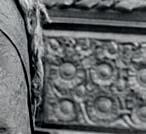
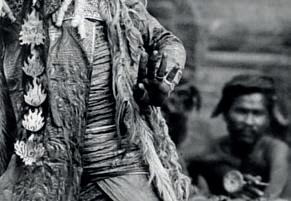
Dvarapala are found all over Southeast Asia, in Hindu, Buddhist and Jaina cultures. In Bali, there are many freely interpreted variations of the way they look; having a more dynamic, twisted bodily posture, Balinese Dvarapala statues look even more fierce and intimidating, and can have the aesthetic appearance of several different characters from the Mahabharata, Ramayana or other epics (both benevolent and malevolent), which are sometimes hard to distinguish. In this sense, Balinese Dvarapala statues can be considered exceptional.
Balinese refer to a pair of Dvarapala as Bedogol. Having said that, their main purpose, together with the terrifying head of Kala or Bhoma above a temple entrance, is still to ward off evil spirits.


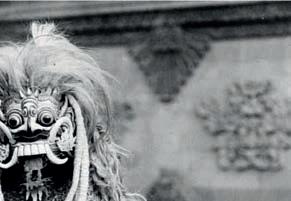
What is essential in Balinese culture is the co-existence of right and wrong, positive and negative. The balance between these opposites, leading to a neutral outcome, is of utmost importance. The positive cannot exist without the negative, and vice versa.
 Balinese dancer with mask (Rangda the widow-witch), 1929 Collectie Wereldculturen (TM-10004670)
Balinese dancer with mask (Rangda the widow-witch), 1929 Collectie Wereldculturen (TM-10004670)
This means that a pair of Dvarapala always complement each other. In “Raksahsa’s”, it seems a male-female pair is depicted, guarding the temple gate. In this case, balance also means symmetry; the statues are very similar, but not exactly the same. The more powerful Dvarapala is usually positioned on the right side of the entrance. If we consider the wellknown Balinese story of Barong -in which the benevolent force fights Rangda, the evil witch, but neither wins or losesthe right character in “Raksahsa’s” then possibly refers to Barong, and the left character to Rangda. Be as it may, the bedogol should identify any unbalance, and neutralise positive and negative forces before visitors enter the temple or palace.
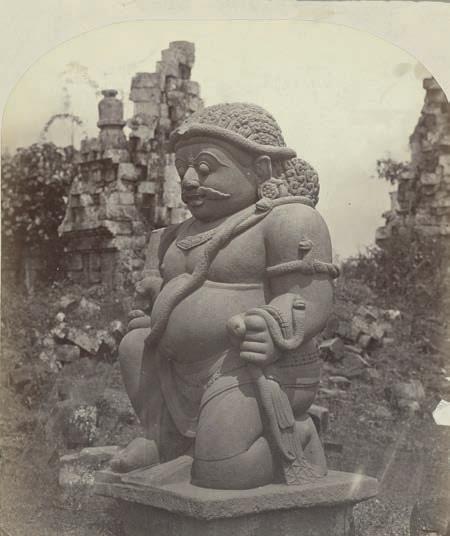
Hofker must have had a special appreciation for the theme of Balinese architecture; he adorned “Raksahsa’s” with a selfdesigned frame, which he then decorated using his signature spattering technique. Hofker’s lifelong friend Rudolf Bonnet (1895-1978) was known to challenge him, during their stay in Bali, who could make the most beautiful passe-partout or give their drawing paper the most beautiful ‘coloured ground’, using spattered pigments. Hofker would continue to use this technique throughout his artistic career. Furthermore, between 1946 and 1950, Hofker made no less than 9 etchings (2 of which in mezzotint) of Balinese themes, based on original drawings and oils. Second to last, and the largest of these 9 is an etching, made in February 1949, depicting the split temple gate (candi bentar) of ‘Poera Batoe Karoe’ (Pura Luhur Batukaru), with two Dvarapala prominently featured in the middle of the composition. One could say it is a monochrome echo of the 1938 oil. This way, we’ve come full circle; arguably one of Hofker’s first Balinese compositions, the 1938 painting “Raksahsa’s”, and one of the last - the 1949 etching of “Poera Batoe Karoe”- are very similar. But not exactly the same. They complement each other, creating a perfect balance.
We are grateful to Mr. Gianni Orsini for his assistance in writing this catalogue entry.
 Candi Sewu rakshasa, Yogyakarta 1856 by Isidore Kinsbergen Collection Rijksmuseum (RP-F-2005-159-58)
Candi Sewu rakshasa, Yogyakarta 1856 by Isidore Kinsbergen Collection Rijksmuseum (RP-F-2005-159-58)
29.
An ancient Hindu-Javanese gold ceremonial dagger or keris hilt or finial
Indonesia, Central Java, Central Javanese period, 2nd half CE 9th century
The finial made from three parts of which only the larger bottom part is detachable. It has a hole at the bottom and traces of clay on the inside. Formed as a slightly bent spire sprouting from lotus leaves, the sides of the bottom part with stylized flowers alternating with masks. Above it the design is continued in an abstract but floral manner. The top finial is bent slightly more, with a deity coming out of a hole on the inside of the curve. The top ending in a fine ornamental curl. The tip with an old restoration (probably early 20th century).
H. 14.7 x W. 7.8 x D. 8.1 cm
Weight 126.2 grams
This object is registered at the Documentation Centre for Ancient Indonesian Art in Amsterdam.
We are grateful to the Documentation Centre for Ancient Indonesian Art in Amsterdam and Mr. Jaap Polak for their assistance in determining the specifics and date of this finial above.
Provenance:
Collection of a notable from the Hague, who stayed in the former Dutch East Indies around circa 1900; thence by descent
Purchased from the above by a distinguished Dutch collector (name is known with us), between 1970 and 1980
This gold finial was bought in central Java, Yogyakarta, by a notable Dutch man staying in Indonesia around 1900. Reputedly, it was found in two pieces (the bottom and top parts, which are separately cast) by locals. After an upstream downpour and subsequent mudslide, they scrambled for the local river bend renowned for the ancient gold jewellery washing ashore during the monsoon. The sizeable bottom, top part, and tip found by three different locals were sold separately. By repute, the man coincidentally bought the three pieces, to find out several years later that these three pieces - randomly displayed amongst the rest of his collection - fitted together and were a single finial.
Only a few of these mysterious objects are known. Amongst them, a top part of a finial, nearly identical to the present one, in The Metropolitan Museum New York (acc.no. 1998.544.56) and some in the National Gallery in Jakarta (all registered at the Documentation Centre). Some argue that it is the finial of a royal umbrella, but we, as do others, suggest that it is the hilt of a ceremonial dagger or sword of which the iron blade has long been disintegrated in the soil. We, however, as opposed to, for instance, the Documentation Centre for Ancient Indonesian Art, would like to argue that the form of the present-day keris hilt points out the actual use of these gold finials. It strongly resembles the bent curve, openwork, and abstract appearance of some keris handles. Although the sheer size of this handle (and the blade it has carried) does not comply with today’s keris on Java, it does with the daggers of the Balinese.
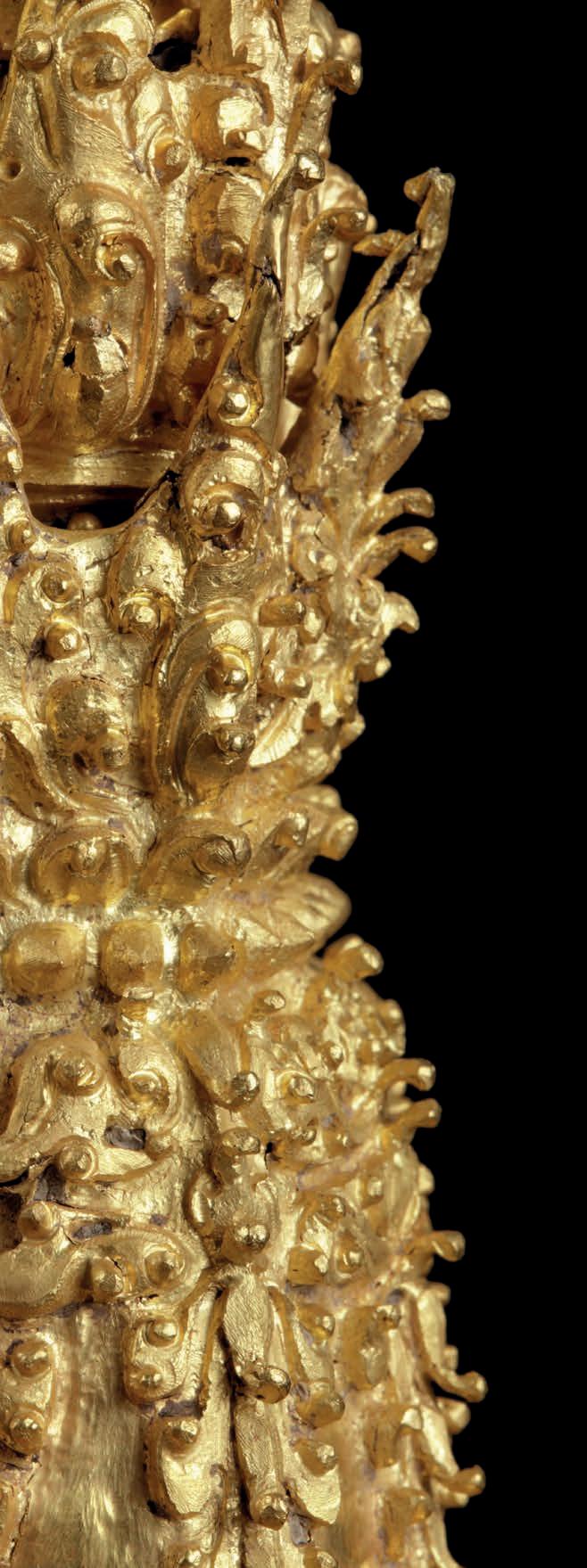

Logically, the ancient Hindu culture of Bali - from which we can presume it is more like Hindu-Javanese culture than Javanese culture nowadays ñ would give us the answer. The hilt would be filled with clay, and although the gold is quite firm without this sturdy core, it would not be suitable for an umbrella. The decoration would prevent one from holding it up for a longer time, and more importantly, the pressure on the gold created by the umbrella itself would be too high, causing it to break or bend. Furthermore, this particular would not do as well as a larger sword’s finial. The weight of the sword would make the finial prone to get damaged. Therefore, one could suggest this finial mostly had a ceremonial function. A king wearing a dagger adorned with such an exuberant hilt was so rich he did not need to fight. Not handled in battle, tucked in a sarong, or placed in a stand when unused, the handle would be safe from potential harm.
The vertical stylized floral bands emerging from a lotus flower’s leaves can also be seen in a V-shaped ear pendant dating from the same period, previously in the collection of Polak (1938-1984). This motif can be found in the Prah Koh temple and in a further advancement at the Baphuon and the Ankor Vat tempels in Cambodia too. This development in style also took place in Central Java, which is hardly surprising given the early contacts between Java and Cambodia. (See: Jaap Polak, Ancient Indonesian Gold, C. Zwartenkot Art Books, Leiden, 2022, pp. 157-159, no. 19)
The keris history is generally traced through the study of carvings and bas-relief panels found in Java, Indonesia. Some of the most famous renderings of a dagger or early keris appear on the bas-reliefs of Borobudur (825 CE) and
Prambanan temple (850 CE), originated from the HinduBuddhist Mataram Kingdom of Central Java. In addition, the term keris was mentioned in several ancient Javanese inscriptions, including the Humanding inscription (707 Saka or 875 CE), Jurungan inscription and Haliwangbang inscription (708 Saka or 876 CE), Taji inscription (823 Saka or 901 CE), Poh inscription (827 Saka or 905 CE), and Rukam inscription (829 Saka or 907 CE).
The description of a small dagger from Java reminiscent of the keris can also be found in a Chinese source from the 10th-century Song dynasty. In 992 CE, the envoy from She-po (Java) arrived at the Chinese court “bearing lots of gifts, consisting of a dagger with an exquisite hilt made of rhino horn and gold, silk woven with floral motifs made of gold threads, ivories, pearls, silk of various colours, fragrant sandalwood, cotton clothes of various colours, turtle shells, betel sets, a rattan mat with the image of a white cockatoo, and a small model of house made of sandalwood adorned with valuable ornaments.”
Literature:
Jan Fontein, The Sculpture of Indonesia, National Gallery of Art Washington, 1990, p. 108 (comparable)
Jaap Polak, Ancient Indonesian Gold, C. Zwartenkot Art Books, Leiden, 2022 (compare flower motif)

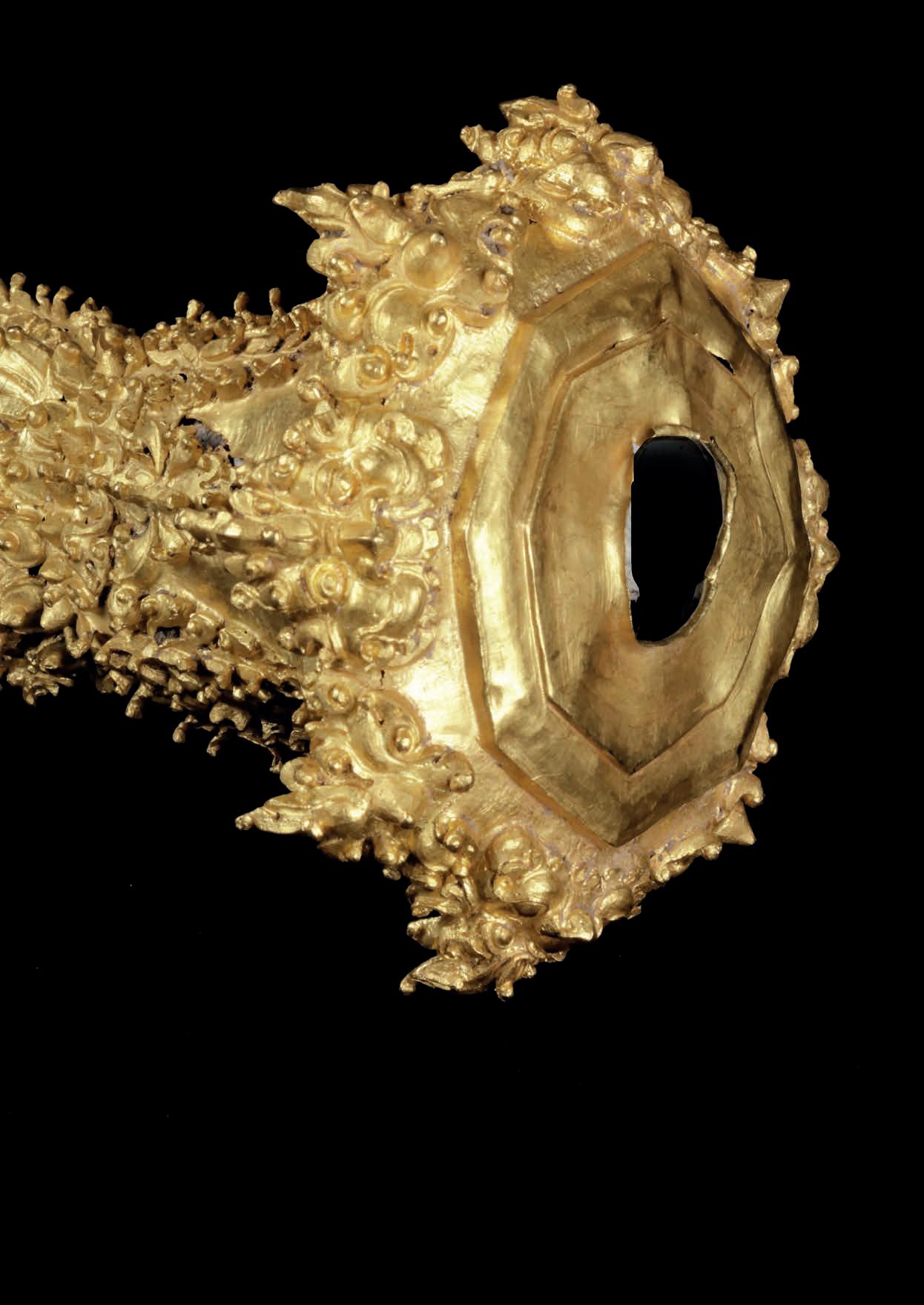
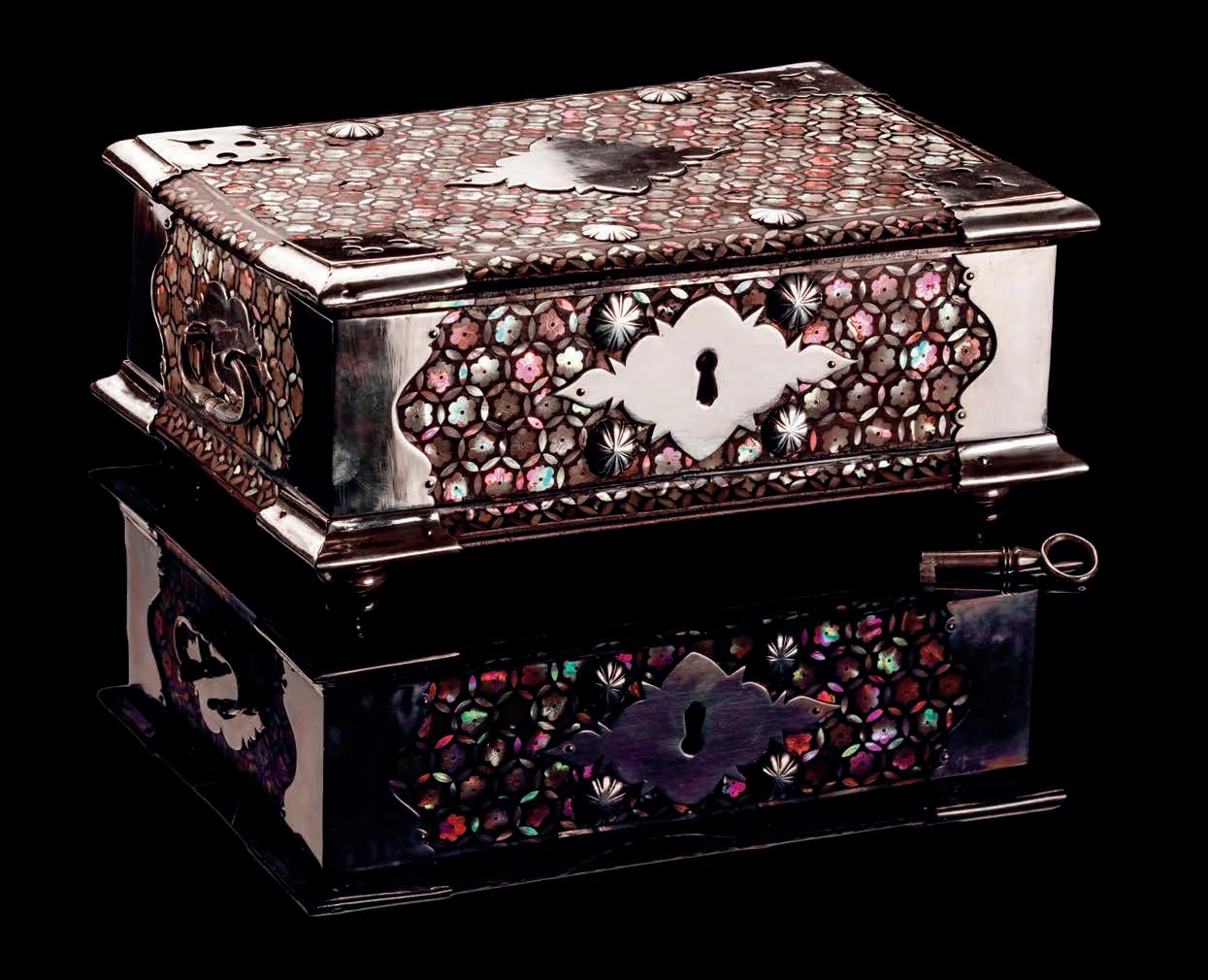
30.
An Indonesian mother-of-pearl inlaid mastic sirih casket with silver mounts

Jakarta (Batavia), circa 1720-1730, the silver hinges marked for Batavia, maker’s mark HS or SH, part of the silver reconstructed
H. 10 x W. 26 x D. 17.5 cm
Before settling down to business in the former Dutch East Indies, sirih had to be offered in the most exquisite boxes, made of gold, silver, inlaid with precious stones, ivory, tortoiseshell, or, as the present one, inlaid with mother-of-pearl. The costliness of one’s sirih box displayed one’s fortunes.
In this manner, only one other sirih box in mother-of-pearl is documented. It is in the collection of Kip-Lee-Kip in Singapore (Peter Lee et al., Port Cities: Multicultural Emporiums of Asia, 1500-1900, Asian Civilizations Museum, Singapore, 2016, p.206, no. 166).
At least one of the previous owners of the casket presented here seemed to have been
aware of the importance it since it possibly lost part of its silver but was restored with finely engraved openwork late 17th/early 18th century mounts. When observed closely, the box shows several nail holes all over, suggesting closed silver corner and centrepieces, and lock plate. Researching a large number of sirih caskets, in design related and also for the Peranakan market, as this casket probably is, we asked a highly skilled restorer to design and reconstruct the missing silver mounts – with an astonishing result.
It is unknown who the silversmith HS or SH, active between circa 1714 and circa 1743, is, but he did leave an impressive oeuvre of a very high standard. The Kunstmuseum in The Hague has seven commemorative salvers, a walking stick and a cuspidor with these marks in the collection. For another and so far the latest dated salver by HS or SH, commemorating Bartha Helena van Suchtelen, born in Batavia (Jakarta) in 1710 and deceased there in 1743, see Uit Verre Streken, March 2013, no. 4.
31.
A pair of royal gold and silver keris daggers for a nobleman and his wife Lombok, Karangasem regency, 17th century, the scabbards
19th century
L. 59 cm & 56 cm
After they won the Lombok war by murdering the inhabitants that did not commit honourable suicide yet, the Dutch took all valuables with them. In the name of the Dutch government the riches of Ratu Agung Ngurah Gde Karangasem, but also possessions of his murdered family and followers were looted. The so-called Lombok Treasure comprised over 200 kilograms in gold coin, 7000 kilograms of silver coin and more than a thousand ritual and art objects. The great prize was the 75-carat diamond, being one of the largest in the world. Almost all coins and most of the treasure was melted down to become part of the Dutch Treasury to fund the expedition forcefully succumbing the kingdom.
This very rare set of two gold daggers by repute officially belonged to the Dutch government, right after the great looting at Lombok and its Royal Palace in Tjakranegara and the surrounding lands. A Dutch army officer kept this pair for himself, steeling not only from Lombok – but also steeling from the Dutch government. The man kept them hidden in the attic of their Hague family home. He probably couldn’t have them melted down, but he couldn’t bear to look at them either. Even after his death they remained hidden, and finally two generations later, his granddaughter made the decision to sell them.
The pair was anonymously sold to a Hague antiques dealer, with the explanation of their history. The previous ownerwho quickly bought them off the dealer who had planned to melt them down - realized the important story they tell and saved them from the melting pot. Only a few other similar gold keris handles - without the blade deemed not of importance by the Dutch - are known that are comparable and they are all part of the Lombok Treasure.
Saving them from disappearing into private ownership for generations again, we were able to acquire these relics and now offer them to selected buyers only.
Provenance: By
Netherlands
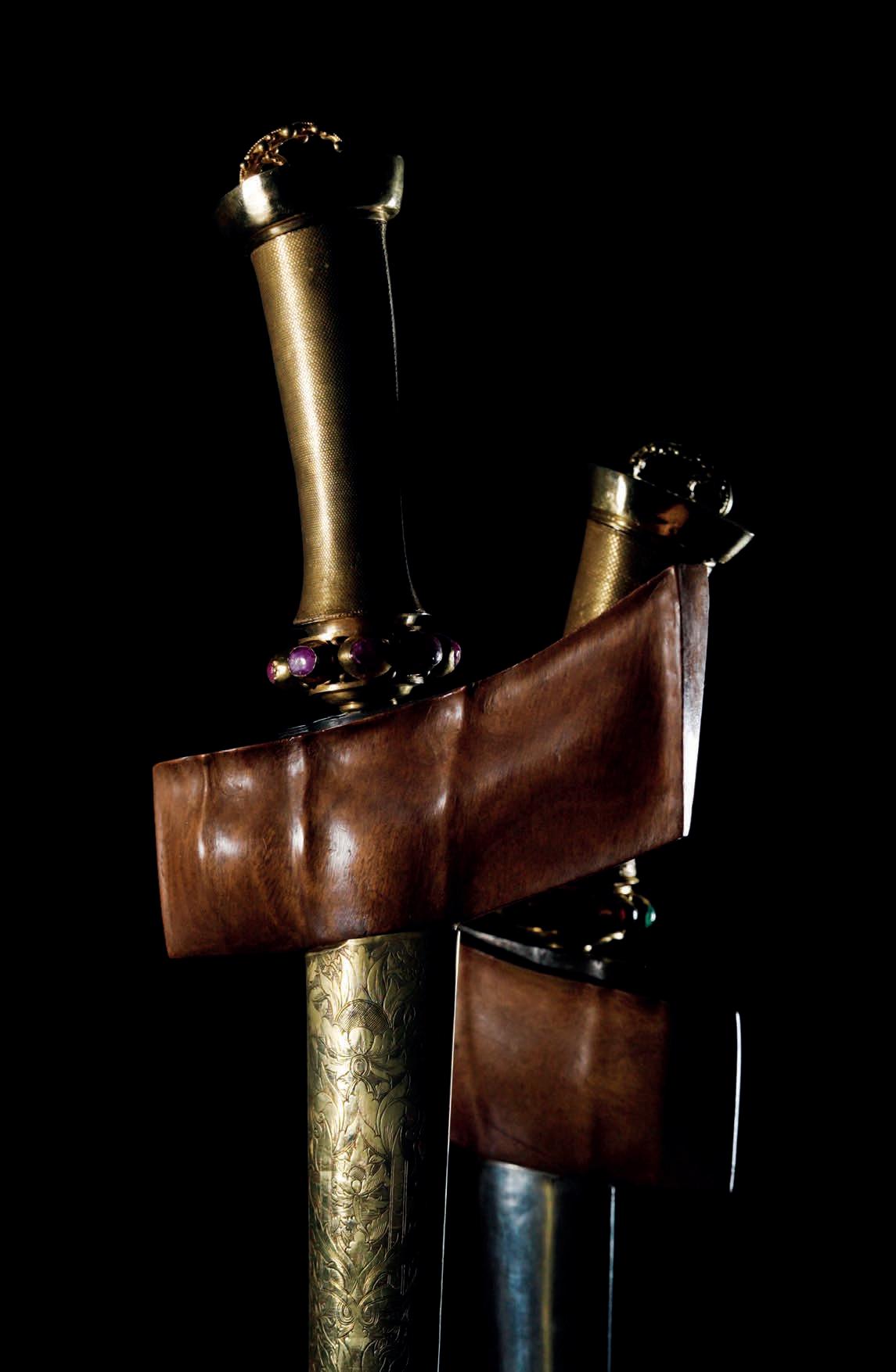


32.
A Papua wood ancestor figure of a Korwar North West Irian Jaya, Vogelkop area, coastal Geelvink Bay, present-day Cenderawasih Bay, early 20th century

The seated Korwar is holding an openwork ‘shield’ in front of him, with a dark brown soft gloss patina.
H. 34 cm
Provenance: From the collection of Missionary D.B. Starrenburg, working in the Geelvink Bay area, on the peninsula of Roon, from 1906 till 1938 and thence by descent to the last owner in December 2019
Starrenburg published a booklet about his mission on Roon and described how he got the Korwar:
“Around the hut, there were skulls and small ancestor sculptures (called Korwar). As the owners wanted to become Christians, I could take everything, but I wasn’t allowed to take them away through the front door, so a hole was made in the side of the hut. Onboard of my little boat, a storm came up and I nearly lost everything. The Papua attributed this happening to the power of the spirts, but I came home with everything safely anyway!”
Starrenburg is also referred to as being on Roon around 1910 in the famous book ‘ Kruis en Korwar’ by Drs. F.C. Kamma.
Literature:
D.B. Starrenburg, Kerk der Hope: bijdrage tot kennis der Nieuw-Guinea Zending, Nederlandsch JongelingsVerbond, Amsterdam, 1940
The shield may stand for bravery, or it may offer supernatural protection. Korwar is the name of a specific type of figurative sculpture, representing an ancestor, made by different groups of people with their distinct names and cultural identities, but all living in the “Vogelkop”, Kepala Burung, area of Irian Jaya.
Korwar provides the link between the worlds of the dead and the living and, as in most Oceanic cultures, are consulted for advice and help in all significant life events such as births, marriages and deaths. It could also offer protection and success on head-hunting raids, on dangerous sea journeys and when curing people. From the late 1880s onwards, many korwar images were destroyed upon the instigation of Protestant missionaries, but some missionaries also collected korwar taken from Papuas after their conversion to Christianity.
33.
A Papua wood sculpture of a Korwar ancestor figure Papua New Guinea, Cendrawasih Bay, Wandammen, 19th century
H. 24 x Diam. 18 cm
Provenance:
By repute bought by a pioneer of Royal Dutch Shell (Multinational Oil and Gas Company) in a shop in Jakarta in the early 20th century, who later lived in a stately home along the river Vecht, thence by descent
Finely carved in the early style, the figure seated on a circular base, with an elongated head, detailed facial expression with blackened eyebrows, lashes, moustache and teeth, the ears and forehead pierced, all areas facing upwards with a deep black-brown patina of usage and insect droppings. With a hand-written label to the bottom stating Korwar Patoeng Nenek- Mojang Orang Papua. Inscribed Biak Papua on the forehead and indistinctly inscribed in French on the back of the head.
This rare type of Korwar belongs to the earliest pieces known to exist, as stated in Dr. Oskar Nuoffer, Ahnenfiguren von der Geelvinkbai, Hollandisch Neuguinea, Leipzig 1908 (ill. 5 & 6)
and in De Clercq & Schmeltz, Etnographische beschrijving van de west en noordkust van Nederlands New Guinea, 1893 (ill. 1 & 7).
For a comparable Korwar probably by the same carver, from the collection of the Museum of World Cultures in Rotterdam, see: R. Corbey, Northwest New Guinea Ritual Art according to missionary sources, Leiden 2019 (ill. 122). For further reading and more comparable Korwar, see beforementioned book pp. 148-155 and Van Baaren, Korwars and korwarstyle, 1968 (ill. 32, 33 & 48).

The patina and smooth surface of the Korwar as a result of handling over a long period of time acknowledges the fact that this Korwar dates from the early 19th century. Most Korwar figures were made for the families of sick or deceased males, and occasionally females, during illness or immediately following their death. During the carving, chants were sung to assure that the spirit power of the ancestor would enter into the figure. The figures then served as intermediaries between the living and the dead. Their advice was sought through the actions of a shaman who went into a trance and was then able to pass on the words of the spirit to the living descendants.
We are grateful to Mr. Peter van Drumpt for is assistance in writing this catalogue entry.
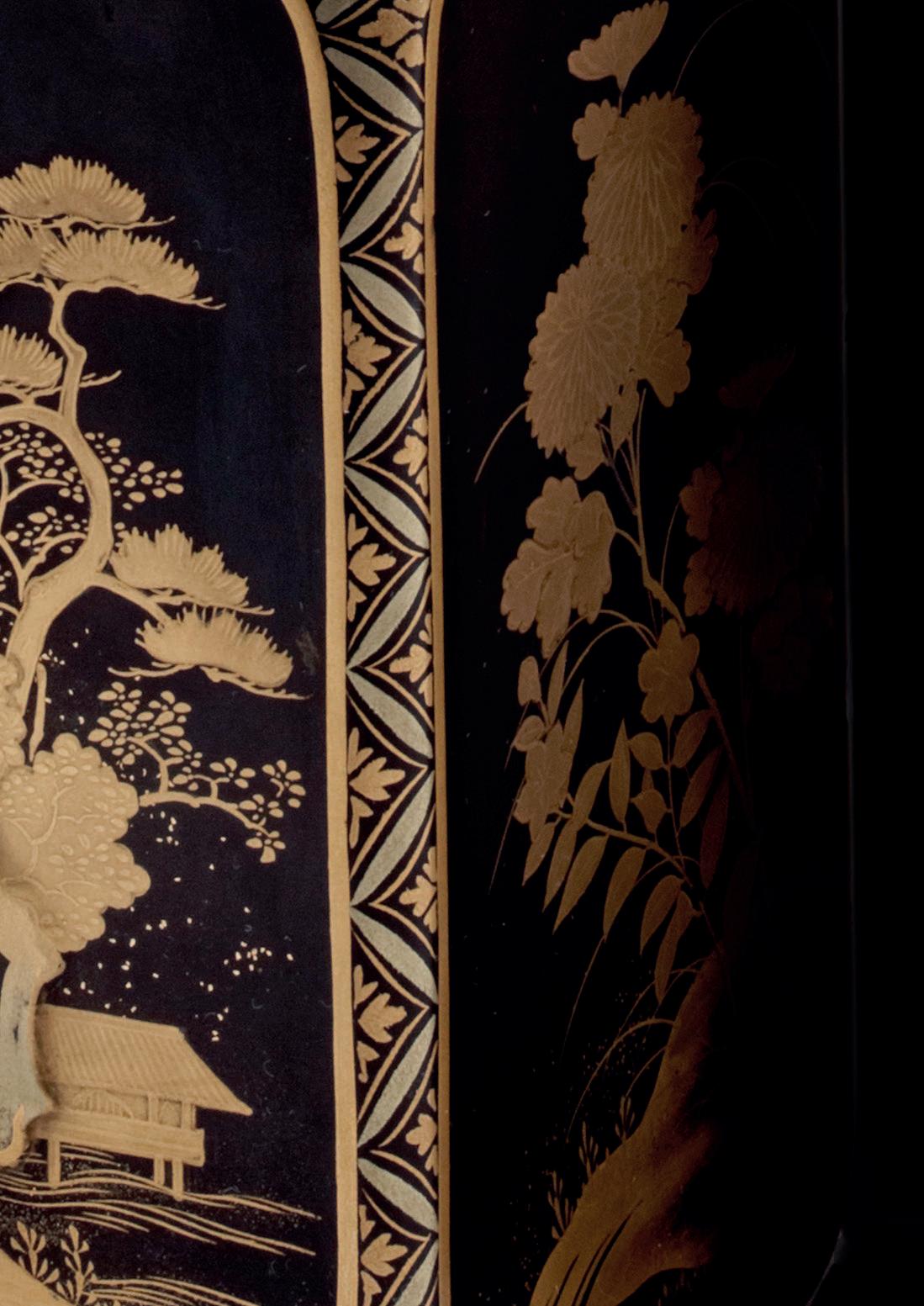
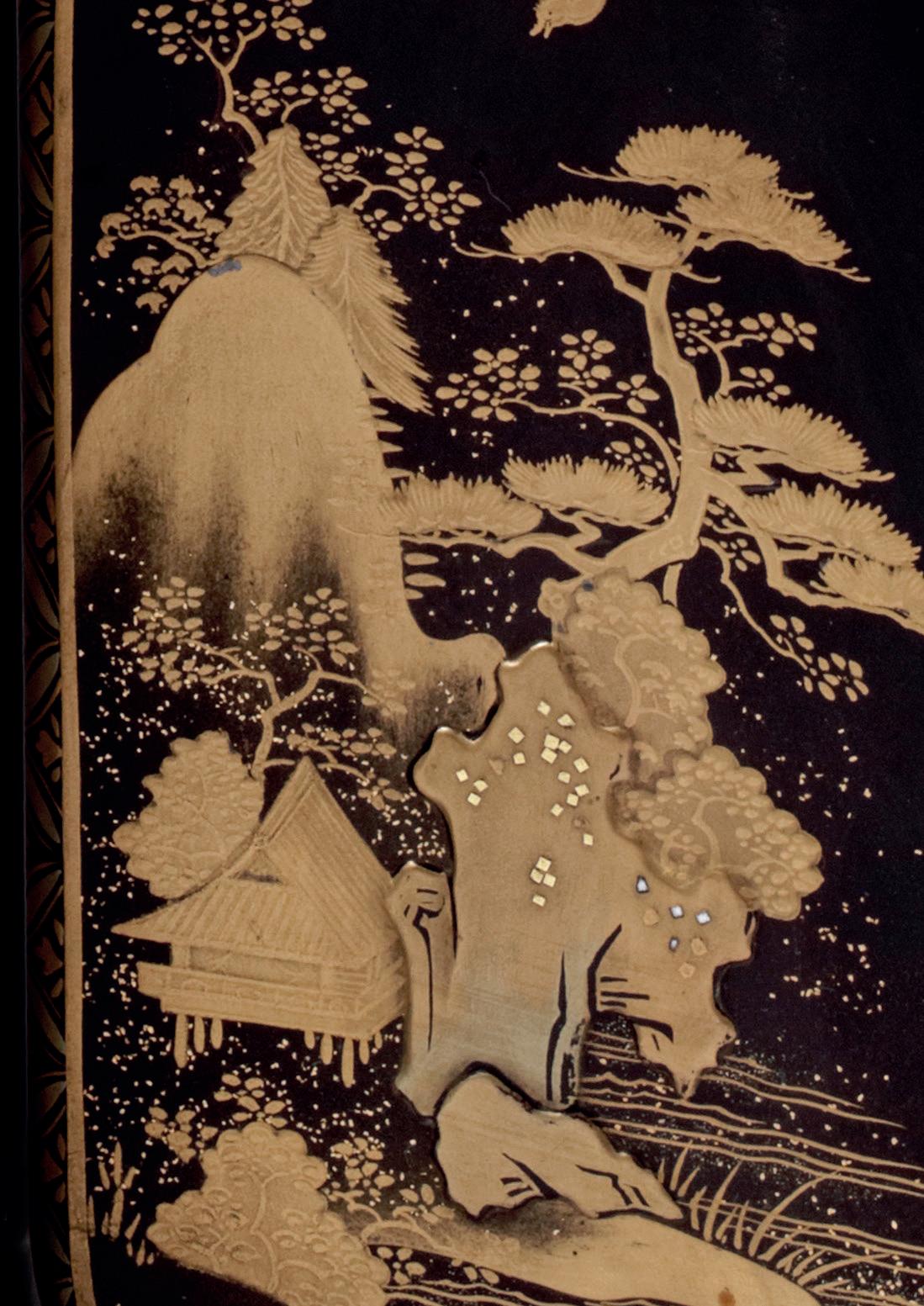

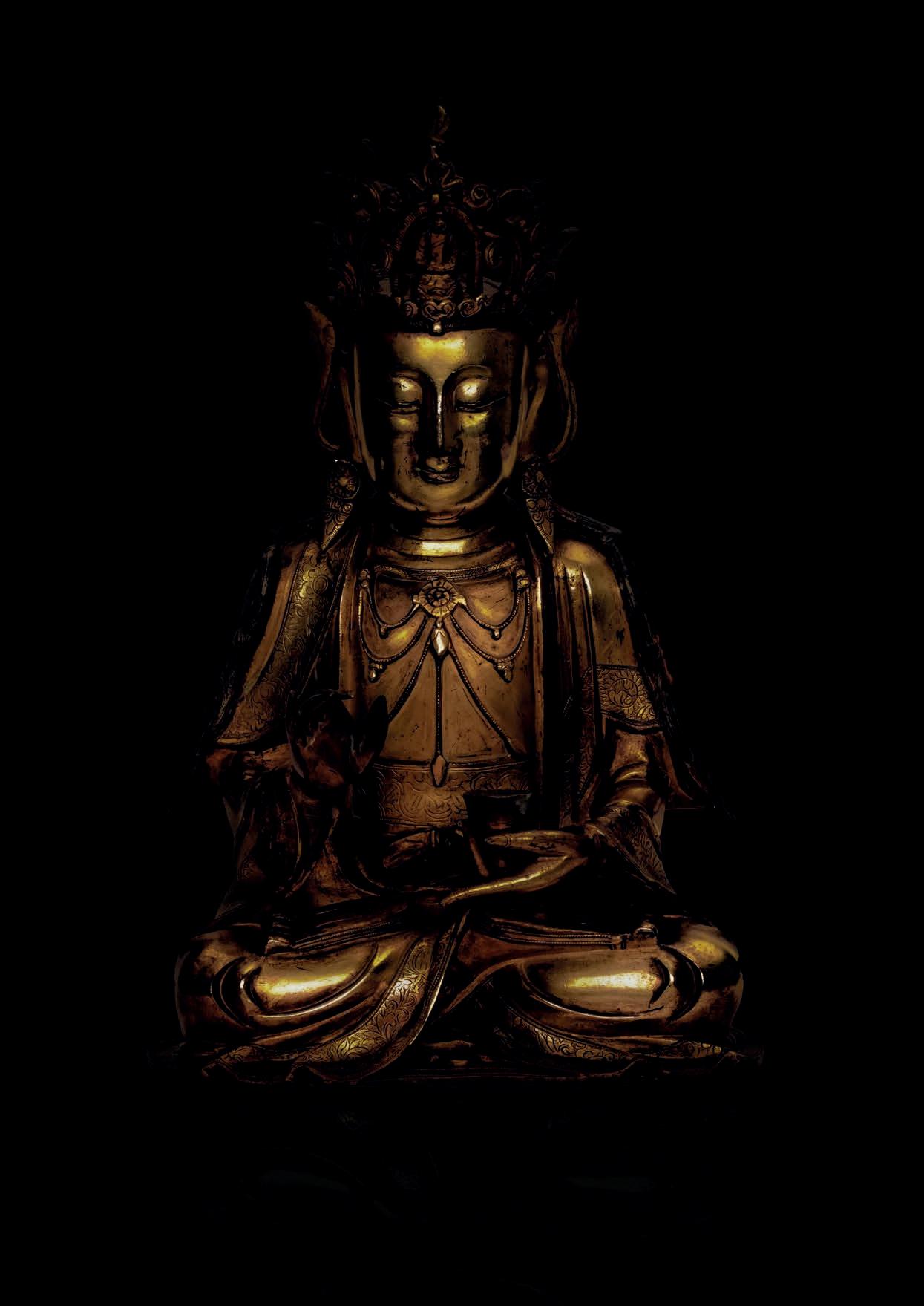
34.
A highly serene Chinese gilt-bronze sculpture of Guanyin Ming-dynasty, late 16th/early 17th century
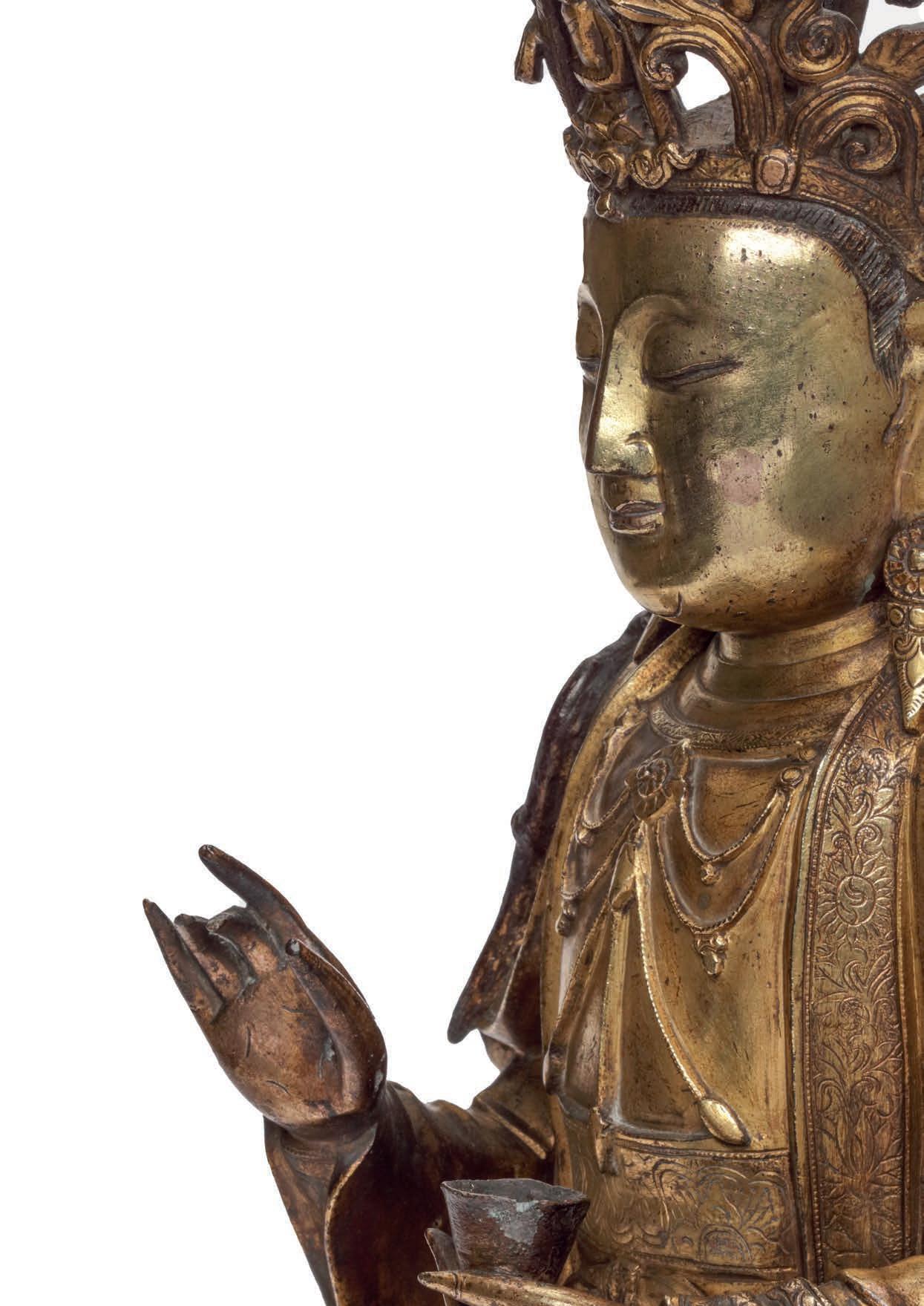
H. 36 cm
The Deity seated inpadmasana, the right hand raised inKarana mudra, dressed in long robes decorated with flowers at the hems, wearing ornate jewellery and a crown set with a small figure of Amitabha Buddha. Sculptures from this period, can be recognized by the relatively large head, and it is rare to find one with proportions that are perceived as perfect by most spectators. However, the Guanyin presented is, according to us, of this perfect form, resulting in an unmatched impression of serenity. While observing in all calmness, one would almost forget that the buddha is a man-made figure.
Provenance: Private collection, Paris
The result of the accompanying CIRAM Authentication tests are consistent with the dating of this sculpture.
Two ivory Chinese export Mignot-style pendants
Circa 1600-1650
Approx. H. 10. 4 x W. 7 cm & H. 12 x W 8 cm
This rare and unique pendant from the first half of the seventeenth century is made of ivory and is almost certainly in China. The front and back scrollwork designs are based on prints by the Augsburg-based Huguenot engraver Daniel Mignot and his contemporaries. The basic design of the pendant is West European and of the Renaissance period; however, other details suggest a Chinese provenance. The goldsmiths of the Renaissance would have transferred such designs into models made of lead or other metals before making the final object in gold. Although, examples made of ivory are hitherto unknown, the use of this material suggests and further confirms an Eastern provenance.

The craftsman who carved the ivory pendant must have known or had in his workshop copies of printed ornamental designs by Daniel Mignot. The scrollwork on the front plate of the pendant resembles his engravings of such jewels. Scrollwork was fashionable in Europe between 1570 and 1620. Therefore, the jewellery designs of Daniel Mignot
from the 1590s were of great relevance, and typical of his work of this period is the three-dimensional style of the scrollwork and the inclusion of grotesque figures and animals.
It can be assumed that the green gemstones on the front were originally emeralds, which a later owner had replaced with the current ones of stained green chalcedony imitating emeralds. These later replacements date to around 1920, when such stones were fashionable in jewellery. The owner wished to raise funds from the emeralds or chose stones with a deeper green than the originals. It was probably at this stage that the coral beads were added. Surviving Renaissance pendants and the decorative prints by Daniel Mignot show that drop pearls were often suspended from pendant loops along the lower rim, depending on the design, either a single pearl or three pearls. Along the ivory pendant’s lower edge are drill holes suggesting that pearl drops would have been suspended.
Daniel Mignot was a French Huguenot (Protestant) who worked in Augsburg in the early seventeenth century. His decorative prints with numerous jewellery designs were published between 1596 and 1616 and distributed widely. The goldsmith or, as in this case, craftsman carving the fine ivory plaques would have been inspired by such ornamental prints by Daniel Mignot or other contemporaries and adapted them to meet their aesthetics. How did such engravings of Daniel Mignot reach seventeenth-century China? The Jesuits are one possible route. When the Jesuits first established a presence in China in the first half of the seventeenth century, they noted the Chinese respect for books and learning. They realised that access to the Court could be facilitated by providing European books and the like, which matched the interests of the science-literate Jesuits. The shared appreciation for knowledge and scholarship, as well as the Jesuit’s decision to learn to read, write and speak Chinese, became essential tools for their evangelisation in China. The Italian Matteo
Ricci was the most prominent among the early Jesuits, and he introduced European science, mathematics, astronomy, and visual arts to the Chinese Imperial Court. Thus, an early introduction of European books could have included such designs.
The jewellery historian Beatriz Chadour-Sampson who was the consultant curator for the new William & Judith Bollinger Jewellery Gallery at the Victoria & Albert Museum, co-curator for the V&A’s 2013-14 Pearl Exhibition, and who also worked on the treasure of the Nuestra Seňora de la ConcepciÛn which sank off the coast of the Mariana Islands in 1638 on its way from Manila in the Philippines to Mexico has examined the pendant comparable to the ones present, which Michael Backman ltd., London sold. Its styling was known and can be traced in the jewellery found in the Nuestra Senora treasure that the Spanish commissioned Chinese artisans to make in the European style for trade with Europe.
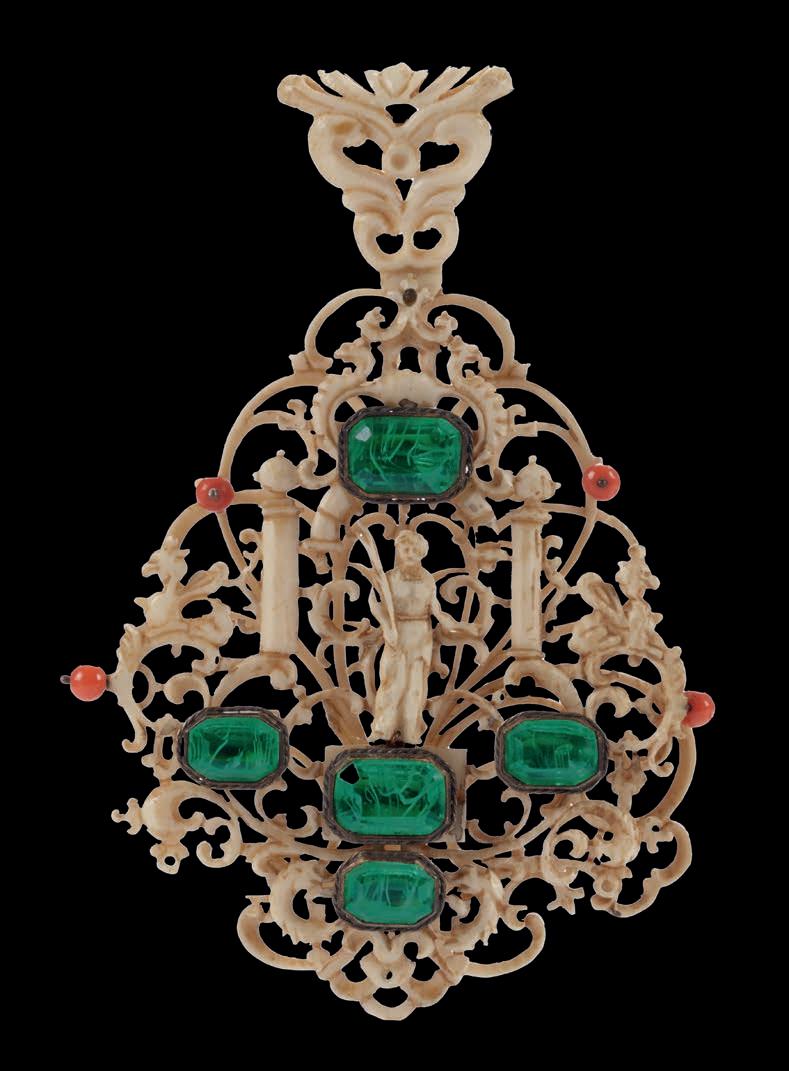
36.
A Chinese export porcelain VOC dish Canton, Yongzheng period, circa 1730
Diam. 23 cm
Executed in rose-pink, yellow, and soft blue-green enamels, this design follows in almost every aspect a silver ducatoon of 1728, with even the rim of the plate imitating the ribbed milling of the coin. On a shield is a crowned rampant lion, holding in his left paw a bunch of seven arrows symbolising the seven provinces of the United Netherlands, and in his right paw a sword is shown supported by two crowned rampant lions. Below the shield is the monogram of the VOC, the Dutch East India Company, above the date 1728 and around it the heraldic motto of the Dutch Republic CONCORDIA RES PARVAE CRESCUNT (by unity small things grow).
The first ducatoon, or zilveren rijder, on which the design of this plate was based, arrived in Canton on the 2nd of August 1729 with the Coxhorn, the first VOC ship to sail straight to Canton and not by way of Batavia. It arrived back in Amsterdam in 1730 with the ordered porcelain in this design. This is an early example of the so-caloed Chine de Commande porcelain and although the Cantonese artists had a zilverenrijder as example, they didn’t really understand the design, giving the lions grimacing human faces and cape-like manes. They also didn’t understand the Latin letters, since the R ends in a truncated fashion, the V is an inverted A and the E looks more like a Chinese character. For a cup and saucer with the same design see: Uit Verre Streken, June 2017, no. 49.

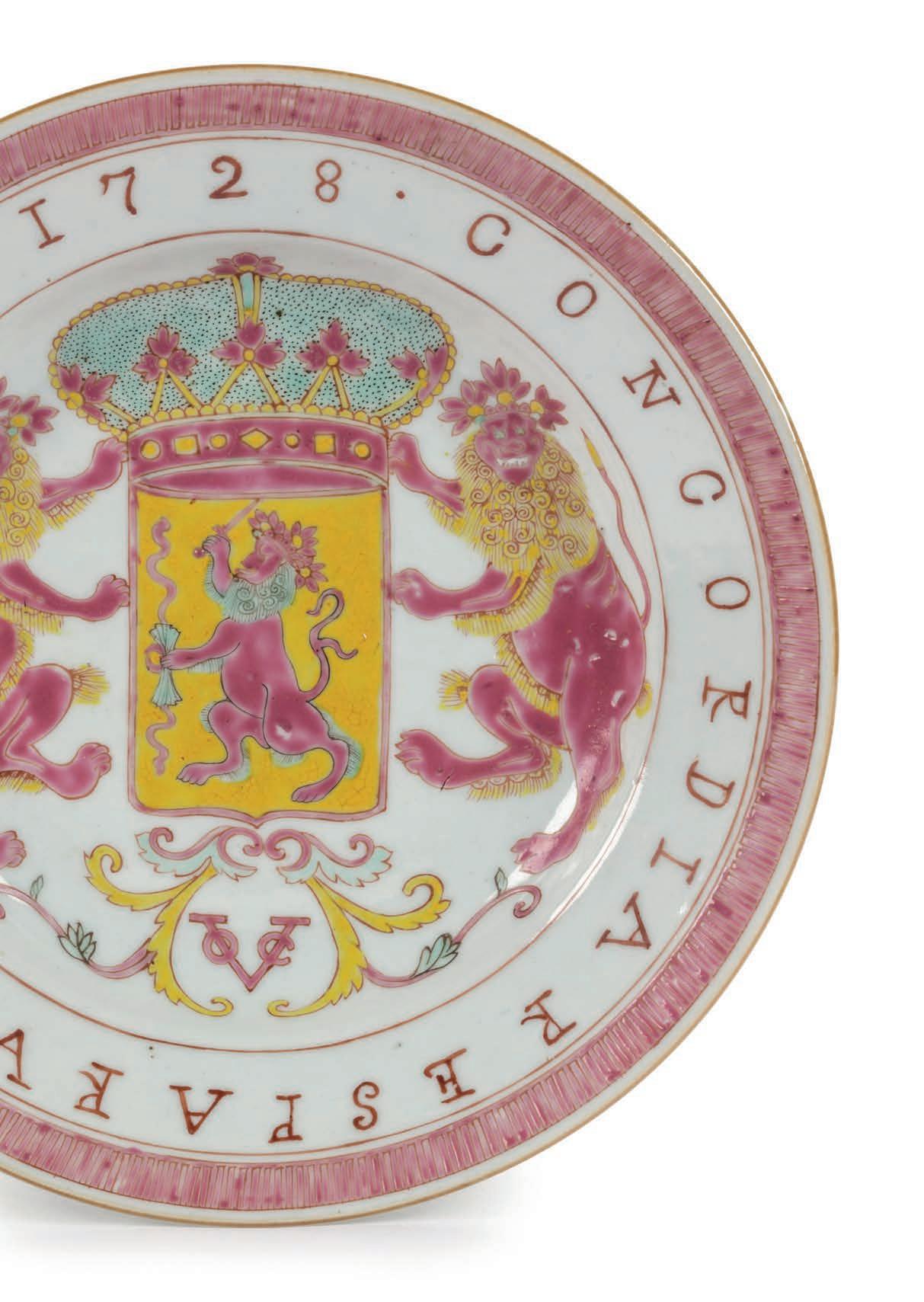
A Japanese Namban lacquer coffer with copper mounts for the European market Momoyama period, late 16 th /early 17th century
A medium sized Namban coffer with domed lid, delicately inlaid with mother-of-pearl and abundantly covered in gold and silver hira-maki-e. Particularly noteworthy are the two pearl sparrows decorating the lid, and the swirling bands of golden arabesques that show the steady hand of an experienced painter. Most importantly though, the whole coffer remains in a remarkably pristine condition; a rarity amongst export lacquer belonging to the eventful era that marks the transition from Momoyama into Edo. Furthermore, the original fittings include a lock with a trick mechanism that makes it just a bit harder for an unwanted visitor to lay hands on the coffer’s contents.
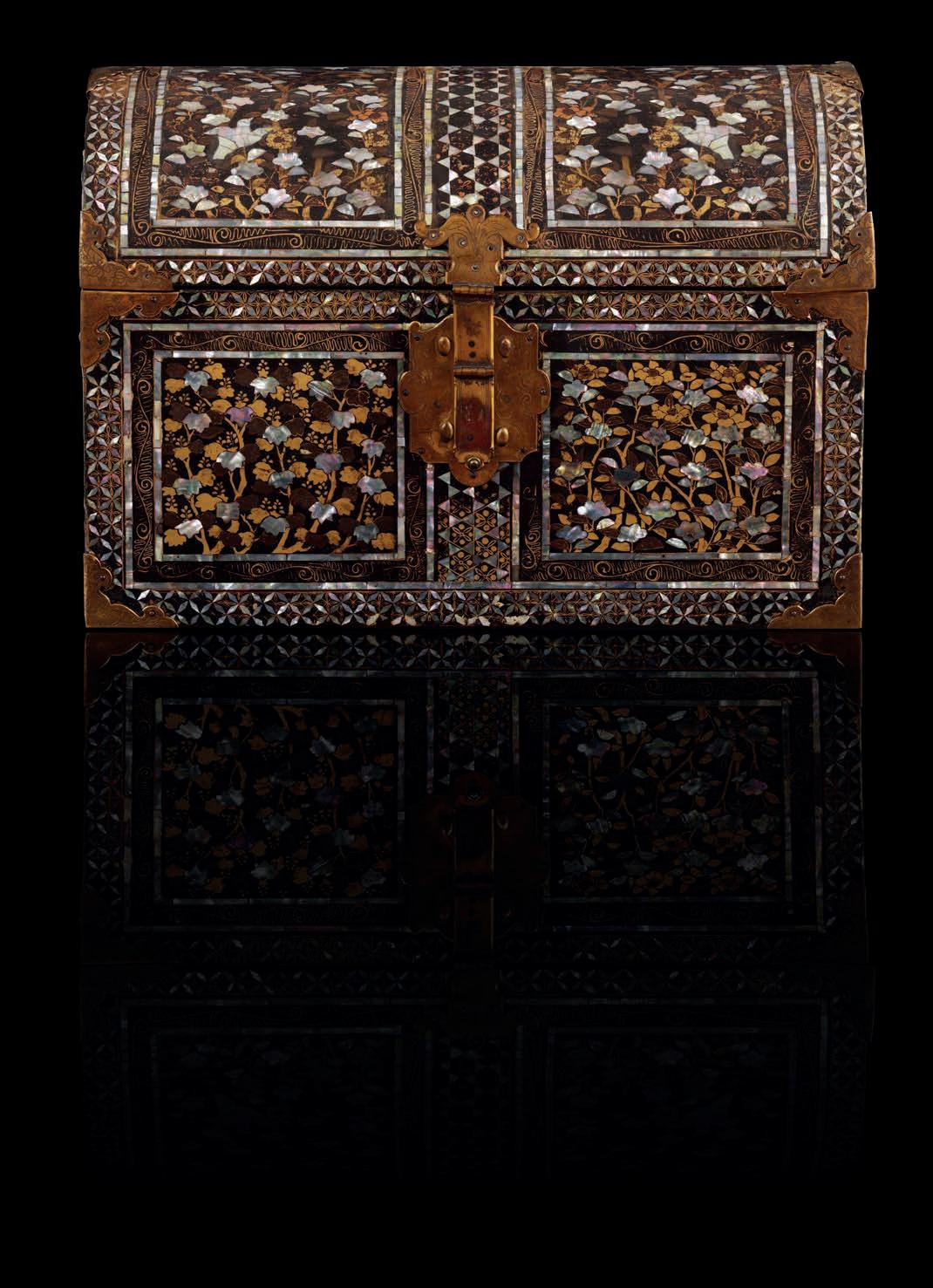 37.
H. 30.5 x W. 43 x D. 24.2 cm
37.
H. 30.5 x W. 43 x D. 24.2 cm
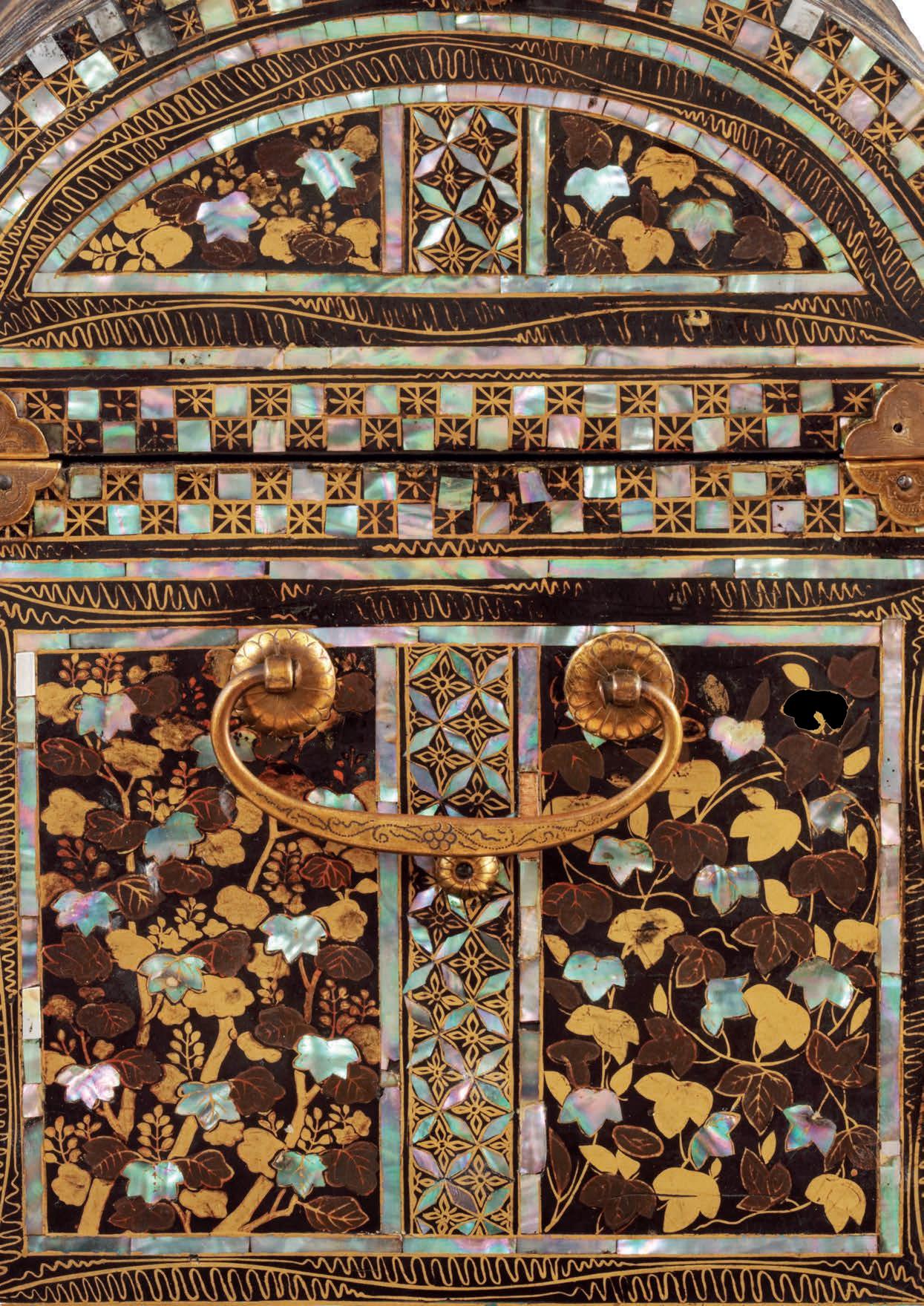
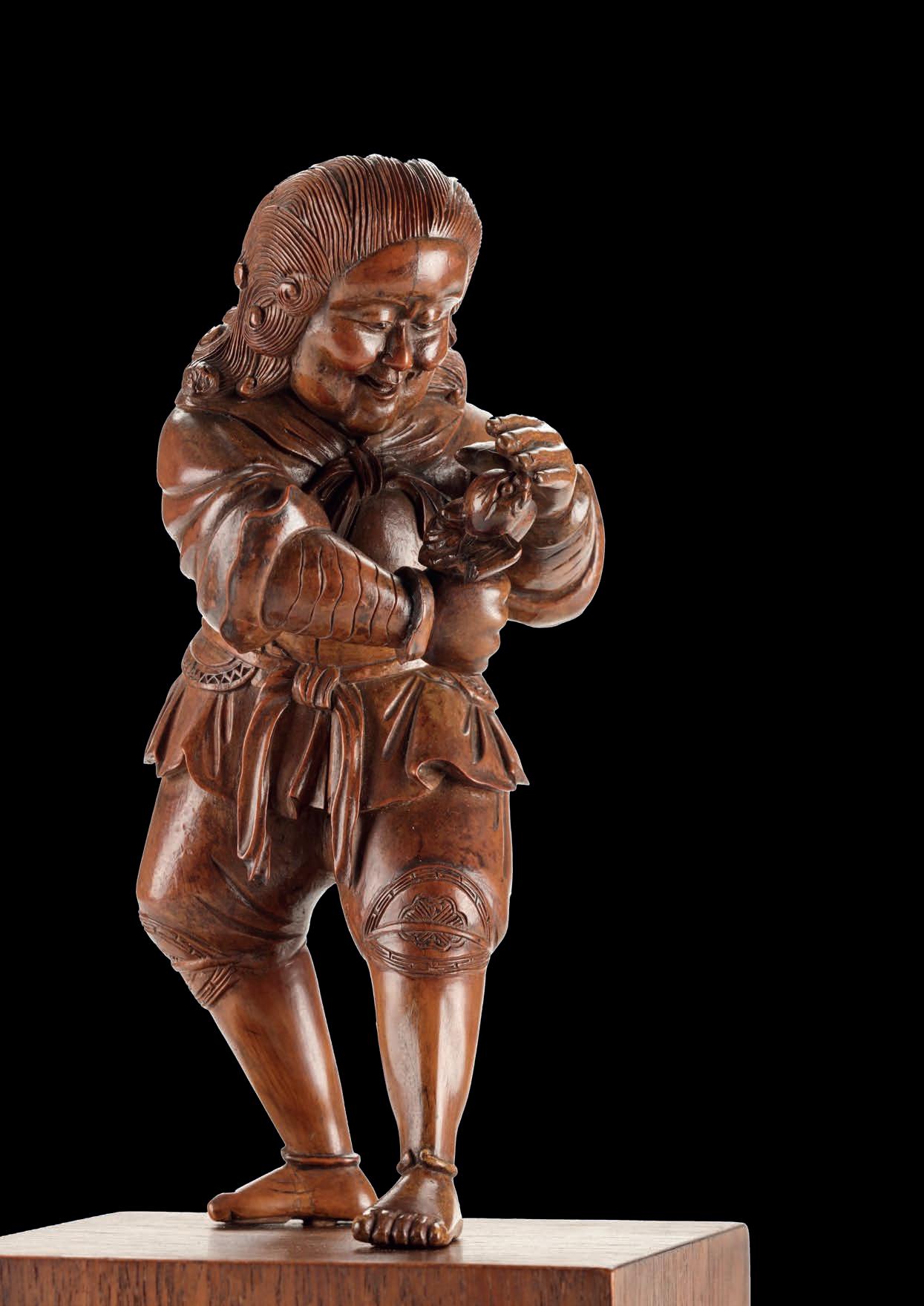
38.
A Japanese boxwood okimono of a Dutchman playing with a bat Edo period, 18th century
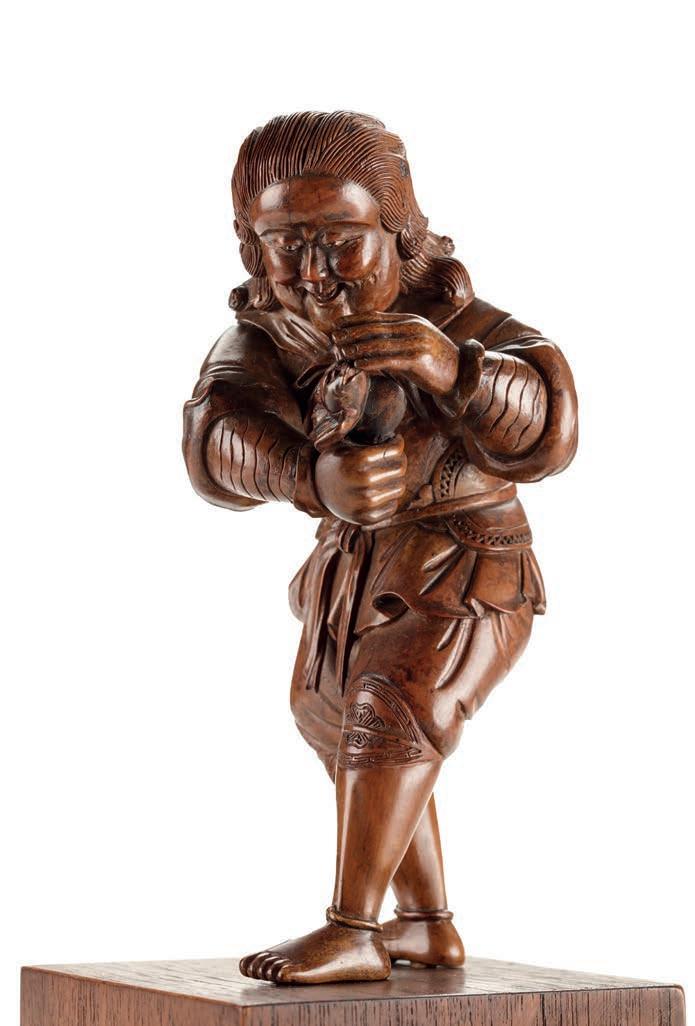
The Dutchman is standing and holding a bat in his right hand while caressing it with the other hand, with a benevolent expression on his face and typically depicted, as usual with Dutchmen, with long curly hair, he wears a short jacket over breeches and is standing on a modern rectangular base with a paper label for the Greenfield Collection, nr. 40.
H. 26 cm
Provenance: The Charles A. Greenfield Collection of Japanese Art , New York
The Charles A. Greenfield Collection of Japanese art is particularly renowned for its lacquer pieces which have been exhibited in the Metropolitan Museum of New York in 1980. Highlights from the collection are discussed by Eskanazi The Charles A. Greenfield collection of Japanese lacquer. Many pieces from the collection were sold in the three-part sale at Sotheby’s New York between 1998 and 1999.
Literature:
Two similar wooden okimono are illustrated in A Collection of Nagasaki Colour Prints and Paintings, N.H.N. Mody, Charles E. Tuttle Company, Publishers 1969, plate 238

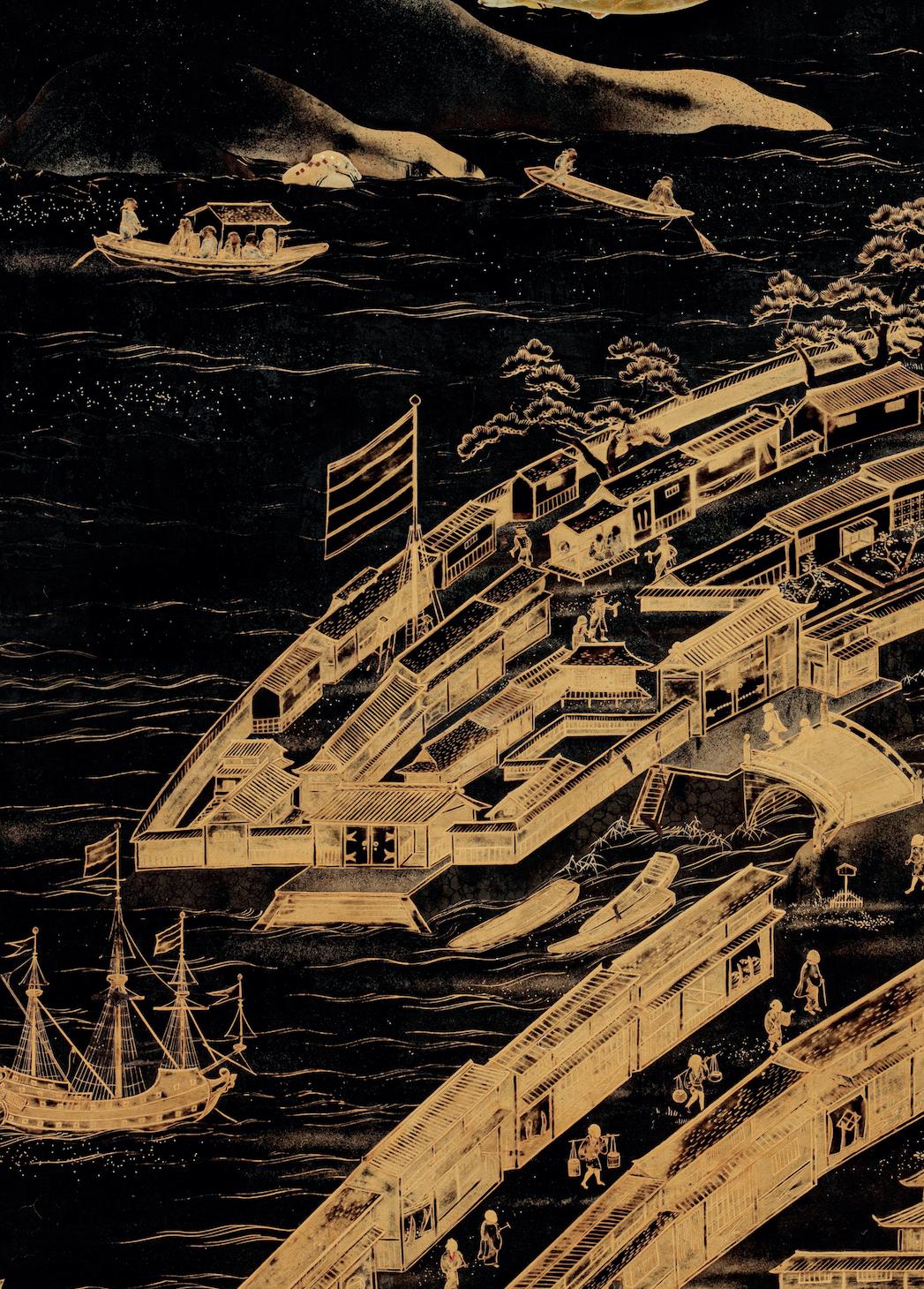
The sides and front of the rectangular two-door cabinet are embellished in gold and silver hiramaki-e and takamaki-e on a black roiro lacquer ground with a continuous design. The two doors depict a long procession of numerous figures traveling on foot and on horseback along buildings and a pagoda into a mountainous landscape. This is the annual court journey, Hofreis, of the Dutch from Nagasaki to the Shogun’s court in Edo. Three of the horseback riders are dressed as Dutch merchants and a fourth figure, probably het Opperhoofd, is seen inside a palanquin, norimon. Just about to cross over the bridge, two men are carrying a cabinet like the present one. Many Japanese figures on either side of the procession are engaged in various activities; some play musical instruments on board of small boats, others are fishing; figures inside buildings are depicted playing go, and farmers to the side are tending to their rice paddocks. The upper part of the right door depicts a large mansion, probably the local daimyo’s castle, with men kneeling before a man in the central courtyard.
The court journey fits in with the foreign policy of the shogunate which accorded a role to the VOC alongside China, Korea, and the Ryukyu Islands who also had to pay tribute. However, the VOC employees were traders, having a low status in Japan’s social hierarchy, they were received with less deference than were the state-embassies from Korea and the Ryukyu Islands. Nevertheless, the contacts with the Dutch were a very welcome source of information to the Shogun about Europe and European science and technology.
The left side of the cabinet depicts, in mirror image, a rare view of the artificial fan-shaped Deshima Island, the trading post for the Dutch in Japan. The island, where the Dutch flag flies, is surrounded by small Japanese boats and an anchored three-masted fluyt (cargo ship), flying Dutch flags, with on the stern the VOC monogram. On the bottom right a busy street of Nagasaki is shown, bordered by shops and leading up to the stone bridge. On the island the trees are beautifully painted, two cows can be seen, and the flagpole, all in very fine detail. Dutchmen and enslaved Malay are visible outside the buildings and two Japanese figures, probably guards, sit in a small hut in the centre.
A maximum of fifteen to twenty Dutch men lived on the island at any time and soldiers or women were not allowed. Restrictions on Deshima were tight, and the merchants were only allowed to leave the island by special permission. The Opperhoofd had to be replaced every year and each new Opperhoofd had to make a court journey, to pay tribute, present gifts, and to obtain permission to kMargaret Barclay eep on trading. In the distance many birds flying above the hills and a four-story pagoda, can be seen. The right side of the cabinet is painted with further horse riders and their retinue journeying through mountains.
The pair of doors to the front open to reveal ten rectangular drawers. The drawers are decorated with scenes of birds in flight and landscapes with trees and plants. The reverse of the left door with two thatched buildings, one with a ladder, underneath a camelia tree with large blooms; the right door

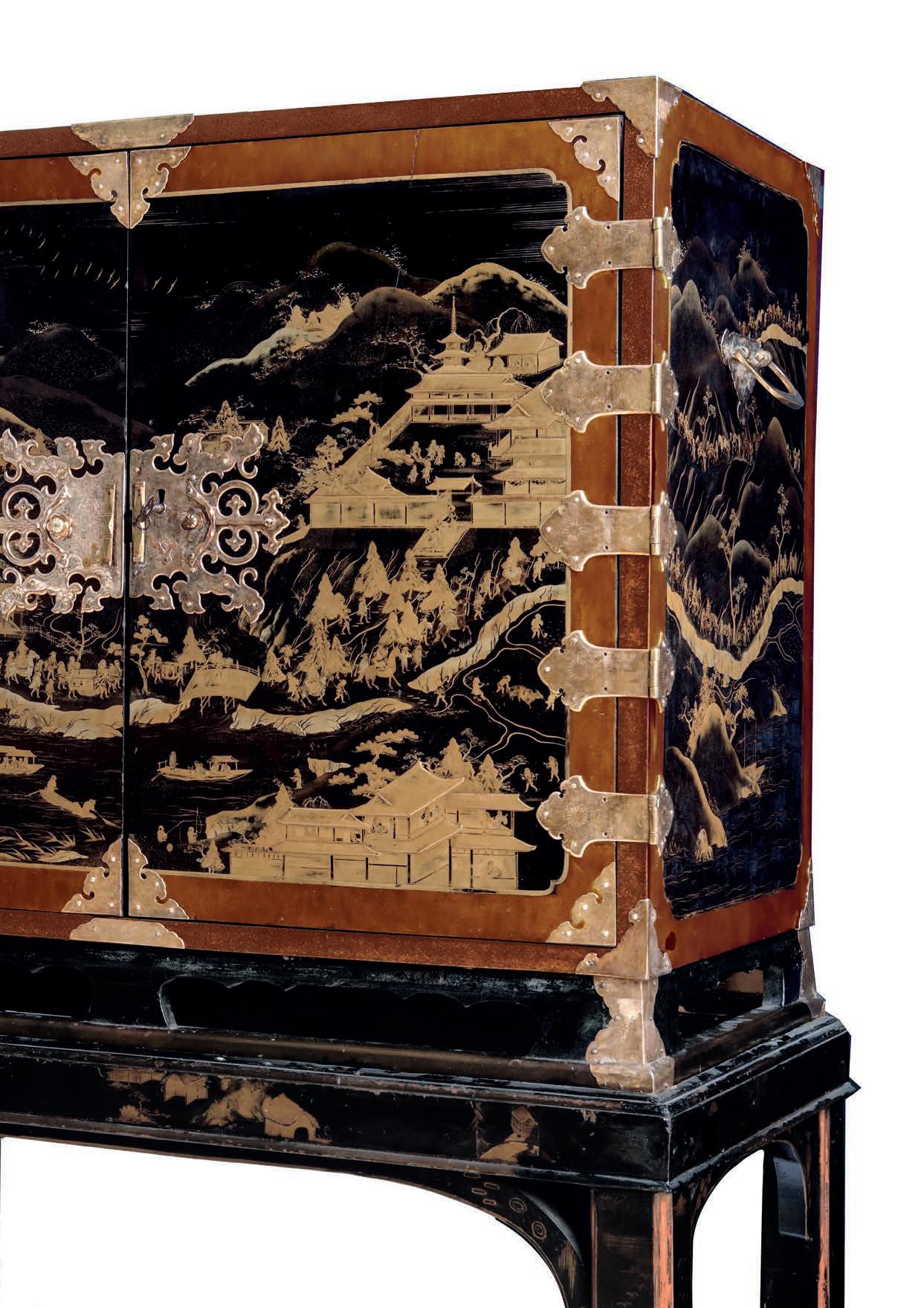
with a three-story pagoda nestled among trees and both doors with a flying phoenix, ho-oo bird. The cabinet, with elaborately engraved gilt copper mounts, hinges, lock plates and brass handles, is raised on a 18th century English japanned wood stand.
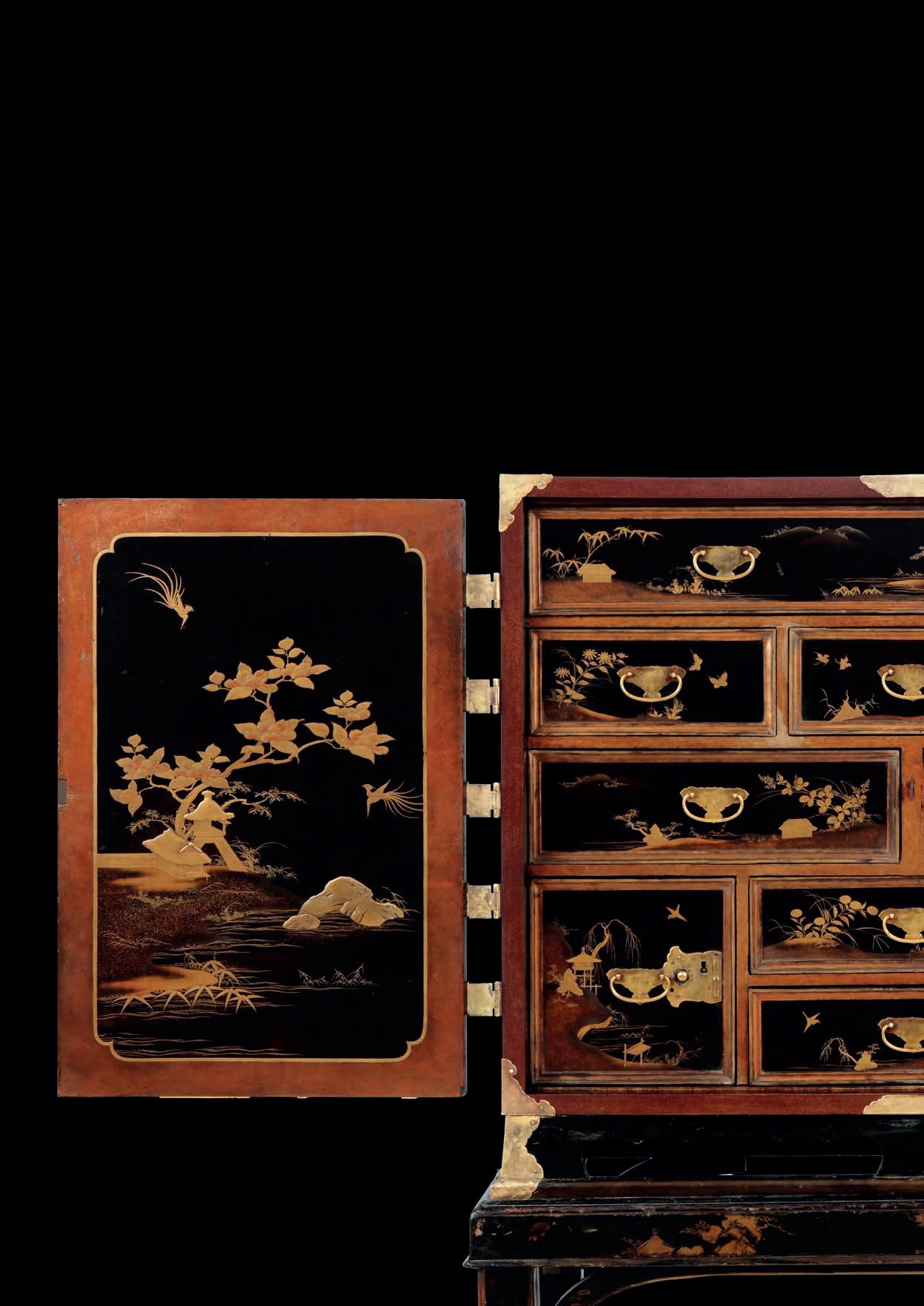
A pair of large cabinets (H. 109 x W. 117 x D. 73 cm) with eighteen drawers behind the front doors, instead of the ten in the present cabinet, is in the Dutch Royal Collection presently in palace Huis ten Bosch in The Hague (access no. HtB 01190). These two beautiful cabinets, among the largest known, can be dated around 1660-1680. The subject of the decorations on these cabinets is the same as on the present cabinet; the procession of the Dutch, with the Opperhoofd in a sedan chair, norimon, carried by four bearers, the scribe, or head secretary, and the trading post physician, accompanied by a large entourage of Japanese officials and servants, leaving Deshima Island on the court journey to the Shogun in Edo. The Royal pair of cabinets depict the procession of the Dutch in mirror image; one showing the departure of the procession from
Deshima Island going from left to right, the other the same procession going from right to left.
These two cabinets were first inventoried in 1684, when they belonged to Princess Albertina Agnes (1634-1696), daughter of Stadtholder Frederik Hendrik (1584-1647) and Amalia van Solms (1602-1675) and were part of the furnishings of Albertina’s castle Oranienstein in Dietz, Germany. This pair, which must have been very expensive, was probably a gift by the VOC to her mother Amaliaalthough no sources prove this. However, it would be unlikely for the VOC to present the sixth daughter of Amalia, who lived in Germany with such an exuberant gift. It is known that the VOC gifted Amalia about 20 years earlier a bed of state fence in fine lacquer, of which in 2021 we discovered one intact baluster (now in the Rijksmuseum, object no. BK-2021-18). Albertina Agnes in 1652 married her second cousin Willem Frederik van Nassau-Dietz, Stadtholder of Friesland, Groningen and Drenthe, and the ancestor of the present Dutch Royal family.
A fourth cabinet depicting Deshima and the procession of the Dutch on their court journey to Edo is in the Musée des Beaux-Arts, Dijon (inv. 3550-6) and was exhibited in the exhibition ‘Asia in Amsterdam, the culture of luxury in the Golden Age’ in the Rijksmuseum, 17 October 2015 – 17 January 2016, and in the Peabody Essex Museum, 27 February – 5 June 2016 (cat.no. 9 in the exhibition catalogue, edited by Karina H. Corrigan, Jan van Campen, and Femke Diericks with Janet C. Blyberg, for the exhibitions in the Rijksmuseum and the Peabody Essex Museum). This cabinet is not covered in black lacquer, but in transparent lacquer with gold and silver hiramaki-e and takamaki-e lacquer, gold foil and copper mounts, and is dated between 1665 and 1685. The landscape on the doors is dominated by Mount Fuji in silver maki-e, which in its original non-oxidized state would clearly have shown the snow-clad mountain top. On the right side of the cabinet there is the procession of the Dutch on their annual court journey to pay their respect to the Shogun in Edo. The left side of the cabinet shows the Dutch trading post on
Deshima in the port of Nagasaki. The present cabinet and the one in the Musée des BeauxArts in Dijon must have been ordered by or for a highranking VOC official at about the same time the two cabinets in the Royal Collection were commissioned, most likely by the Amsterdam VOC Chamber. The present cabinet is slightly smaller than both the Royal pair of cabinets and the Musée des Beaux-Arts one, but arguably is finer in detail.

Provenance:
English private collection formerly at Cliff Avenue, Cromer, Norfolk, since the 1950s and thence by descent. By repute purchased by the family from Margaret Jane Barclay (18611958) of Herne Close, Cromer, together with the entire contents of her house. An album with watercolours by Margaret Barclay was found in the cabinet. Margaret’s ancestor James Barclay (1708-1766), established Barclay’s banking dynasty. It is likely that the cabinet was purchased by Margaret’s father, Joseph Gurney Barclay (1816-1898), who built Herne Close as a holiday house and furnished it. Joseph was one of the wealthiest members of the Barclay family, leaving many properties and a fortune to his children after his death.


A Japanese export lacquer jewellery casket with inlays of precious materials, possibly by the Kichibei Studio Edo period, 1630-1640

The lacquer has been applied over a wooden core of sugi wood (Cryptomeria japonica) and is finished in both black lacquer surfaces and areas sprinkled with gold flakes known as nashiji. Each individual facet of both the casket and the lid is further embellished with drawings in low relief hira-maki-e, surrounded by silver cartouches and a frame of geometric banding in gold and red lacquer. Wood (sugi), Asian Vernicifluüm lacquer, gold- and silver-powder, inlays in gold, silver, tin, coral and jade, solid silver and brass fittings.
H. 20.3 x W. 25.4 x 19 cm
40.This richly decorated jewellery casket with a concave lid belongs to a period in Japanese export lacquer coined the transitional phase. After the Dutch East Indian Company took over the Portuguese monopoly on lacquerware, Japanese lacquer craftsmen slowly shifted their style from the well- documented Namban style towards the so-called Koumou-style in order to satisfy the demand of their new ‘redhaired’ clientele.
This meant abandoning the use of geometric borders with generous use of mother of pearl inlay in favour of a more sober, picturesque style of paintings on a solemn black background. As seen in this remarkable casket, the decorations still show remnants of the decorative borders and cartouches favoured by the Portuguese, whilst simultaneously showing a strong development towards the new fashion that came to dominate Japanese export lacquer after the 1650s.
What makes this artwork so remarkable, is not only it being the earliest known jewellery casket of this type and the pristine condition in which it has been preserved, but also the subtle use of inlays using some of the rarest materials available at the time. The latter could even indicate a connection to the only known signed 17th-century lacquer item, owned by the Groninger Museum.

Several jewellery caskets of similar proportions are known to have survived. Demonstrably derived from popular European examples such as Italian Pietra Dure cassones and Augsburger chests and cabinets, this well-established shape probably reached Japan through direct patronage of the Dutch. Similarly sized caskets were popular in the Netherlands during the first half of the 17th century, often coming in the form of silver knottekistjes from Friesland and leather plantijnkistjes from Flanders.
The hidden panel on the right-hand side of the casket slides upwards in order to reveal a secret drawer destined for (love)letters. Coincidentally, Amsterdam’s earliest known lacquer artist Willem Kick, to which this item shows remarkable kinship in terms of size and proportion, can find a virtually identical construction in the lacquer caskets. So much so, that one could almost imagine that one of Kick’s works travelled as far as to Japan in order to serve as a model for this particular type of casket. As such, there can be little doubt that this casket served as a bridal chest in accordance with its European example.
The jewellery casket can be placed within a small group of similarly proportioned items with concave lids, all of which seem to have already evolved from the transitional phase into the mature picturesque style. We find famous examples
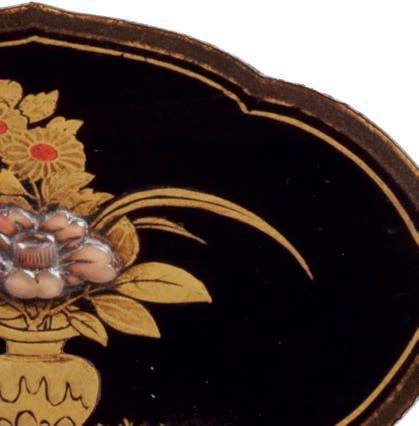
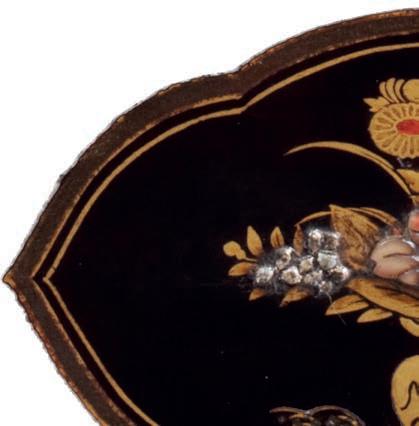
featuring ivory pilasters in the collections of the V&A (inv. 628-1868), Peabody Essex Museum and Tokyo National Museum, as well as several other examples known from private collections in Germany and the UK in particular. Considering the fact that this jewellery casket demonstrates a much stronger adherence to the transitional style, one could argue that it stands out by being the oldest known example within the group, perhaps even predating the middle of the century when the Dutch lacquer trade only began to take shape.
When we study the rather uncommon decorative borders along the rims of the casket, we find that the ornaments in gold and red lacquer are somewhat similar to the ones found in a large coffer owned by the Groninger Museum that is signed by Saji Kichibei (inv. 1988-24). Although definitely simpler in terms of execution than the Groninger coffer, the decorations in maki-e and the extremely rare use of precious inlays might even indicate an origin from the same studio. Take a look for example, at the small silver inlays on the prune trees and the polished silver chrysanthemum flowers (migaki-kiku) on the lids of both the jewellery casket and the Kichibei coffer. Also similar is the subtle use of red lacquer for drawing flowers; a feature which is almost entirely abandoned during when the picturesque style reaches full maturity. Our casket even seems eager to trump the coffer by having a single inlay in what appears to be solid gold.
Whether or not the link to Kichibei can be proven, the jewellery casket’s unusual decorations in precious inlays tell us story; the story of a wedding. Underneath the solid silver lock entrance with chrysanthemum-shaped nail heads, our eye is drawn to a scene with a male and female mandarin duck who appears in the midst of a mating ritual. They are our first indication that the casket was -according to European tradition- intended as a bridal gift. When opening the lid of the casket and revealing the inside, we find a mirror flanked on either side by stalks of bamboo. These are yet another purely Asian symbol of marriage, in which the resilient, unyielding bamboo represents an unbreakable bond in the hardest of storms. A final symbol of marriage can be found on the front of the hidden drawer behind the sliding panel, in which a pair of fluttering butterflies complete the total of three wishes for a happy marriage. However, there are more stories to discover in the maki-e A story that seems so strongly rooted in Japanese culture, that is was most likely overlooked by the Dutch client who commissioned the item. As we look to the left-hand side of the box, we notice a basket filled with what looks like freshly harvested watermelons. A bright green melon carved out of jade catches our eye as it proudly stands out from the golden maki-e background. The melons provide us with a valuable clue, as the fruit is used as a symbol to announce the coming of autumn according to the traditional Chinese solar calendar. Upon closer inspection, we find more symbols referring to the season of Risshu (August 7-22). On the right-hand side we discover a vase filled with a bright pink confederate rose (Hibiscus mutabilis), both a symbol of the Risshu period and marriage prosperity in Japanese Hanakotoba (the language of flowers). The evidence becomes even stronger when knowing that the Risshu period is ushered in by the suzukaseitaru, or incoming cool wind indicating the final weeks of summer. Upon closer inspection, the black lacquered areas surrounding
the drawings reveal puffs of cloud-shaped sprinklings in cool silver powder, along with the appearance of the firstmorning dew in the form of geometrical silver inlays known as ginkirigane. Unlike the silver mokume-motif in the Groninger coffer, the seemingly random sprinklings in silver powder actually seem deliberate additions to emphasize to coming of autumn.
Is the combination of all these symbols referring to a wedding in August? If so, the Japanese artist who created this item really went to great lengths in order to add a very personal touch to the casket. And one can hardly image the Dutch client having understood such a complex iconography. Regardless though, the highly personal and intimate iconography makes it highly unlikely that this item was part of an official commission by the Company. It seems much more likely that a high-ranking official had ordered this item for either his own upcoming wedding or that of a close friend. The maker must have been informed about the planned wedding date and adopted his decorations accordingly. This might also offer some explanation as to why this item predates other jewellery caskets of the same type. The fact that it seems to have been part of private trade makes it more likely that the item could have been produced in the period following the Taiwan incident when all official trade in lacquer had been put under embargo. In fact, the Company’s facturen from 1636 mention the presence of ‘Juweelcantoorkens’, which would fit with the period in which our casket could have been produced.
As a final note, it should be mentioned that the casket is in pristine condition. Having only received minimal restoration treatment, one can safely assume that has never been touched by Western restorers who are unfamiliar with Asian lacquer. That in itself is already a remarkable observation, especially considering the artwork’s age.


41.

A Japanese drawing of a Persian horse ordered by the Shogun, ‘Eene Eysche van den Keyser’ or the Emperor’s demand Edo period, late 18th century
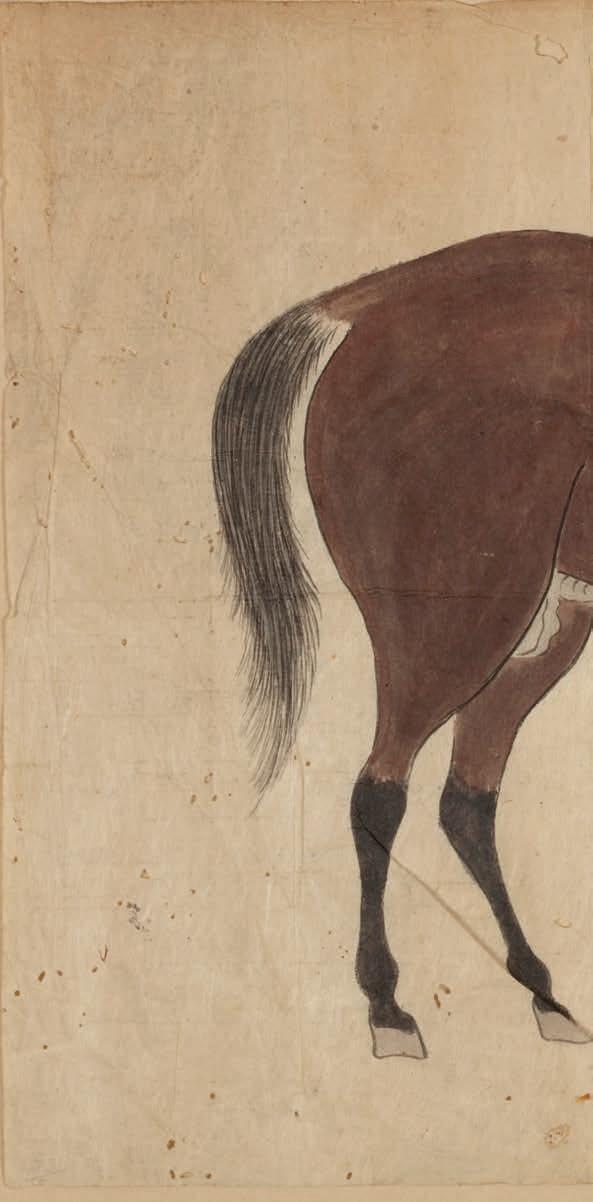
Colour and ink on paper, H. 26.5 x W. 39.7 cm
With inscriptions in Japanese reading: ‘The horse is a chestnut male horse from e. Age is approximately 6 years old. The length of the face is approximately 27 cm (?). Hair is approximately 14 cm long. Mane is approximately 15 cm long of curly hair.’




The Dutch text reading: ‘Op d’Eysche staet boven de 95 duijmen hoogt, 441⁄2 duijmen t’ is volgens de Eysche niet volkomen gelijk hier afgeteekend maeten. Dit gedraegd(?) hair niet behaegt ook volgens de Eysche niet volkomen.’
The depicted horse apparently did not completely meet the Shogun’s size and markings requirements. Because of the rather puzzling Dutch, written vertical top-down right to left, like Japanese script, the Dutch text most likely was written by a Japanese interpreter who had seen the horse.
The import of Persian horses by the Dutch started in the 1720s with Shogun Yoshimune (ruling from 1716 till 1745) because he was no longer satisfied with the small Mongolian horses.
Later Shogun Ieharu (ruling from 1760 till 1786) had asked the VOC several times for a Persian horse, but since he had been very particular about its markings, the VOC had found it almost impossible to find the right horse. Finally, in 1778 the East Indiaman Roodenrijs arrived with the horse and Opperhoofd Feith was able to present it, with all ceremony, to Shogun Tokugawa Ieharu (1737-1786) during his court journey in the spring of 1779. The Shogun’s son and intended heir Iemoto took it out for a gallop, fell off and met his end. In his agony and fury, the shogun killed many, for beloved Iemoto, then eighteen years old, was his only son.
The demands of the Emperor are in the Dutch national archives, mostly in writing, describing exactly what the objects had to look like. Some drawings can also be found, such as the drawing of a crystal bowl or a silver table-set.
Literature:




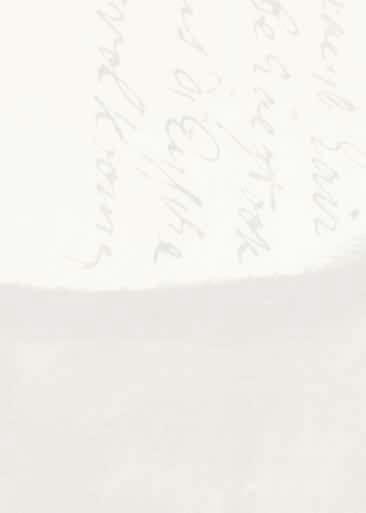
Carl Peter Thunberg and the Shogun’s Realm 1775-1796, annotated and introduced by Thomas Screech, p. 42


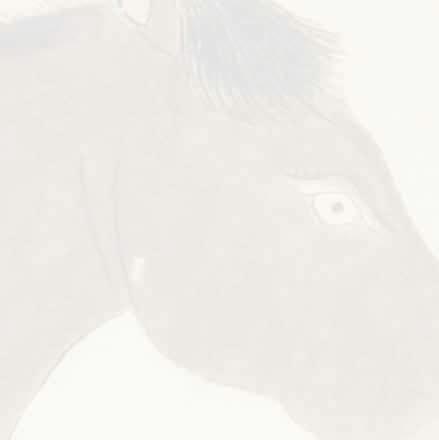



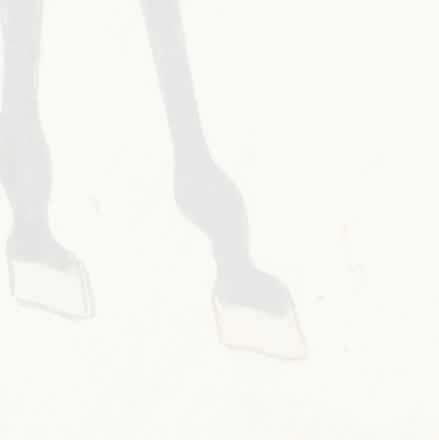



42. A rare set of four pictorial-style Japanese export lacquer bottles Edo-period, circa 1650-1680

The bottles with red copper (possibly once silvered) lids that screw onto short metal necks, have very high-quality decorations in hiramaki-e, takamaki-e and taka-zogan of rocky landscapes with trees and birds, alternating with various plants, at the angles of the body a cash pattern decoration and the shoulders decorated with four formal patterns.
The shape of the bottles is derived from Dutch glass or Delftware bottles, and probably were originally part of a set of six bottles, perhaps together with the two identical bottles in the Braunschweig Collection (inv.no. Chi 716). Usually, six bottles were fitted into a box or kelderken

43.
A small lacquer box with shagreen inlays and references to poetry in hira-maki-e Early Edo period, 2nd half of the 17th century
H. 8.7 x W. 13 x D. 11.3 cm
Despite its modest size, this charming box features a richness in inlay materials and quality in maki-e that is most rare amongst export lacquer from the seventeenth century. The viewer is first struck by the pristine white ray skin inlays or samegawa ground, which is further enriched by small cherry blossom cut-outs of ivory, and gold and silver sheet metal. The wind-swept petals surround a total of five cartouches with exquisite hira-maki-e scenes on solemn black backgrounds. Several of the motifs are instantly recognizable, such as the flower
cart that is taken straight from the Tale of Genji, as well as the chrysanthemums growing through the ‘Eastern Fence’ in the famous poem by Tao Qian. Such profoundly Asian cultural references would have hardly rang a bell amongst the European clientele. Yet, the undeniable quality of the piece suggests that it was destined for a European nobleman or -lady; a suspicion further reinforced by the application of metal fittings of the type favored by early French collectors of Japanese lacquer.

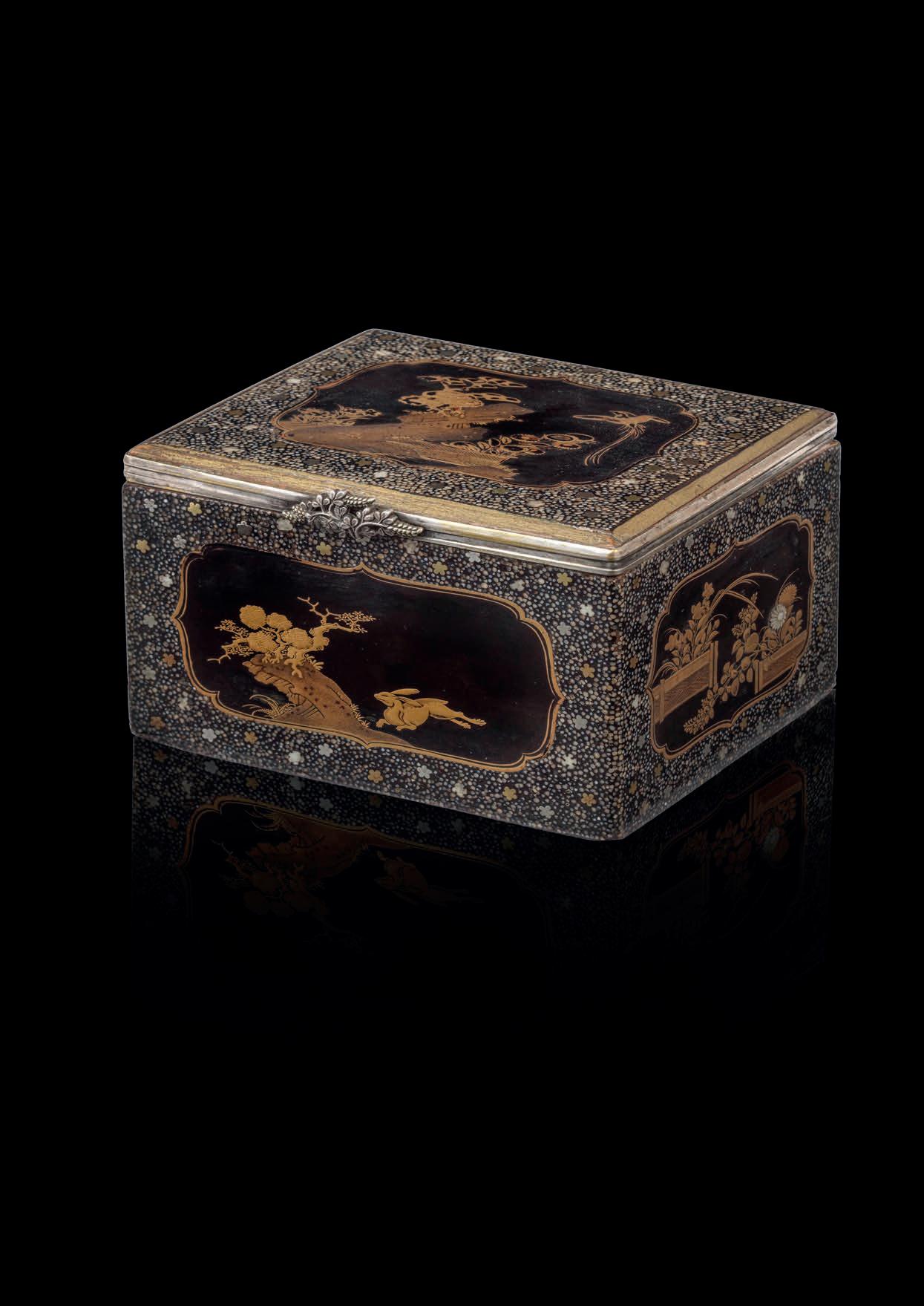

A Japanese export lacquer box shaped like a folded letter, fitted with Louis XIV ormolu mounts Edo period, second half of the 17th century

H. 9.5 x W. 17.5 x D. 11.2 cm (box)
H. 1.3 x W. 17.1 x D. 10 cm (tray)
Worth mentioning is the fact that the work remains in excellent condition, with even the tin and silver inlays of flower petals showing no signs of oxidation. Also notable is the nashiji interior of the box, which comes complete with a removable tray that carries a hira-maki-e design of chrysanthemums that likewise incorporates high-relief appliqués in solid silver and 13-carat gold.
The angled design of this splendid Japanese lacquer box is modelled after a musubi-bumi, a rolled up and folded letter that typically carried written contents expressing romantic interest. On top of the partially nahiji-sprinkled lid, we see a blossoming camellia in bold taka-maki-e that is further enriched by carved mother-of-pearl and - most uncommon - green lacquer. The fact that two distinct colours of flower have merged into a single bonsai, further emphasizes the profoundly romantic and feminine nature of the box. Similarly proportioned ‘folded letter’ boxes can be found in the collections of the National Museum of Denmark (EAc.65, 68, 93), and the Musée National des Châteux de Versailles et de Trianon (Kopplin, p. 160). Items from the former location originate from the 17th century collection of Frederik III, whereas the latter box can be confidently linked to the collection of Marie Antoinette by appearing in two royal inventories dating from the late 18th century.
The lower section of the box reveals a more generic landscape scene in maki-e that appears to bear little iconographic relationship with the lid. Judging from the
stylistic characteristics of the trees, houses, and foliage though, it becomes evident that the piece belongs to a group of items that can be found in the collections of Versailles (Kopplin, p. 92), and Burghley House (JWA09002, 09045, 09064). It therefore undoubtedly originated from the same Kyoto-based workshop that produced order-made lacquer boxes of the highest quality for the European royals. As early as 1642, we find orders within the archives of the Dutch East India Company asking for small, but ‘extraordinary rare and costly’ lacquerware boxes that could be transported to Europe inside larger chests and cabinets (Canepa, p. 377). Many of these ended up in France, the country with some of the most avid lacquer collectors of the era. The fact that this particular work has been fitted with 18th century ormolu mounts that are virtually identical to those seen in lacquer from the Adolphe Thiers collection of the Musée du Louvre (TH405), strengthens the suspicion that it belonged to a French collector, and possibly even Marie Antoinette herself.
Literature:
Boyer, Martha. Japanese Export Lacquer from the seventeenth century in the National Museum of Denmark, Copenhagen 1959. (pl, XXXVII; p. 25)
Canepa, Teresa. Silk, Porcelain and Lacquer: China and Japan and their trade with Western Europe and the New World 1500-1644. Paul Holberton Publishing, 2016.
Kopplin, Monika. Japanische Lacke: die Sammlung der Köningin MarieAntoinette. Münster, 2001.
Kyoto National Museum (KNM). Export lacquer: Reflection of the West in Black and Gold Maki-e. Kyoto National Museum, 2008. (p. 113, 115, 186, 188, 192-194)
Lacambre, Geneviève. L’Or de Japon, laques anciens des collections publiques françaises. IAC Edictions, 2010. Catalogue no. 26.
‘Funeral of Robert Williams in the cemetery of the Temple Gyokusen-ji at Shimoda in April 1854’
With a sticker on the reverse of the frame by Coupil & Co. with date 1855
Watercolour on paper, H. 57 x W. 92 cm
Provenance:
Collection Commodore Matthew Perry; thence by descent (including a valuation report by Doyle of New York with this work listed)
Depicted is the Bay of Shimoda with seven American ships including the two paddle-wheel warships USS Mississippi and Susquehanna. On the Gyokus- en-ji temple grounds on the right is the coffin in the middle with the remains of US marine Robert Williams, ready to be lowered into the grave. Looking on from the left are the Buddhist monks and Japanese officials who joined the first Christian funeral on Japanese soil. Around the grave are US marines, Commodore Perry and some officers and to the right, Reverend George Jones is performing the Christian funeral rites. This was an epoch-making moment in the history of Japan.
Wilhelm Heine after studying at the Dresdner Akademie in 1848-49 received his first commission from Richard Wagner, a family friend, to design décors for the Königlichen Hoftheater in Dresden. In 1849 he fled to the United States following the suppression of the May Uprising in Dresden in which he participated (together with Bakunin). In New York, he set up his artist studio at 515 Broadway. After meeting the archaeologist and diplomat, Ephraim George Squier, Heine was invited to accompany him, as an artist, on his consular duties to Central America, to investigate the possibilities of a canal through Nicaragua. Proceeding ahead of Squier, he stood in as consul, negotiating commercial agreements between Central American countries and the United States, which he delivered to Washington. While in Washington he met with President Millard Fillmore and Commodore Perry and was selected for the post of the official artist of the Perry expedition to Japan.
Heine served on the flagship USS Mississippi and visited Okinawa, the Bonin Islands, Yokohama, Shimoda and Hakodate in1853 and 1854. The sketches and paintings he made of the places he visited and the people he met, together with the daguerreotypes taken by his colleague Eliphalet Brown jr formed the basis of an official iconography of the first American expedition to Japan. Back in New York in 1855, he published several books, including ‘Graphic Scenes of the Japan Expedition’, in which many of his paintings were lithographed, but not the present
painting. At present only three of the original painting made during this expedition have been retraced in the USA. In 1855 Heine became an American citizen.
Heine went back to Germany where he instigated and joined the Prussian Expedition to East Asia in 1859. Again Heine made many sketches and paintings while in Japan. In 1861, at the outbreak of the Civil War in the United States, Heine returned to the USA and joined the Union Army. He was wounded in battle and returned to Germany for treatment.
After the war Heine became clerk to the American consul in Paris, Liverpool and in his home town Dresden. In Dresden Heine published his last major work ‘Japan, Beiträge zur Kenntnis des Landes und seiner Bewohner’ with many photo-reproductions of his drawings, published in a very expensive small edition by C.C. Meinhold & Söhne, ordered by subscription by German and Austrian Emperors, kings and dukes. In this luxury edition is a photolithograph entitled ‘Grabstätte in Simoda’ which shows the cemetery of the Temple Gyokusen-ji at Shimoda but doesn’t show an actual funeral as the present painting does.
After his death 41 of the then remaining 50 original paintings were donated by his son-in-law to the Museum Fünf Kontinente in Munich. Of the unknown number of original paintings Wilhelm Heine made during his first expedition to Japan under Commodore Perry, and subsequently left behind in the USA, at present three are known: one “American sailors and marines drilling in the temple grounds at Shimoda, June 8 1854” (49 x 94 cm) in the Collection of Brown University Library, Providence, Rhode Island, USA, one in a private collection in the USA, and the present one.
Coupil & Co, whose sticker is on the frame, was one of the most prominent prints and art dealers of the 19th century. Initially established in Paris in 1829, Goupil expanded to London in 1842, to New York in 1848, and went on to develop an extensive network of branches and partnerships worldwide.



Published by Guus Röell and Dickie Zebregs

Tefaf 2023
Amsterdam 1017DP, Keizersgracht 541-543 dickie@zebregsroell.com tel. +31 620743671
(by appointment only)
Maastricht 6211 LN, Tongersestraat 2 guus.roell@xs4all.nl tel. +31 653211649
(by appointment only)
More images and further readings can be found at www.zebregsroell.com
Photography
Michiel Stokmans
Portrait
Diederick Bulstra Photography
Design
A10design
Printed by Pietermans Drukkerij, Lanaken, Belgium
